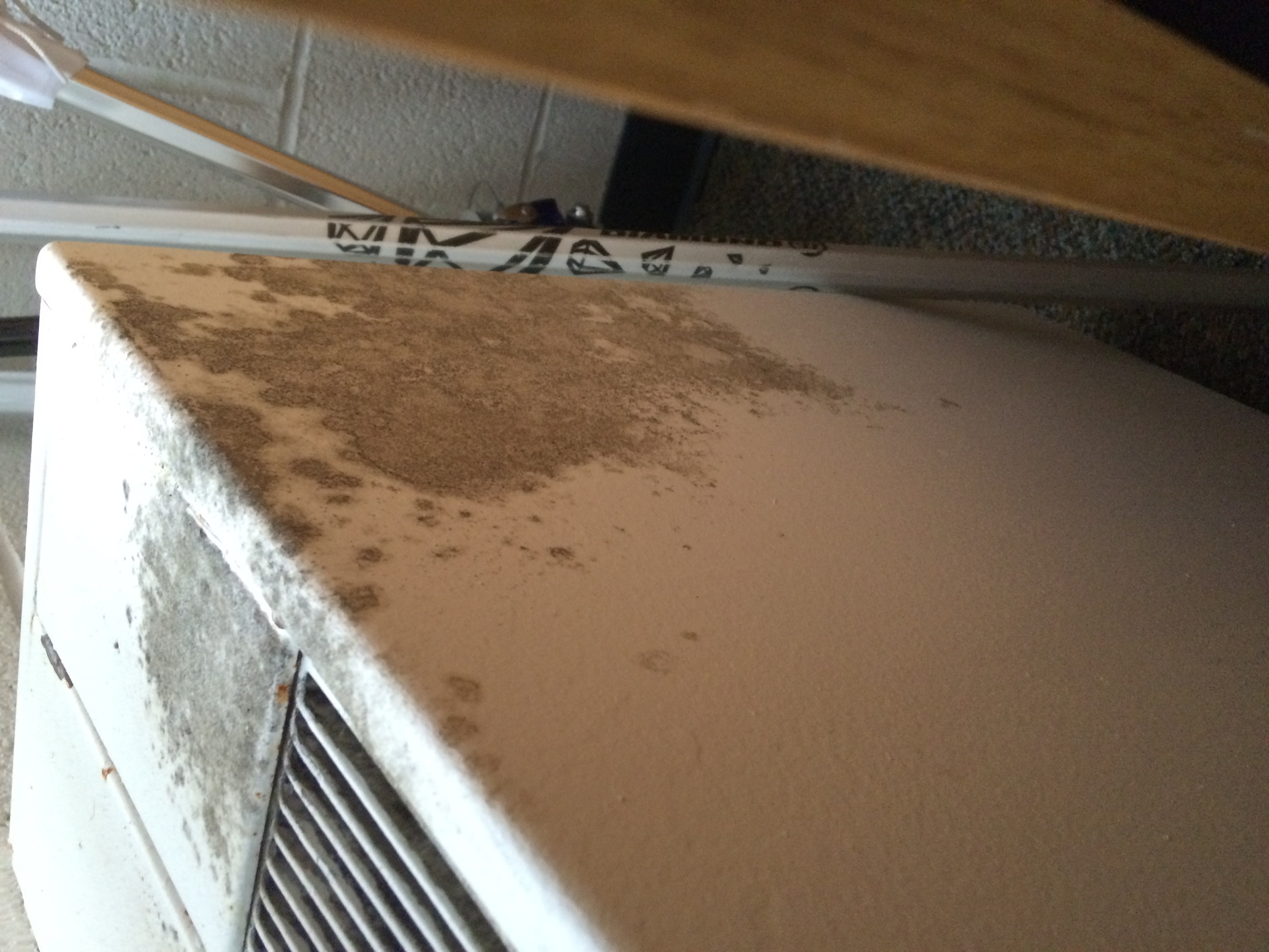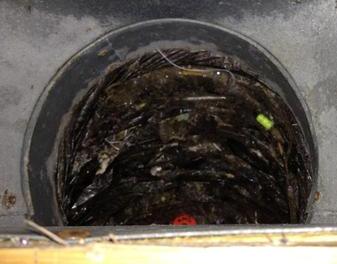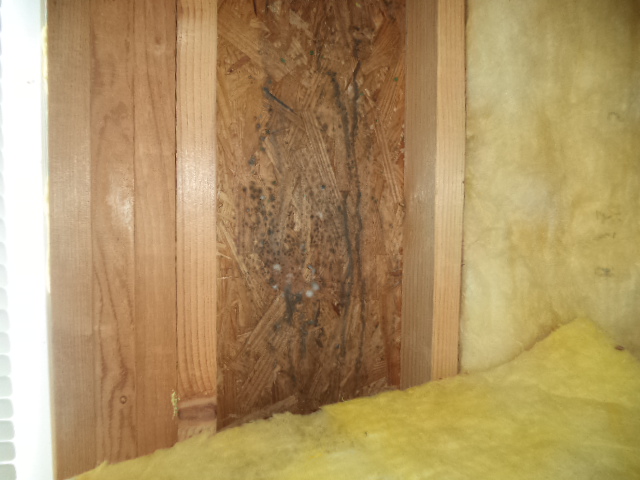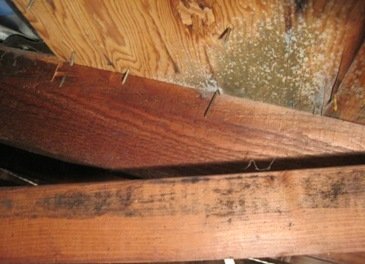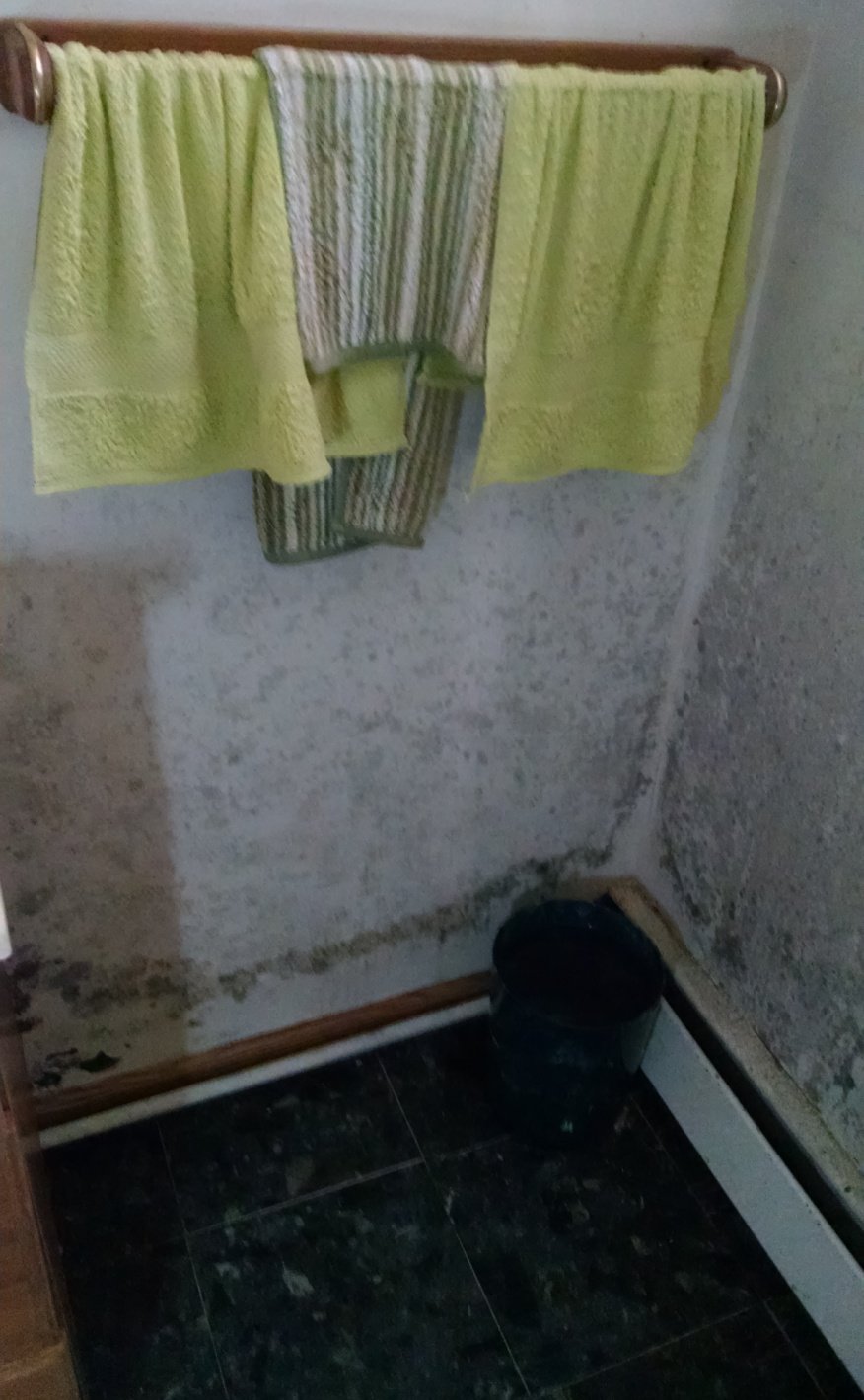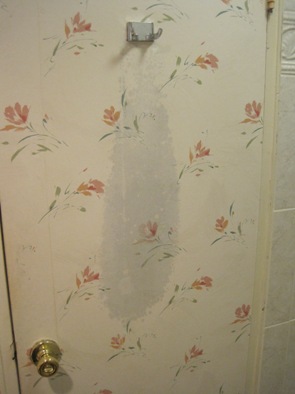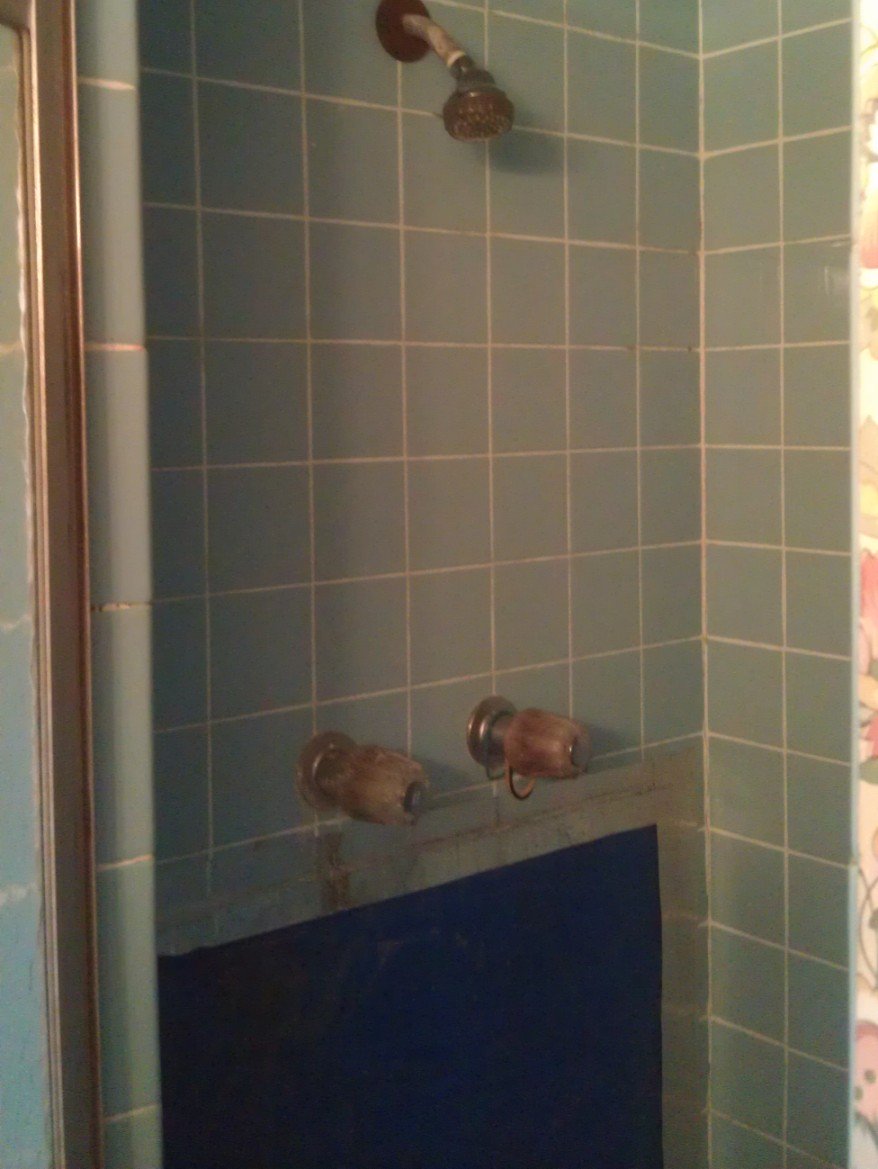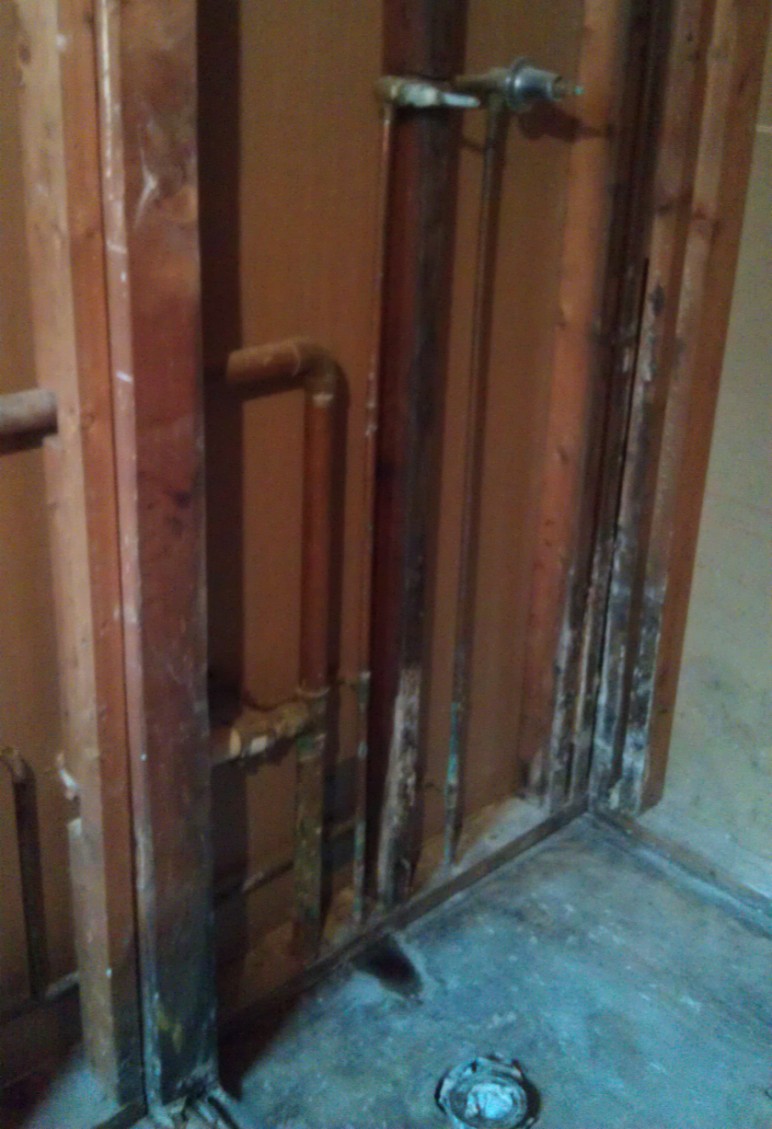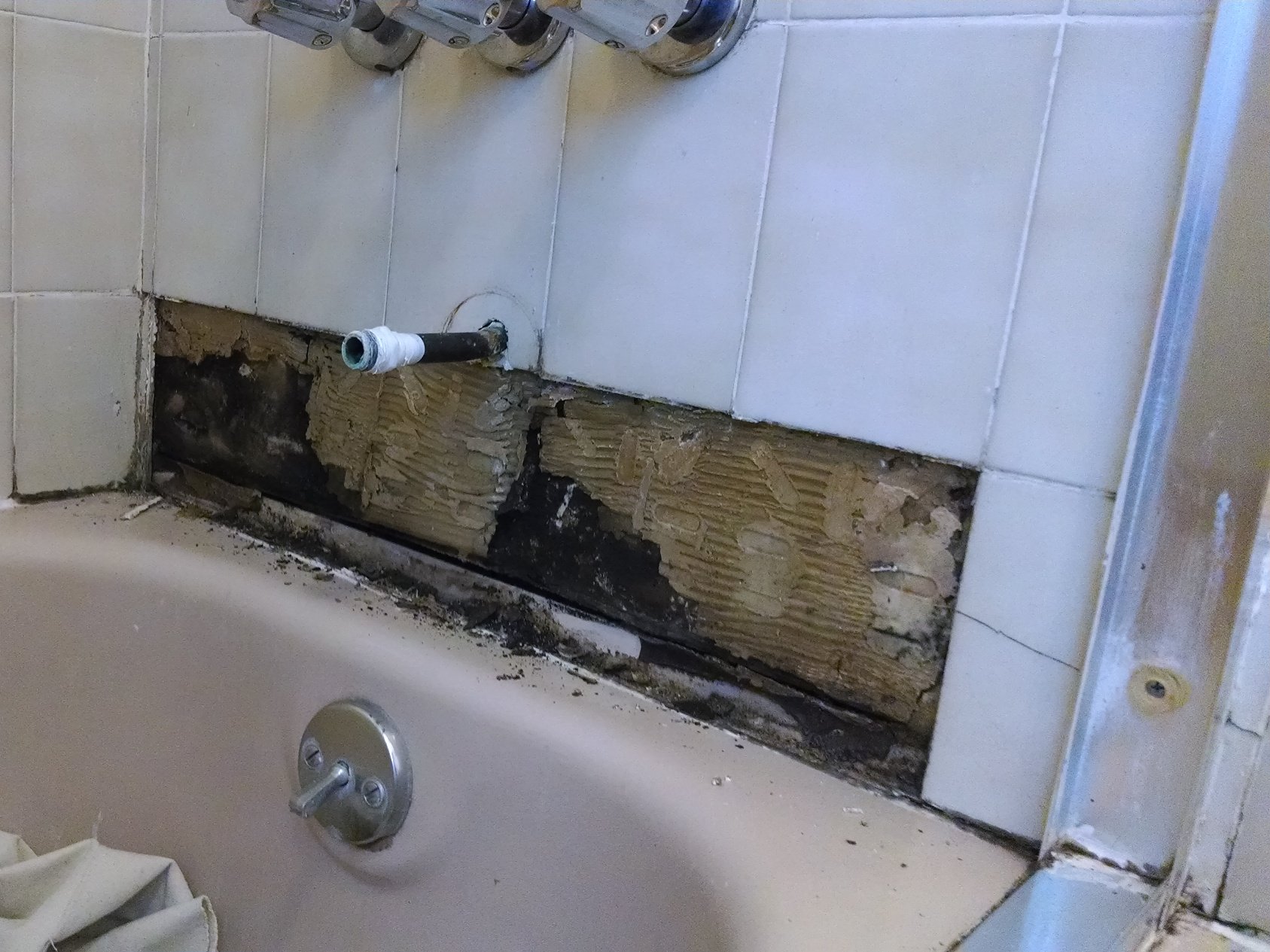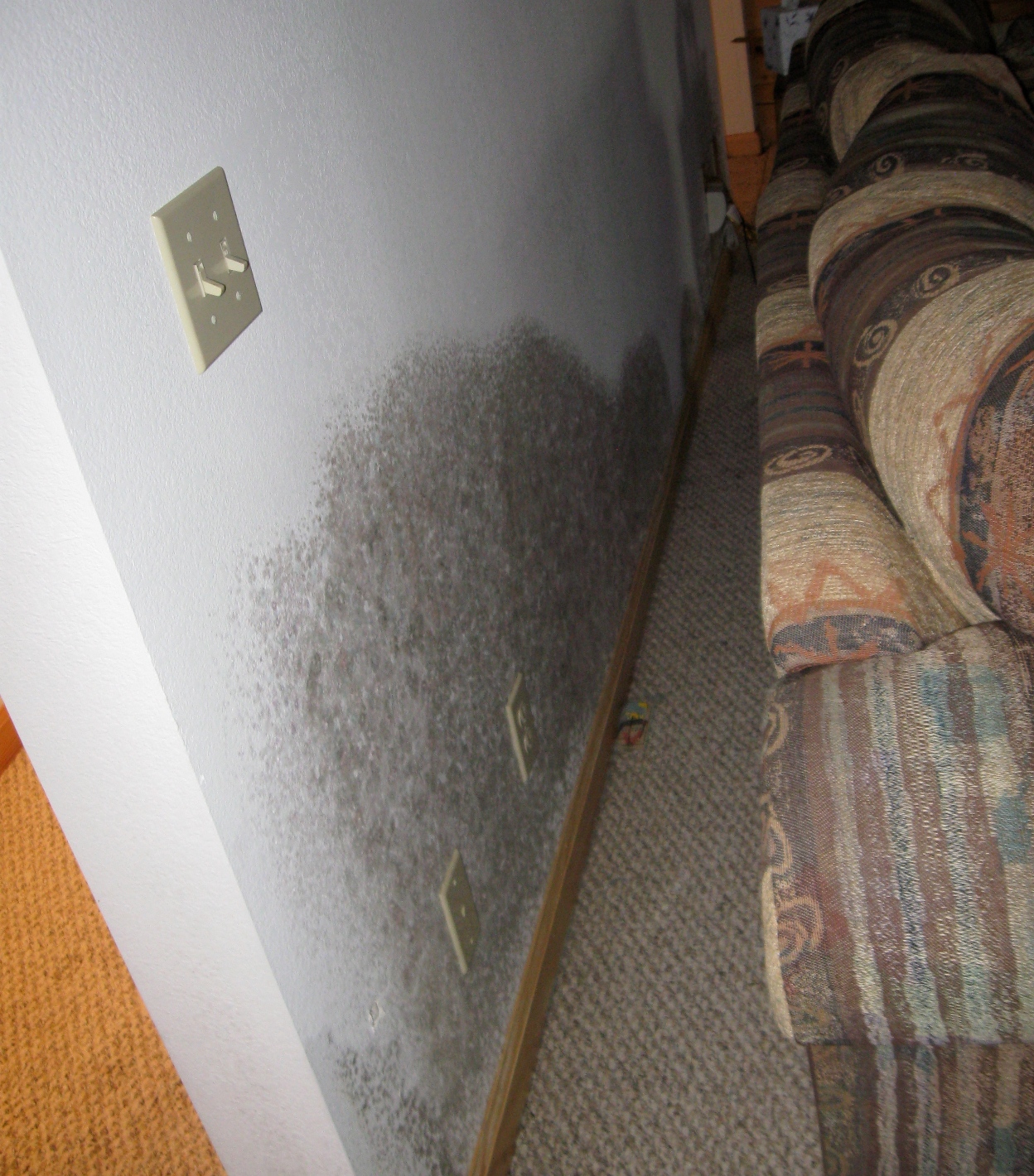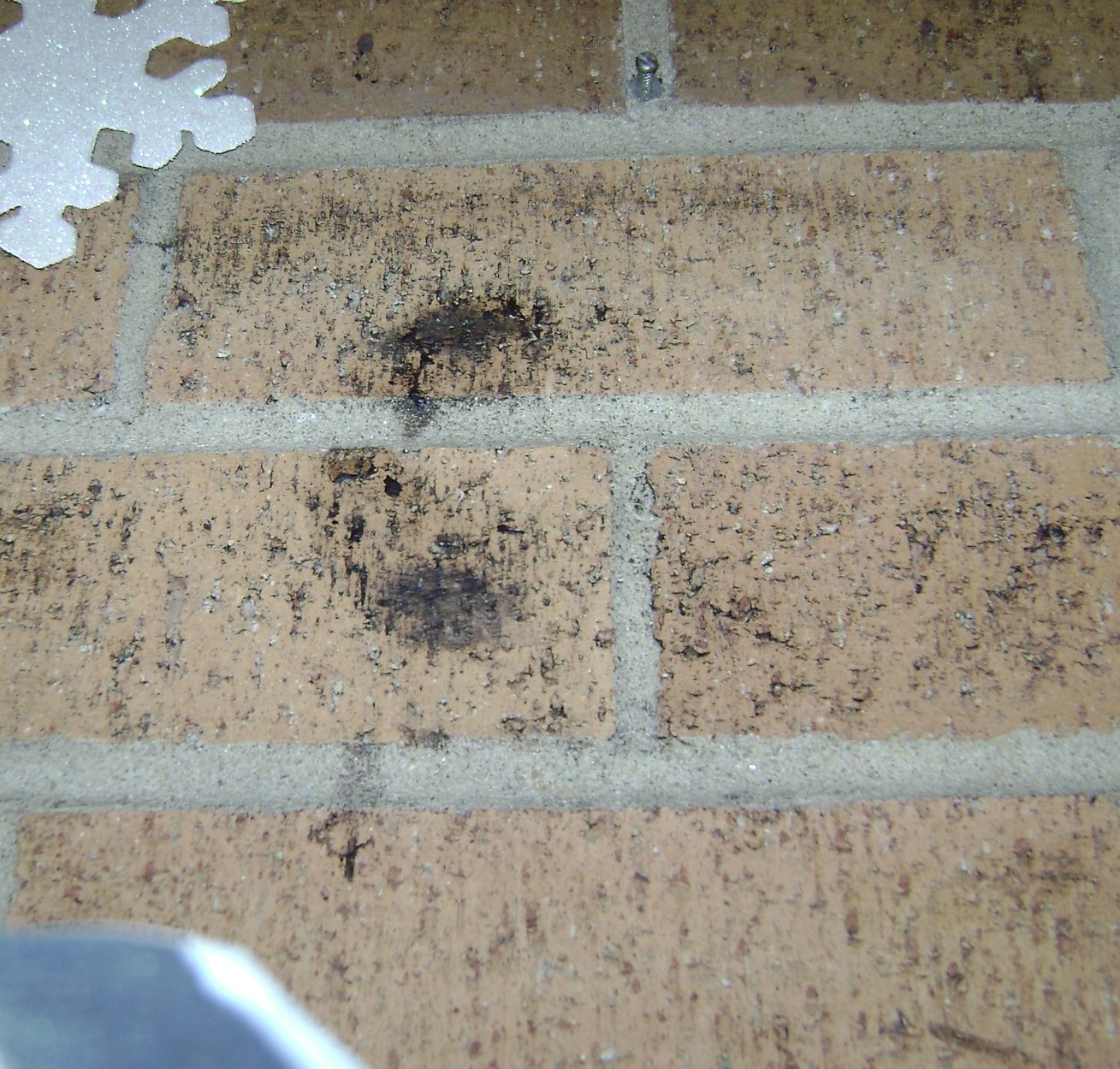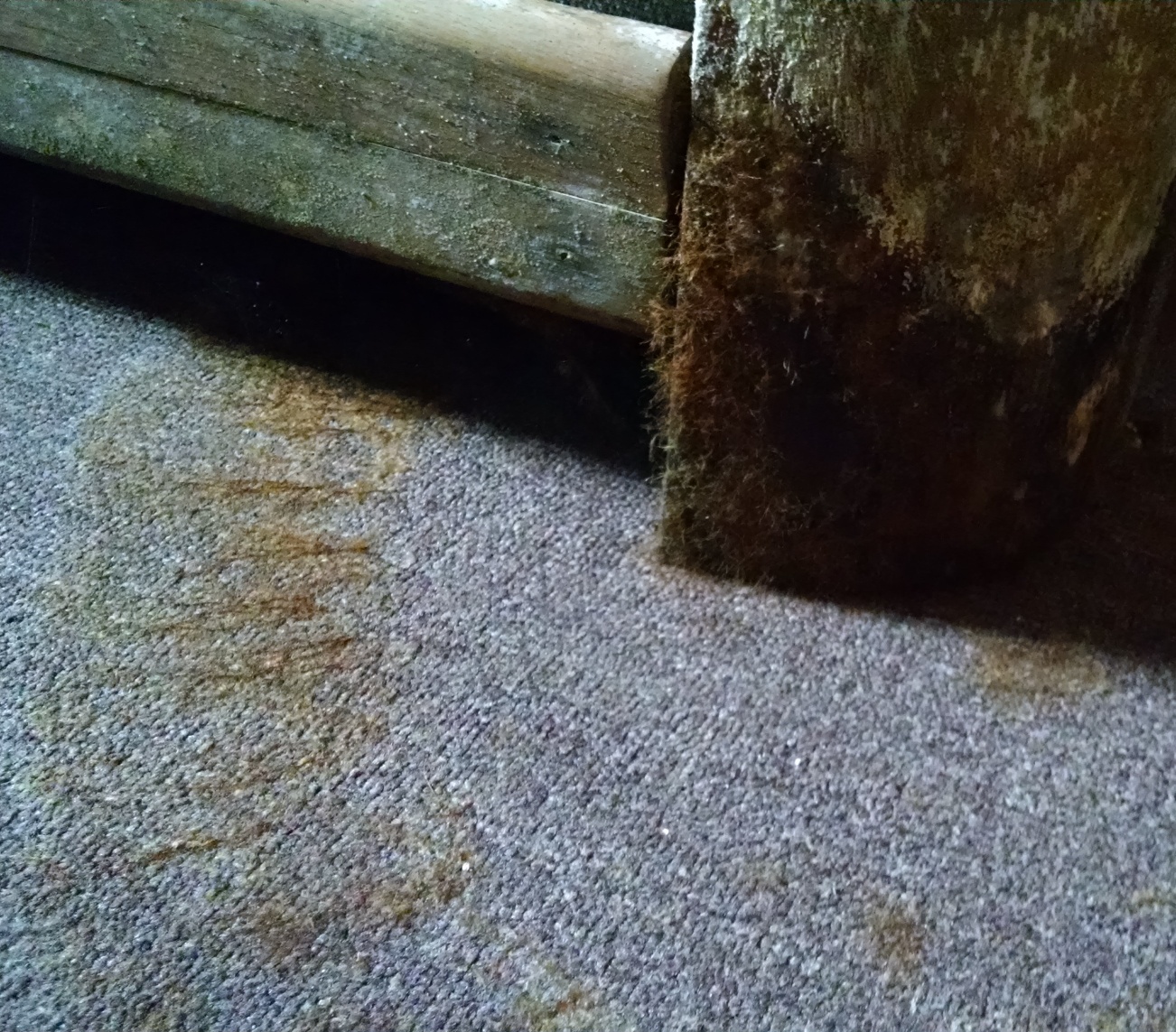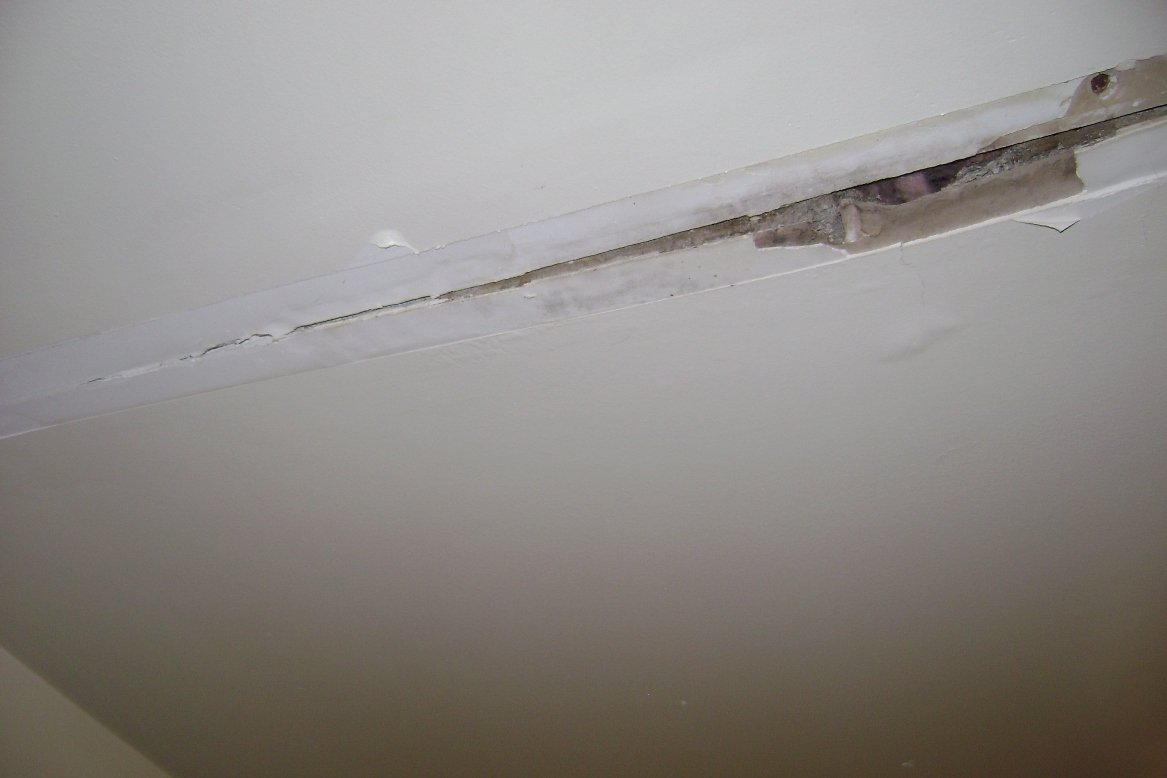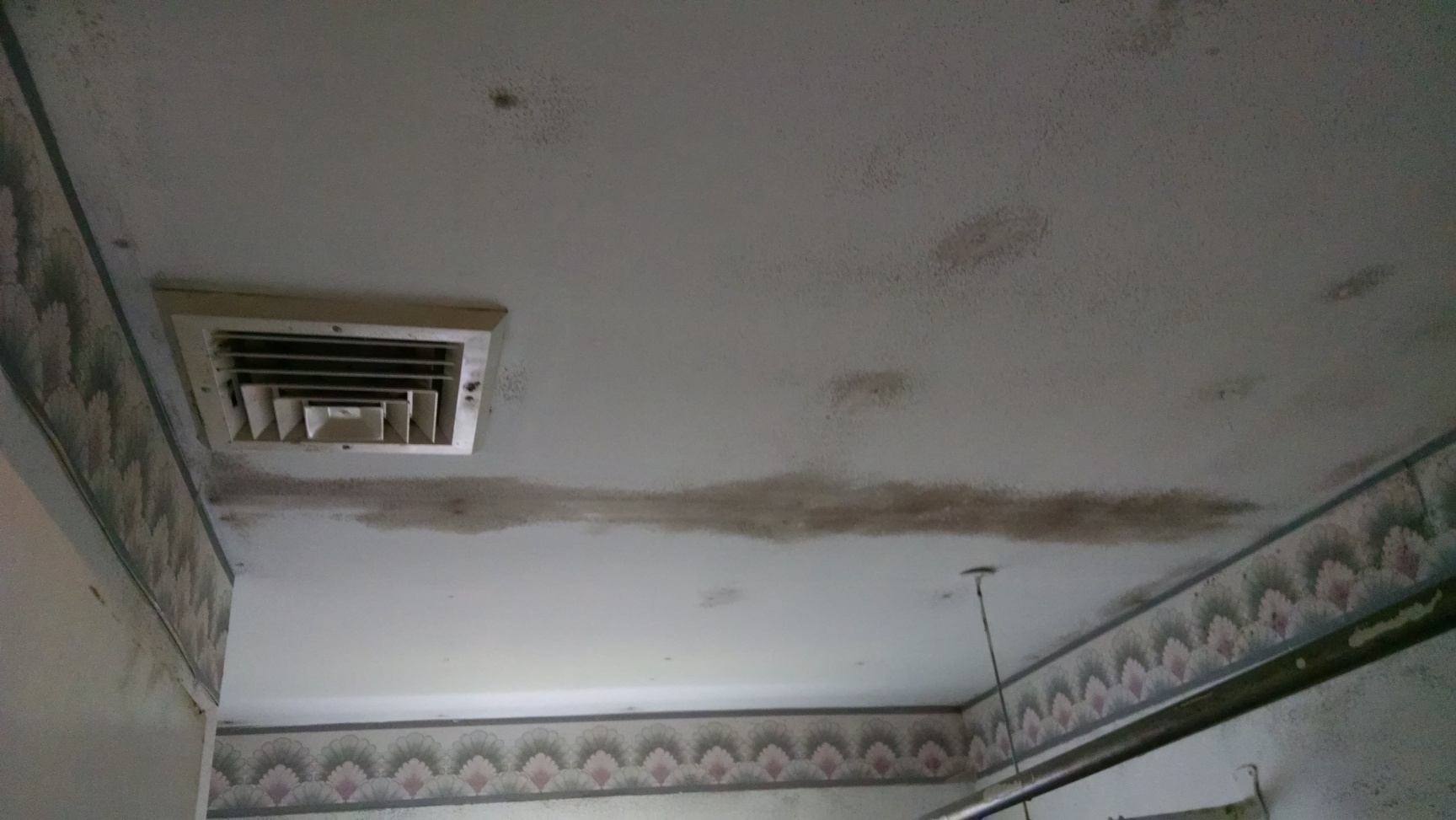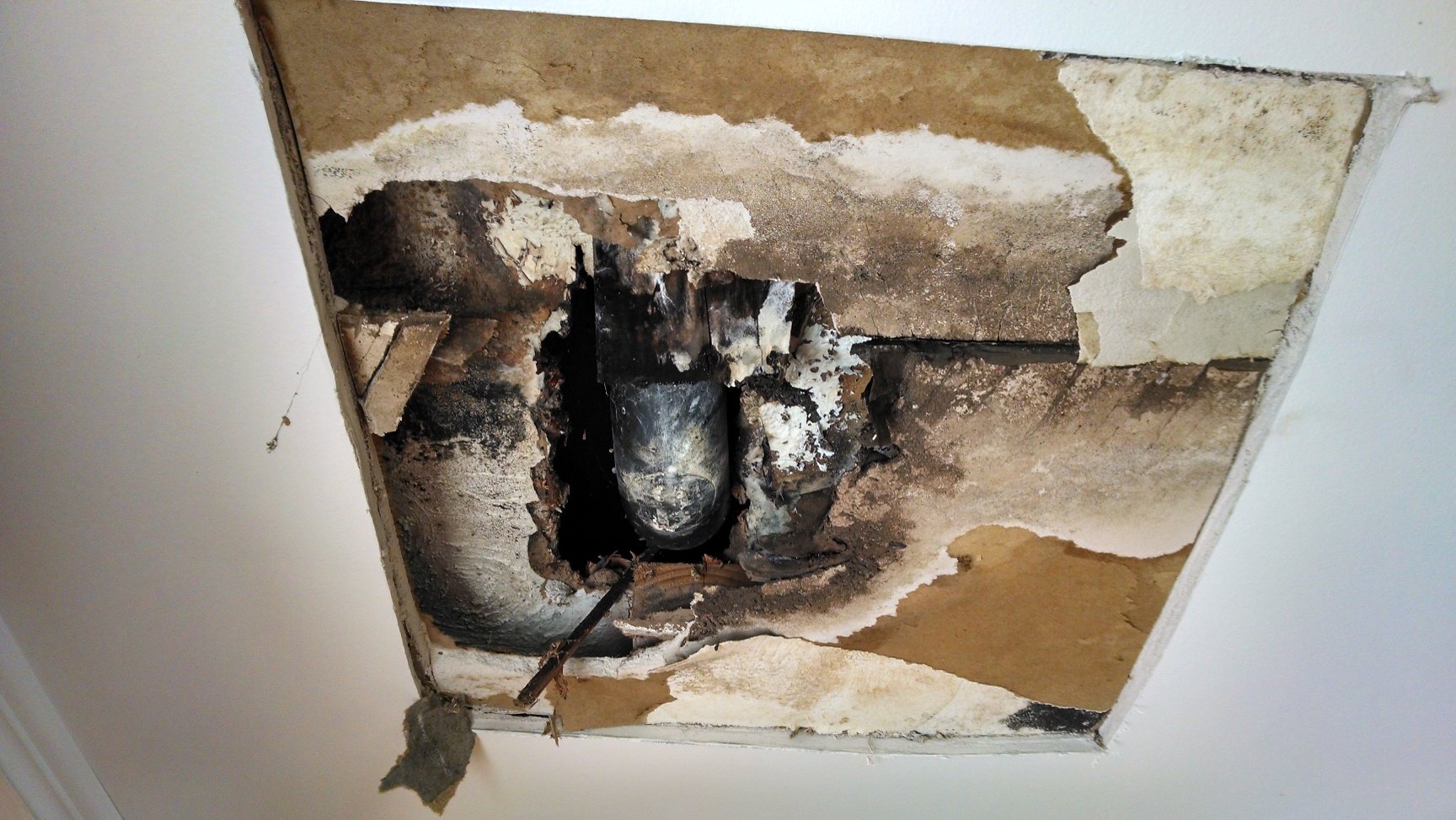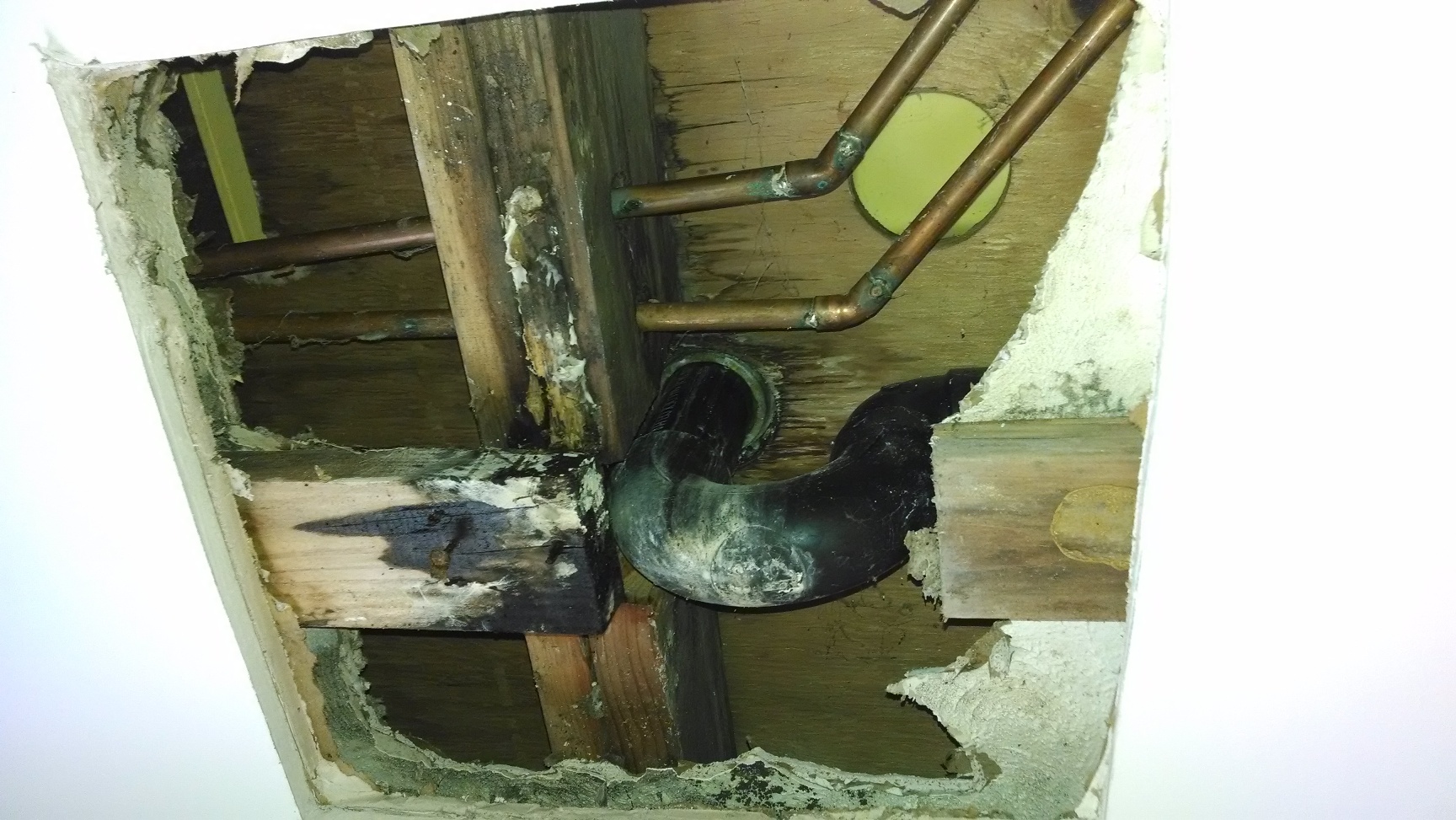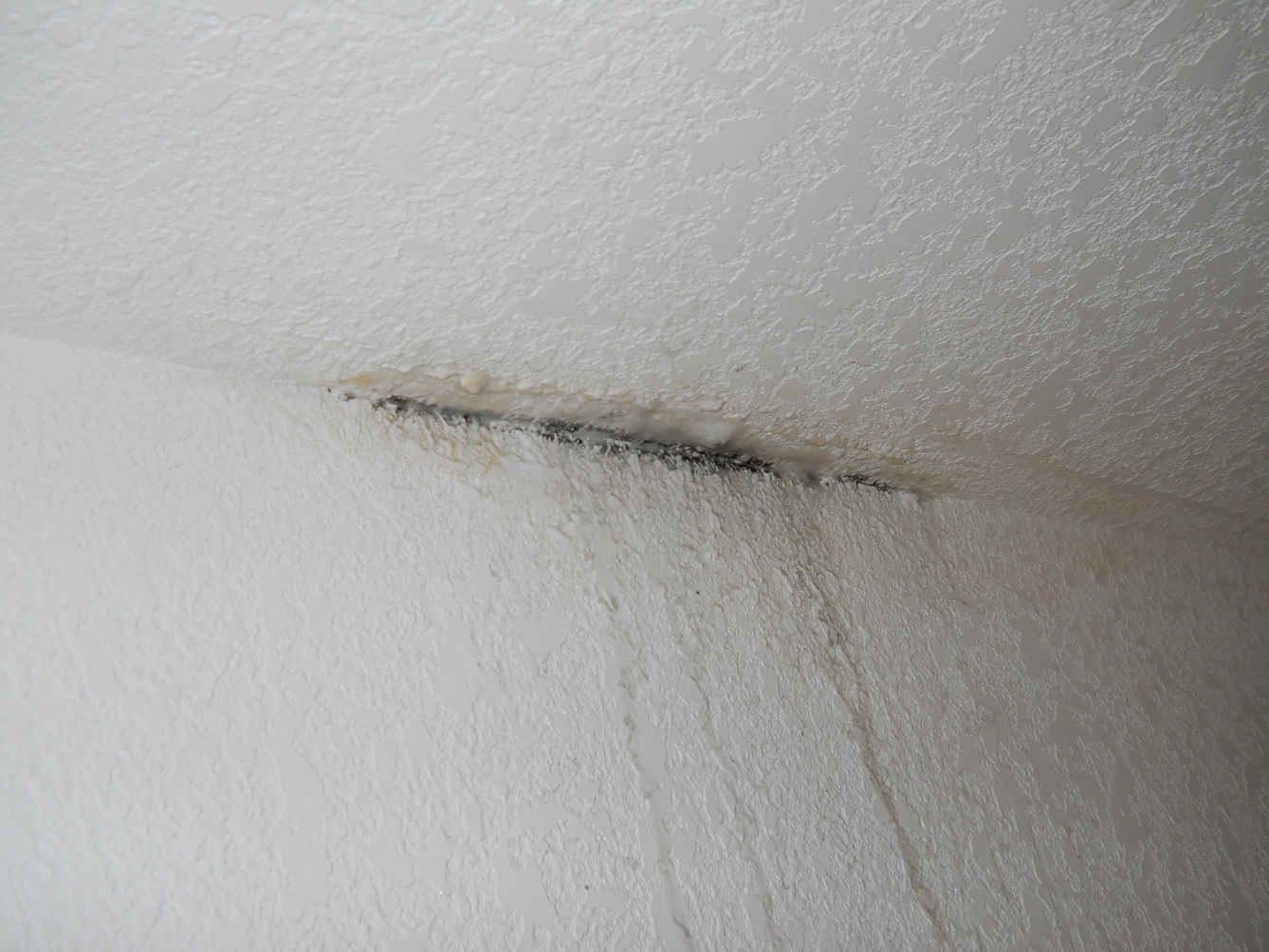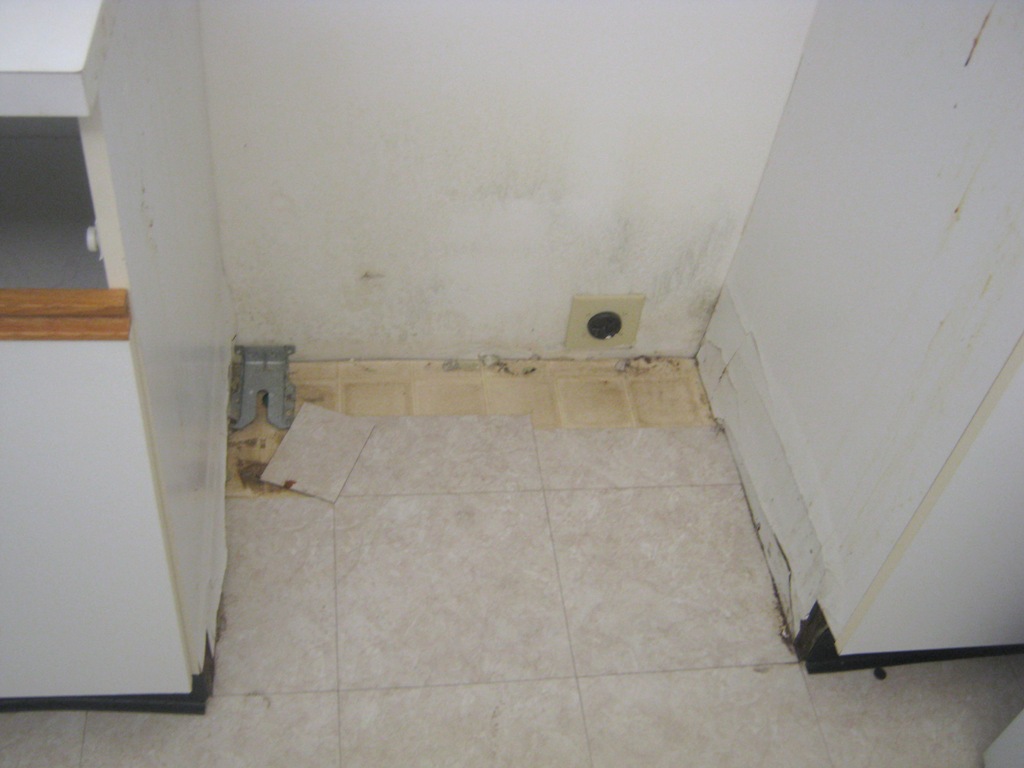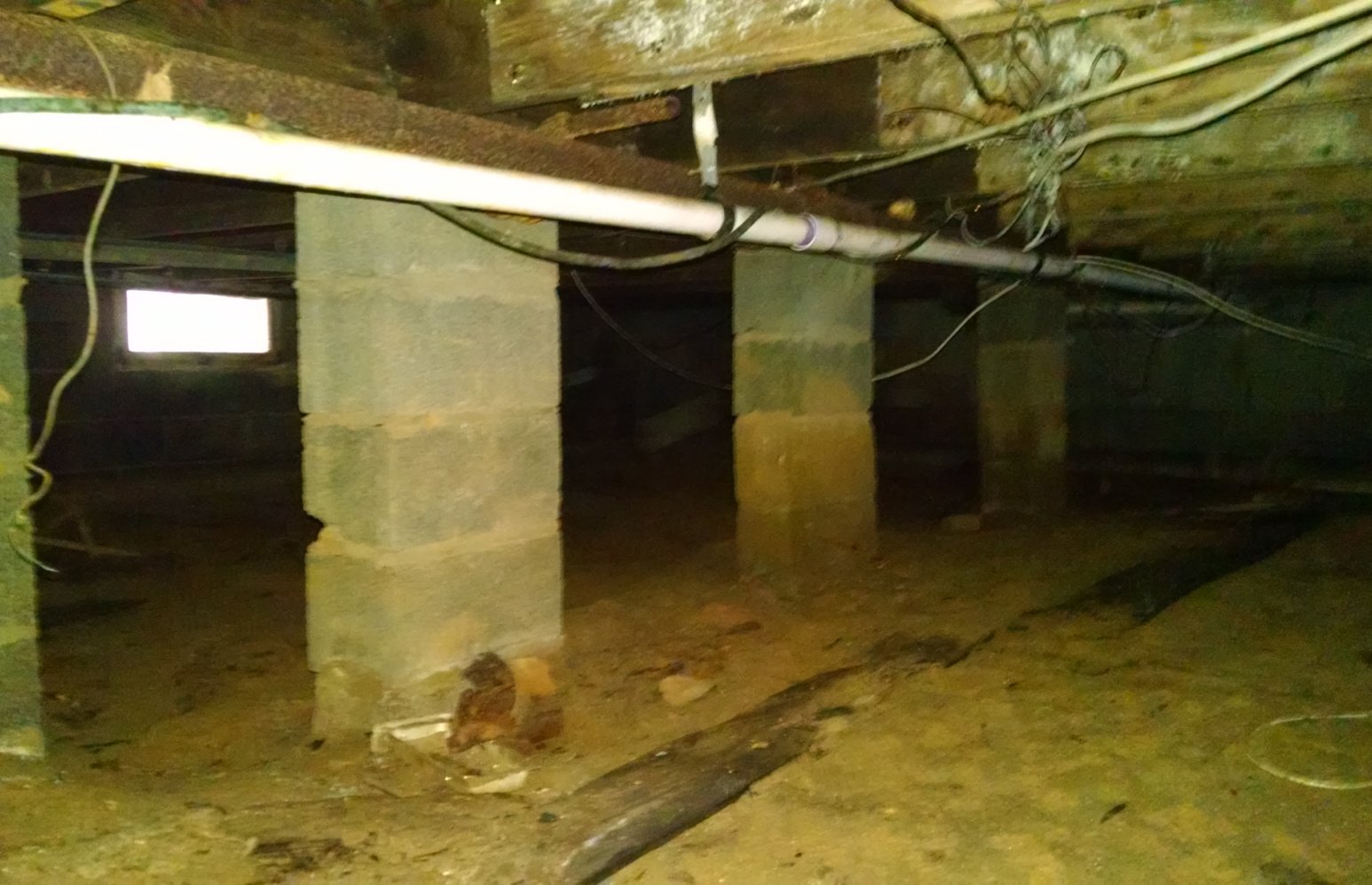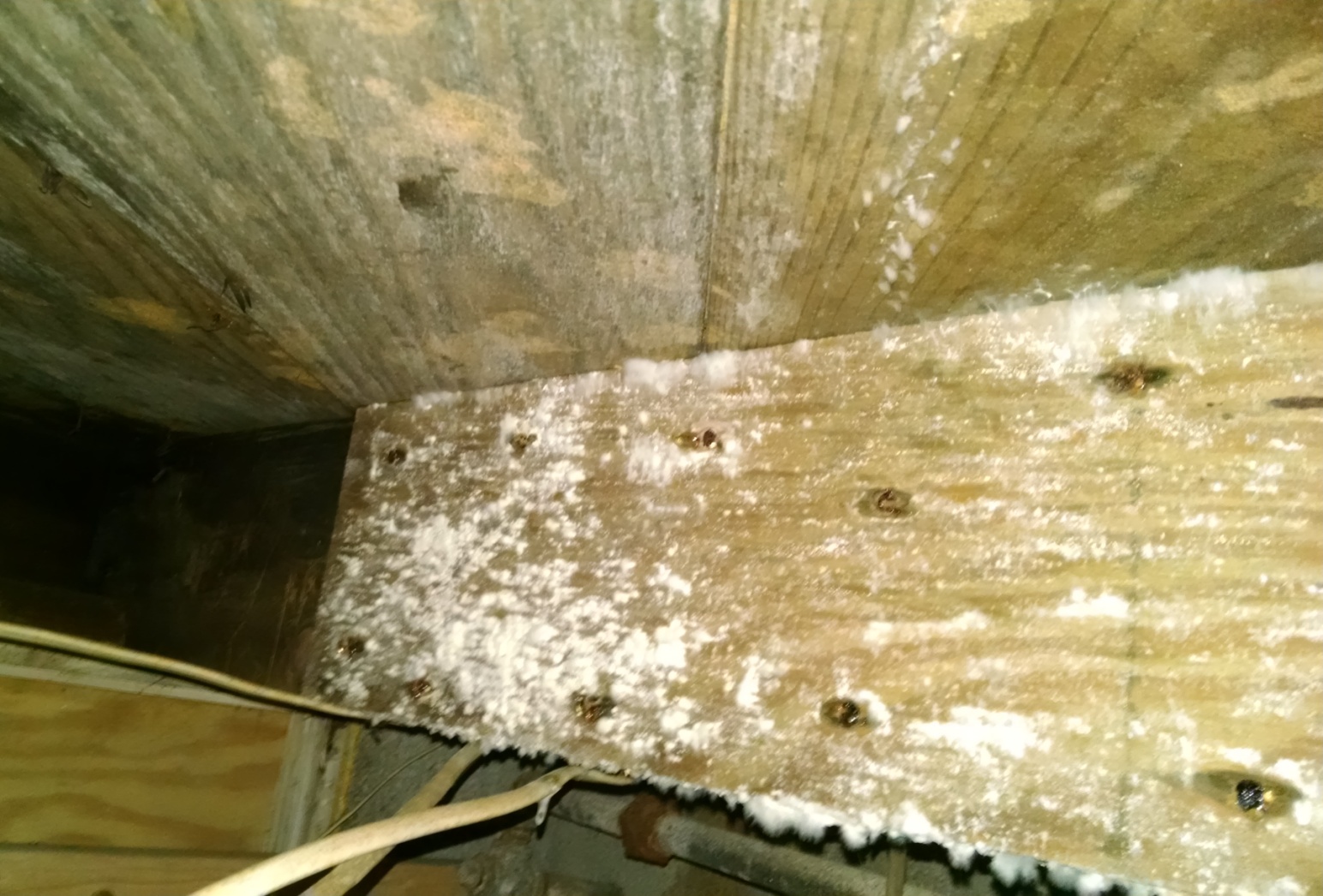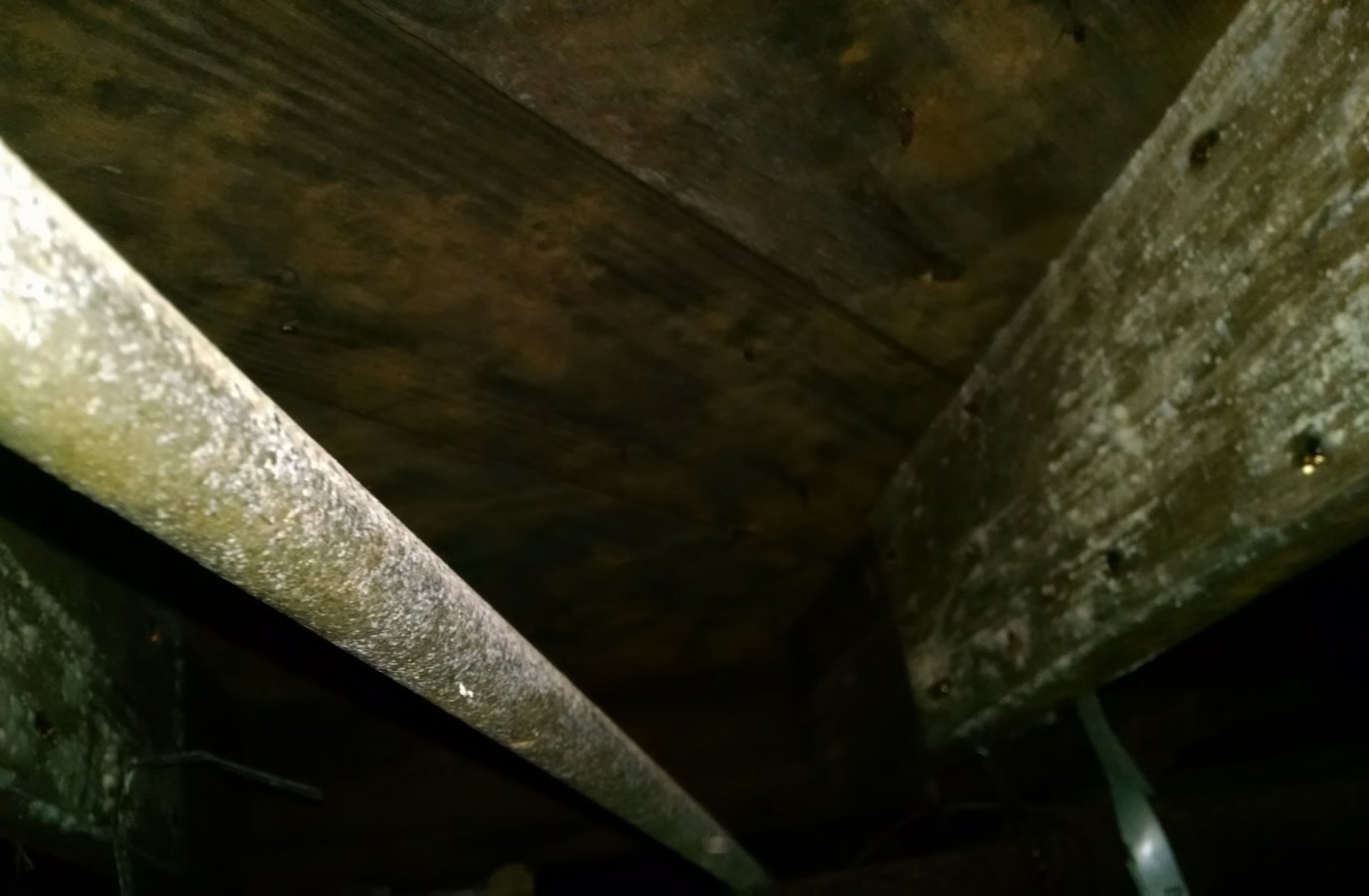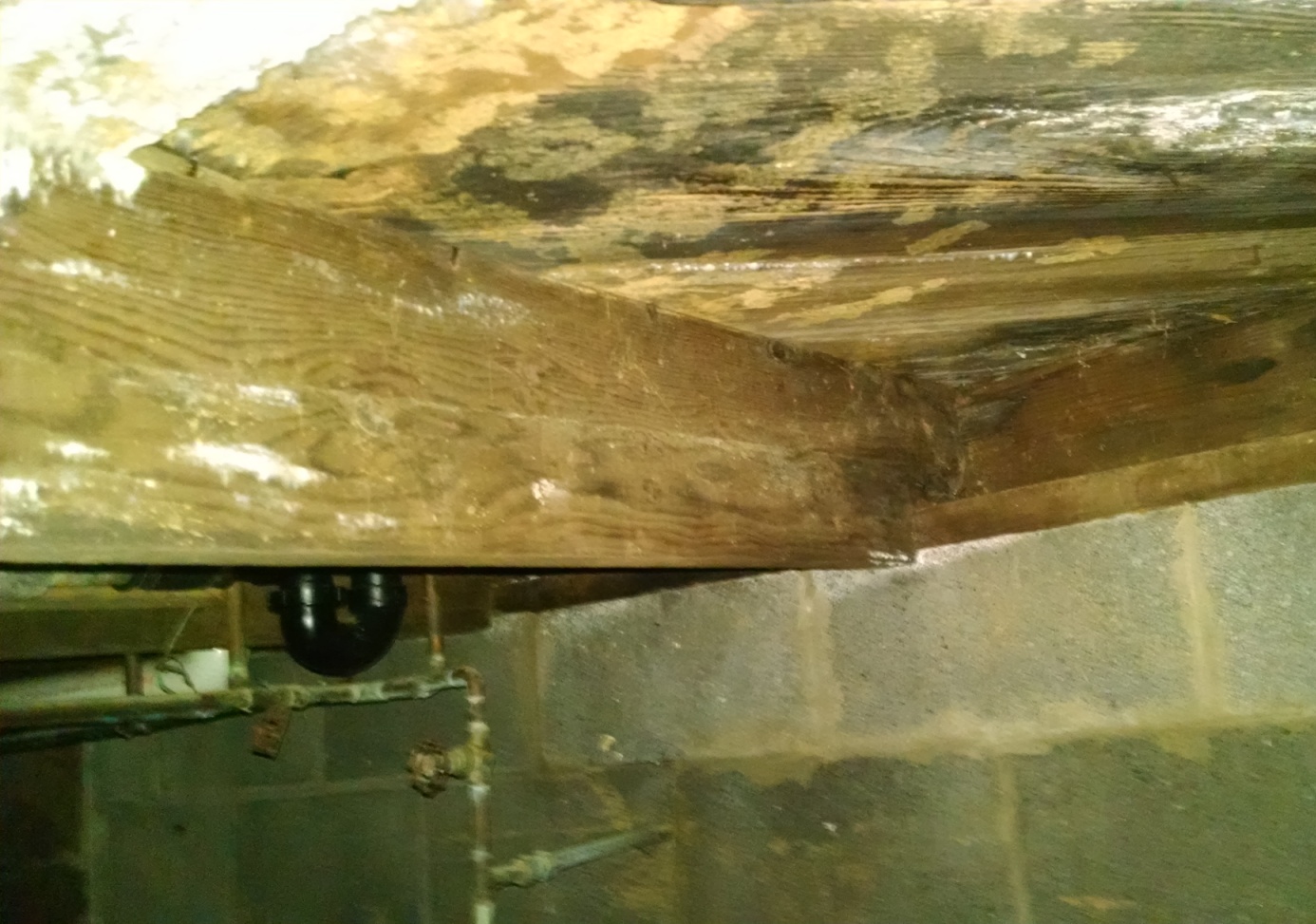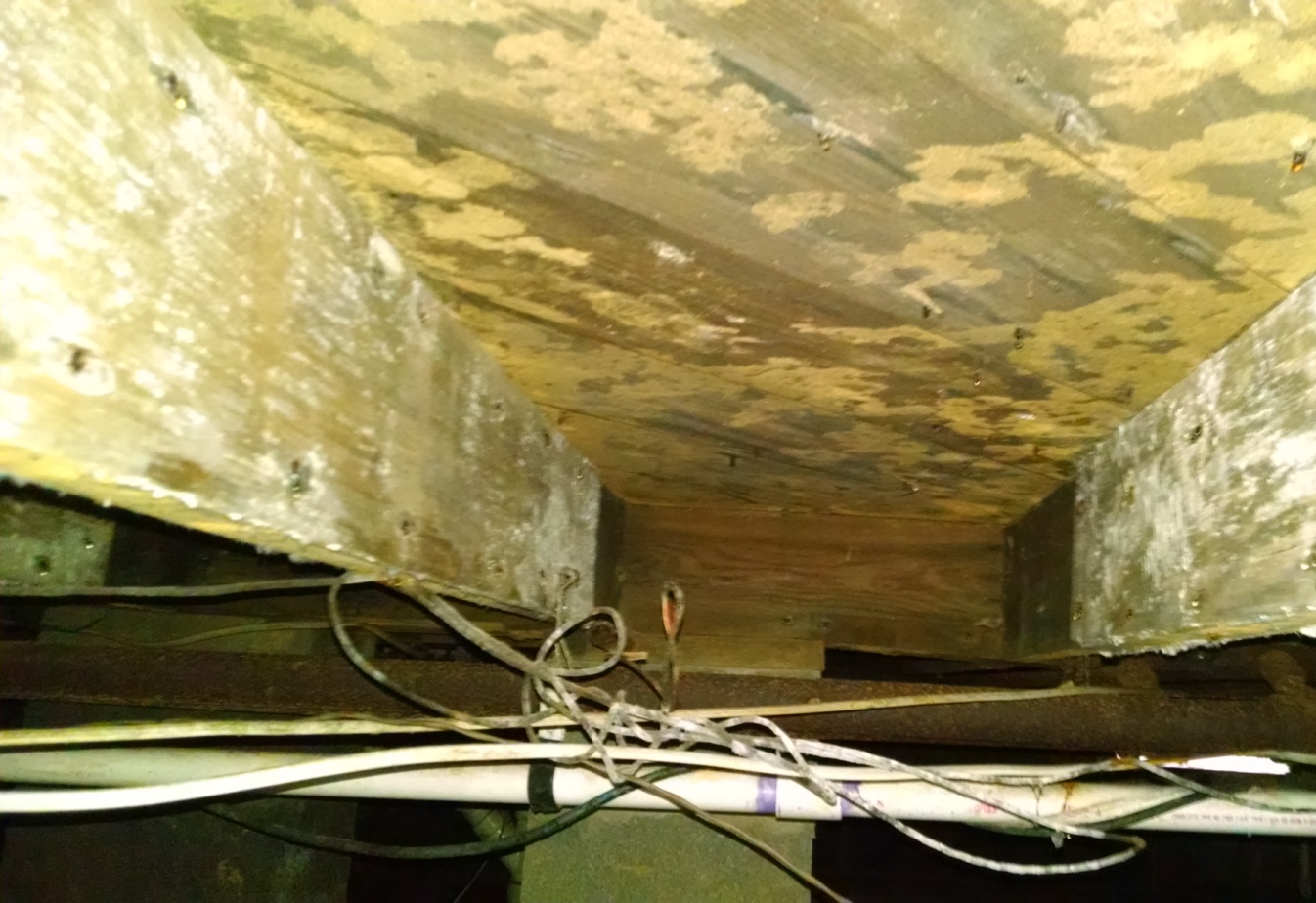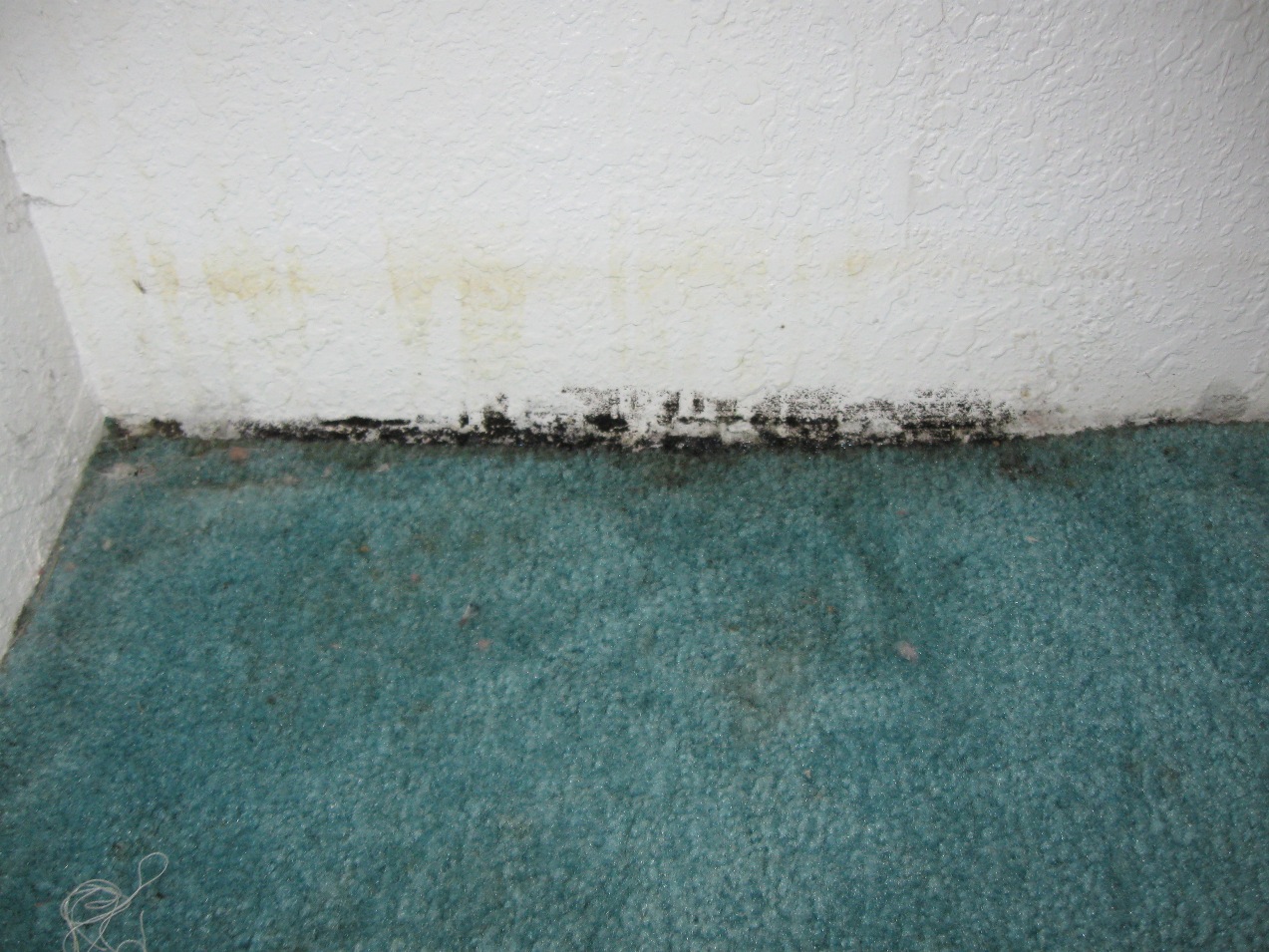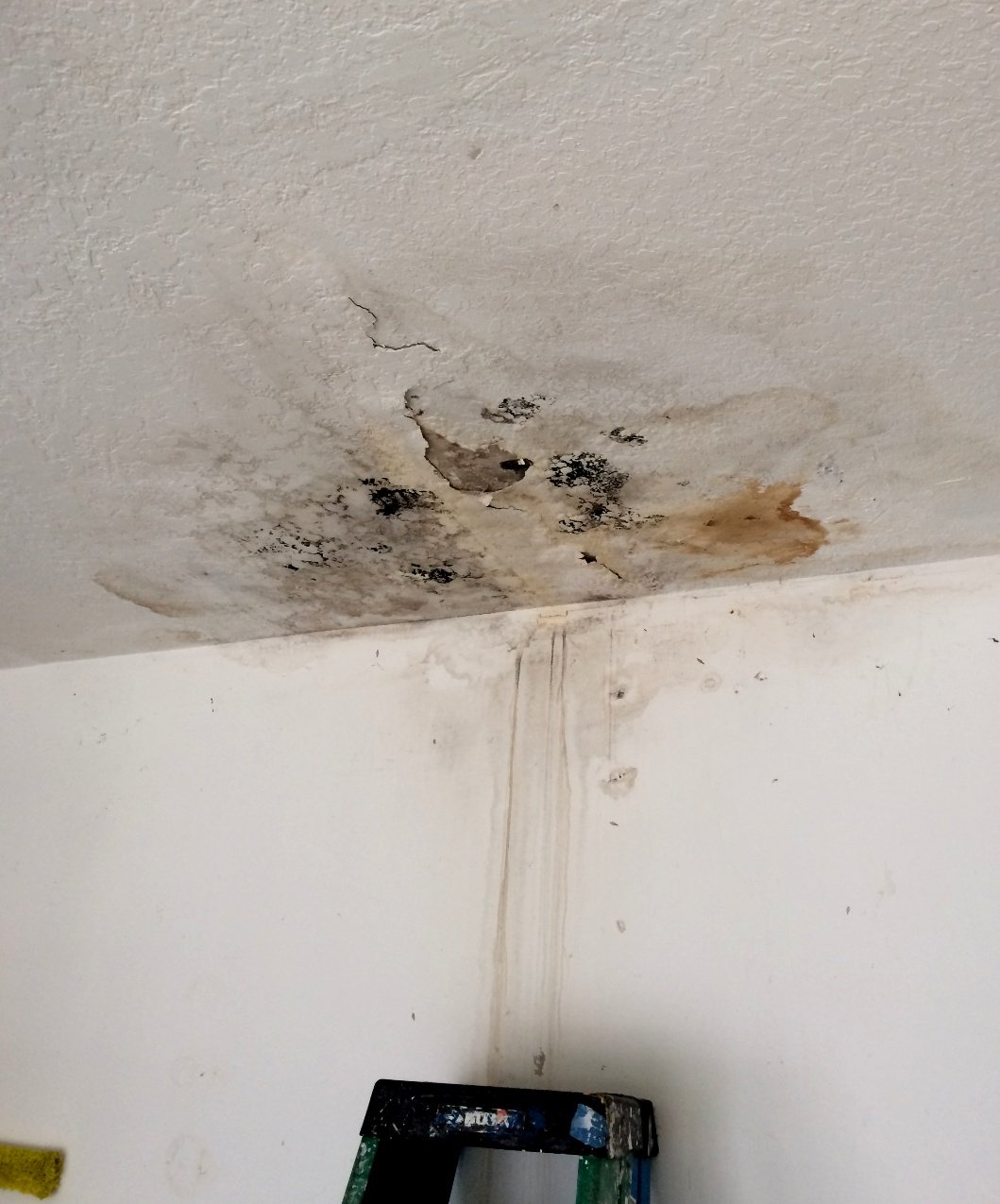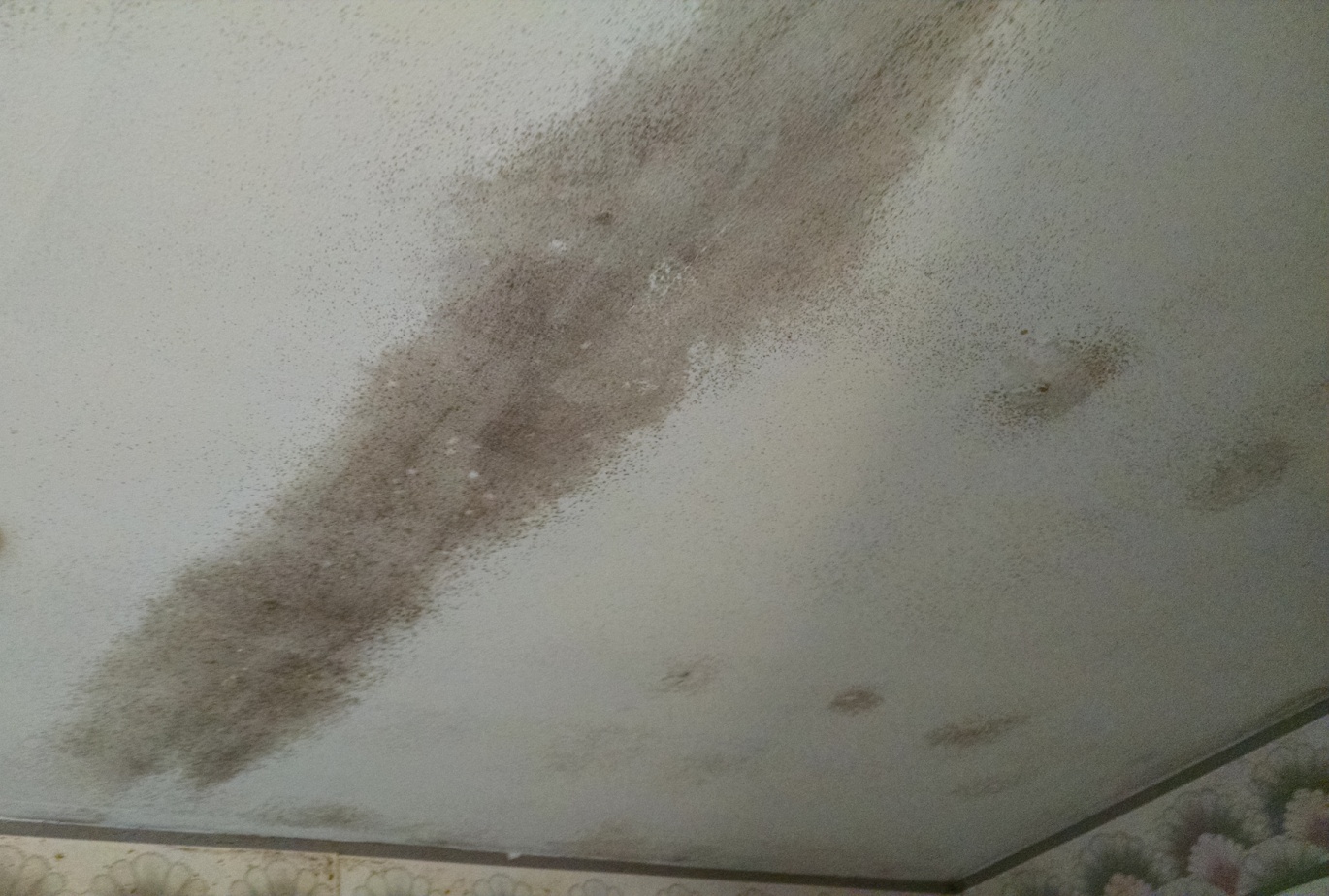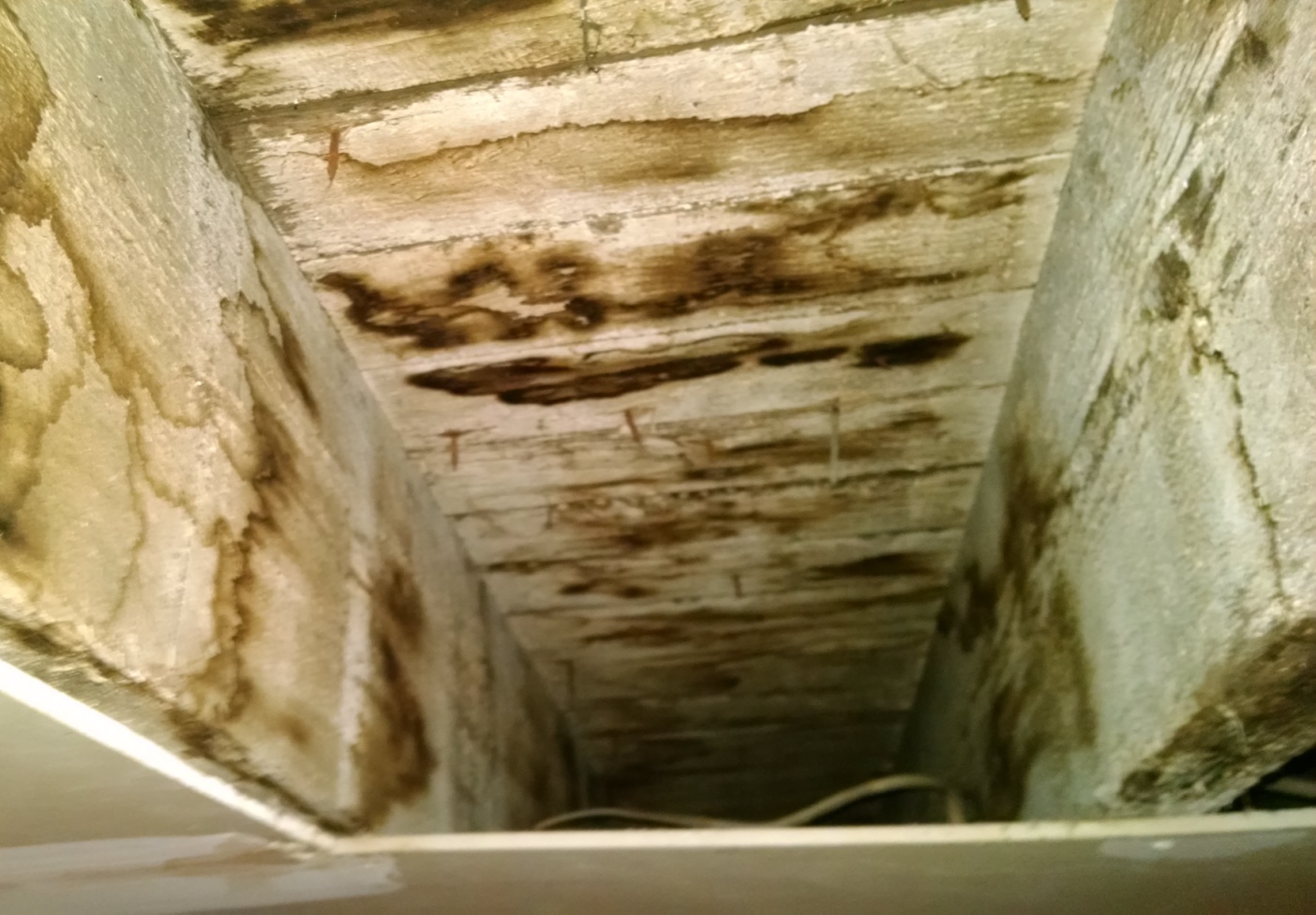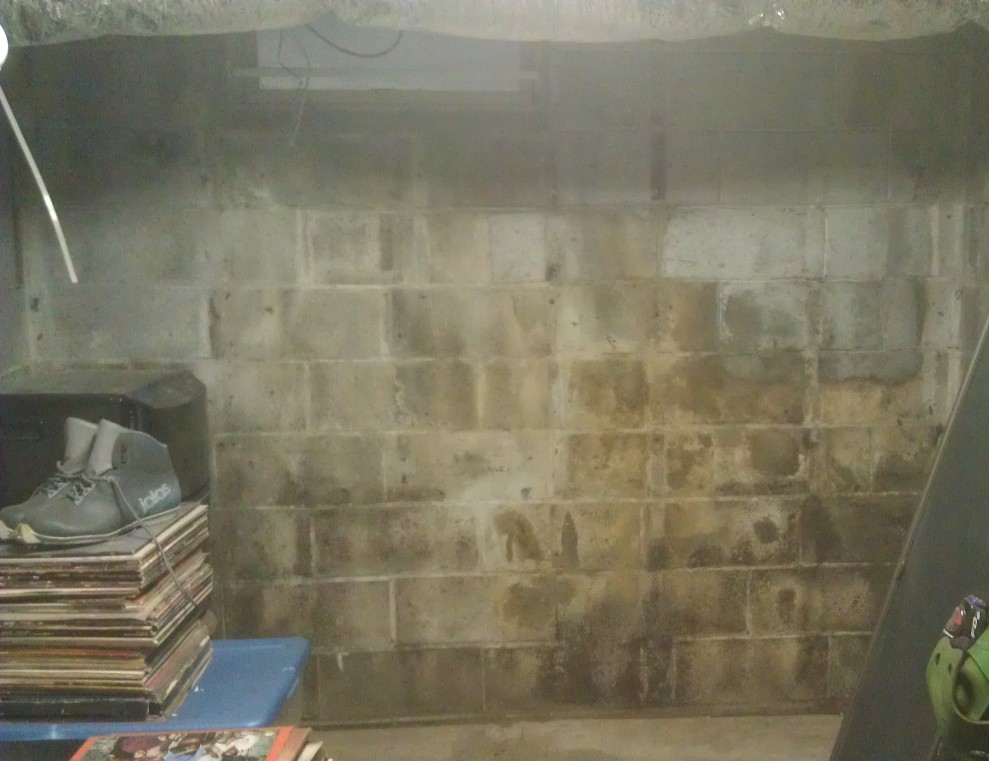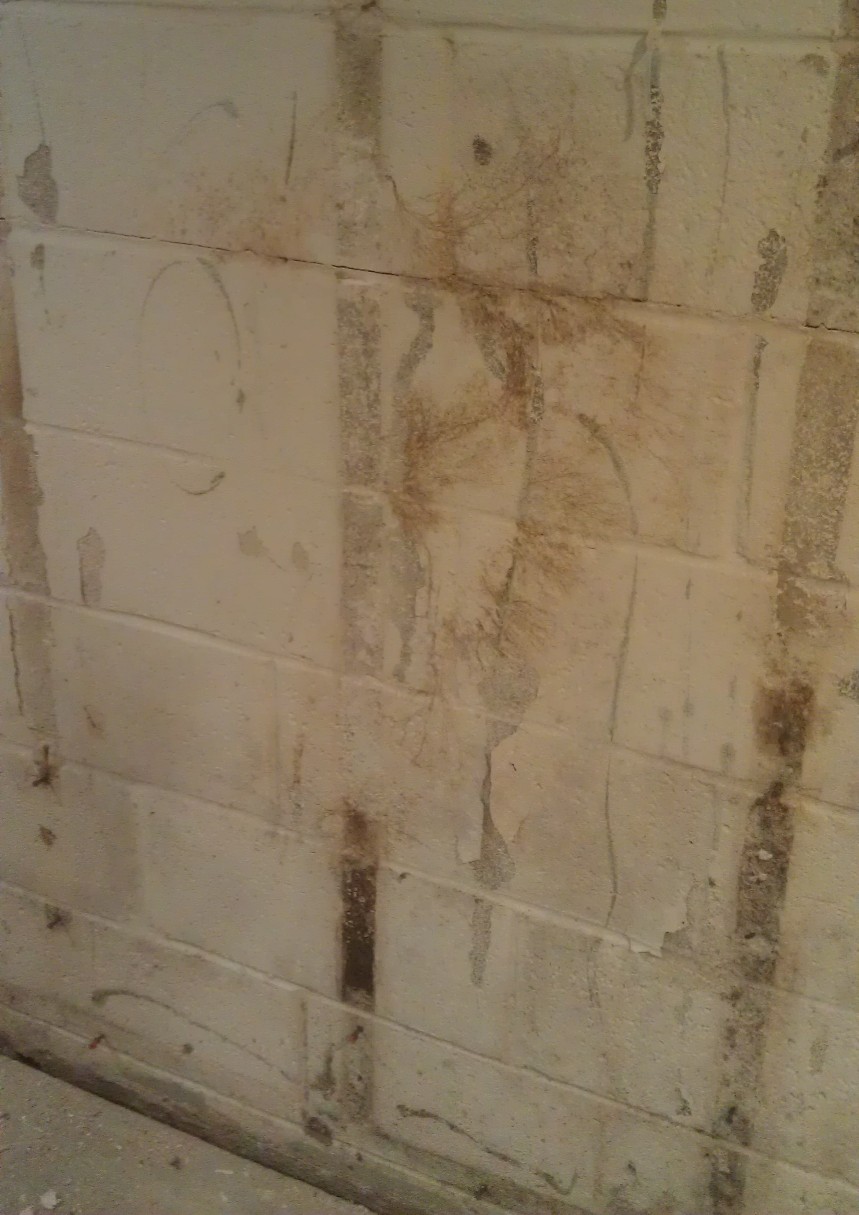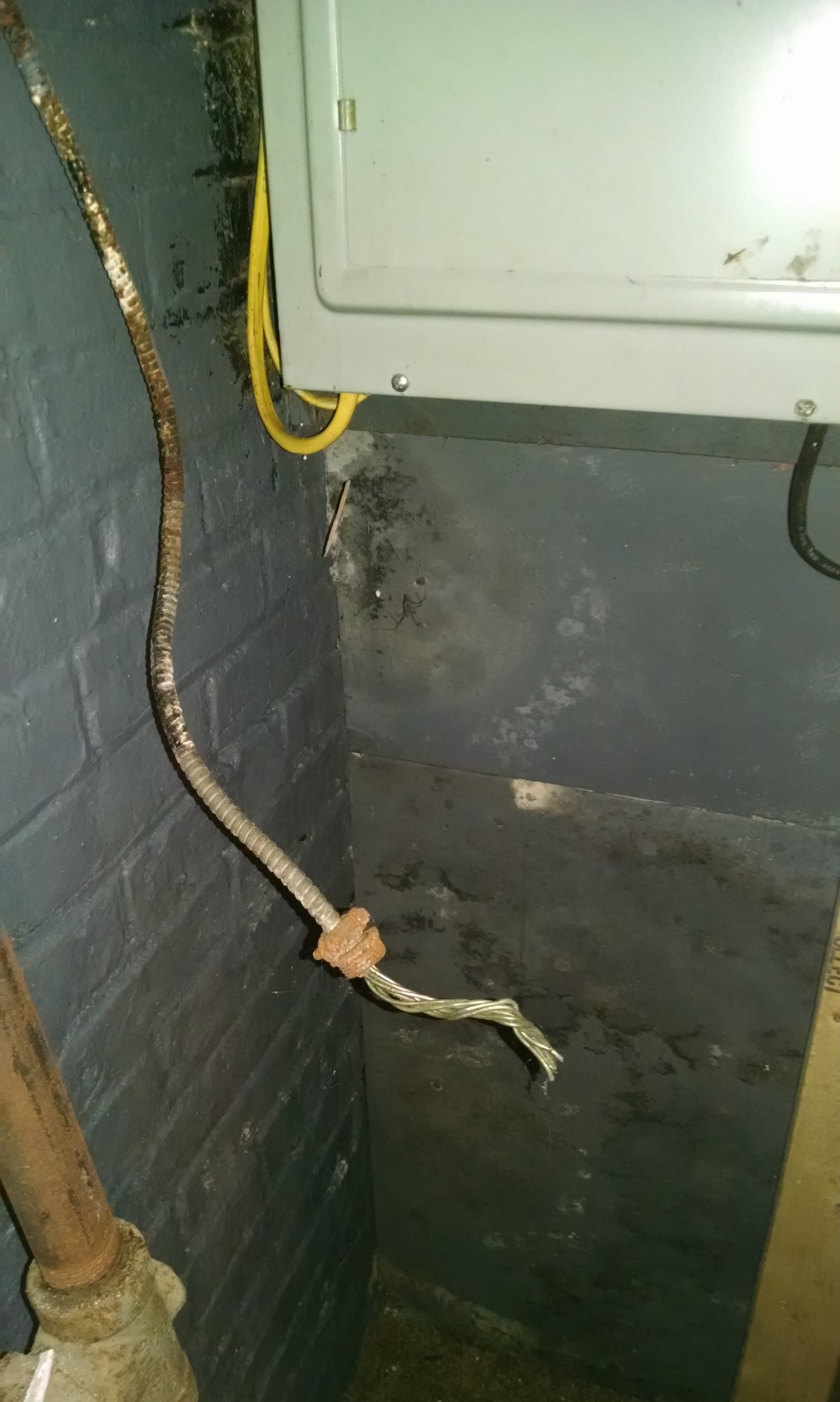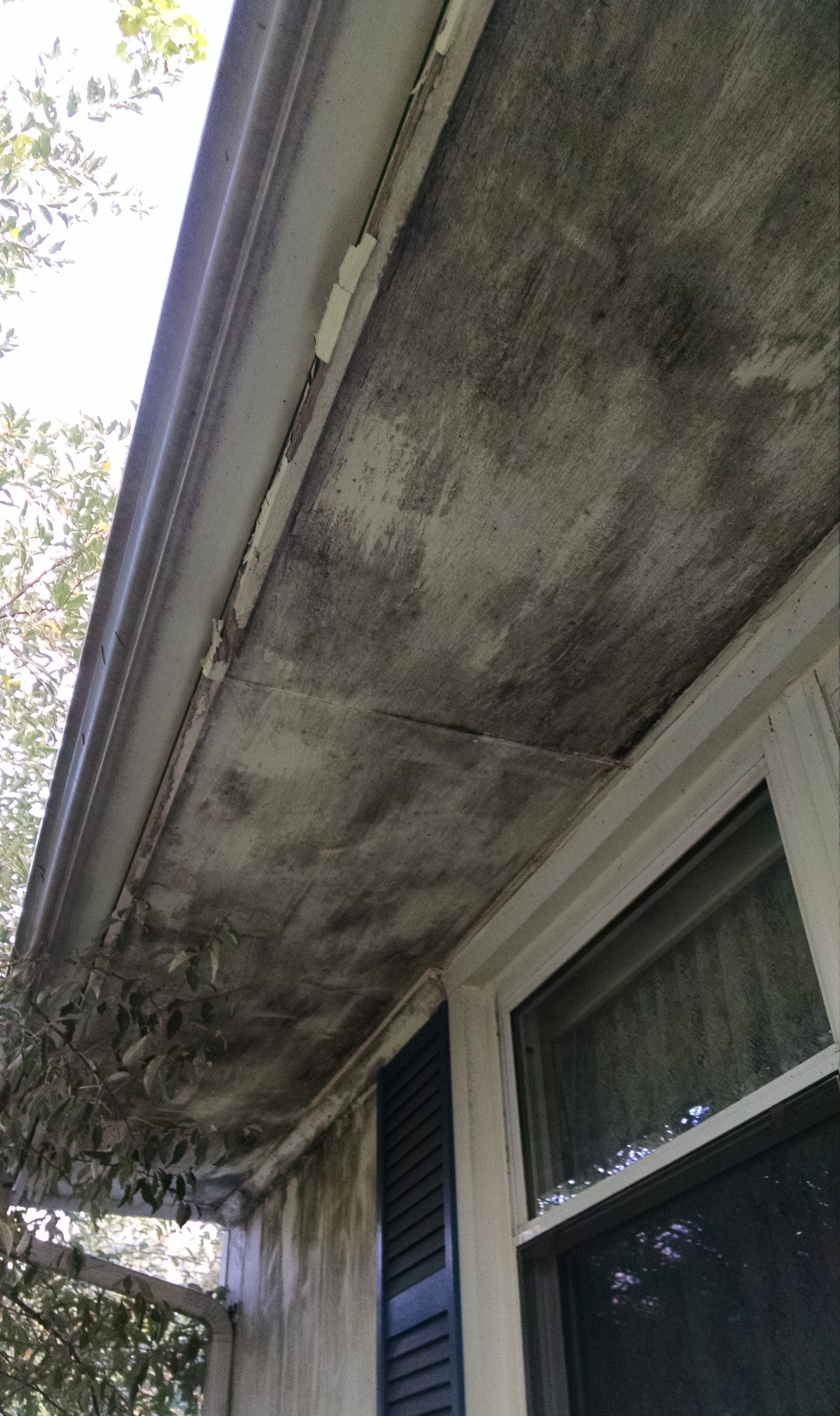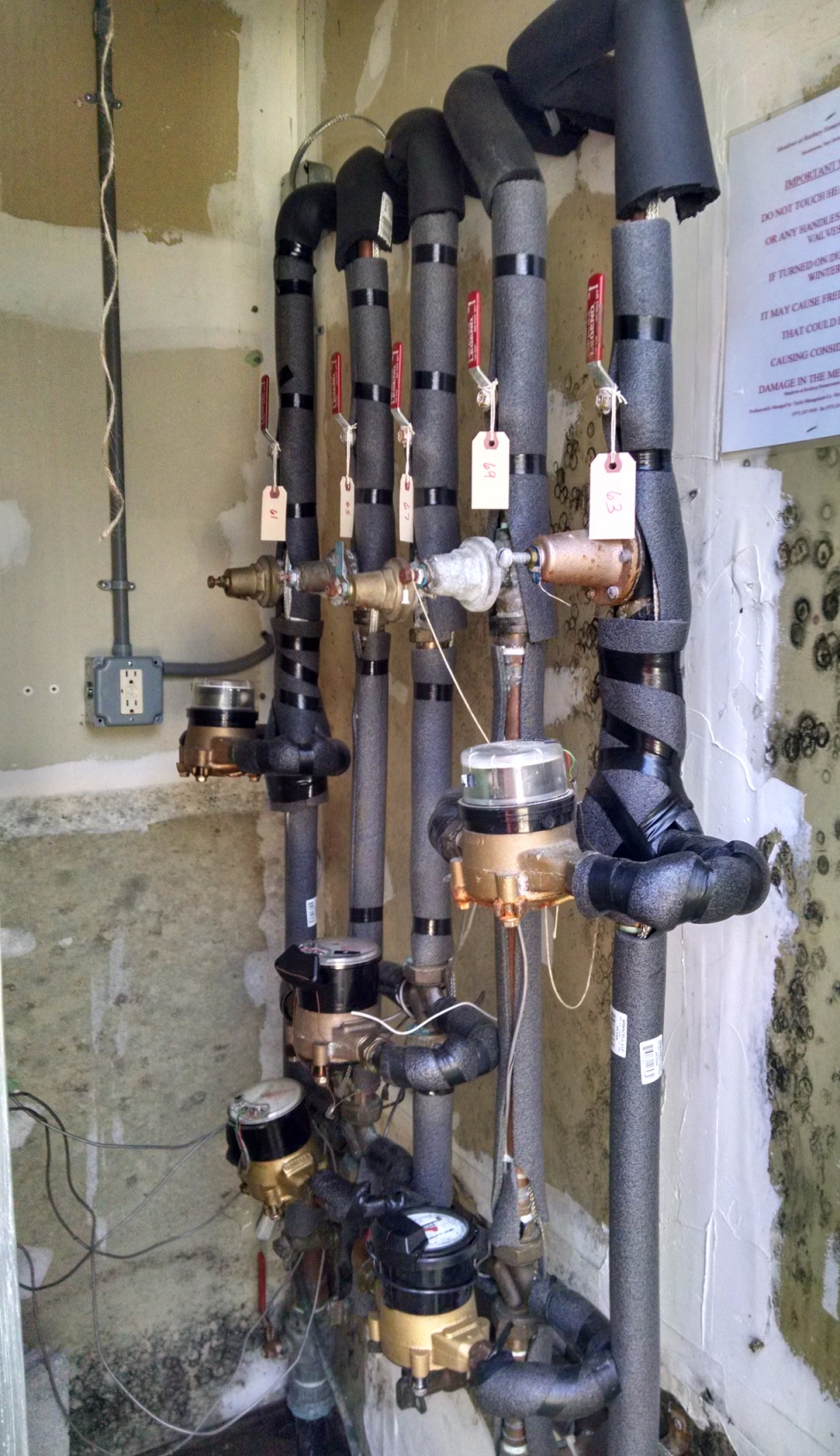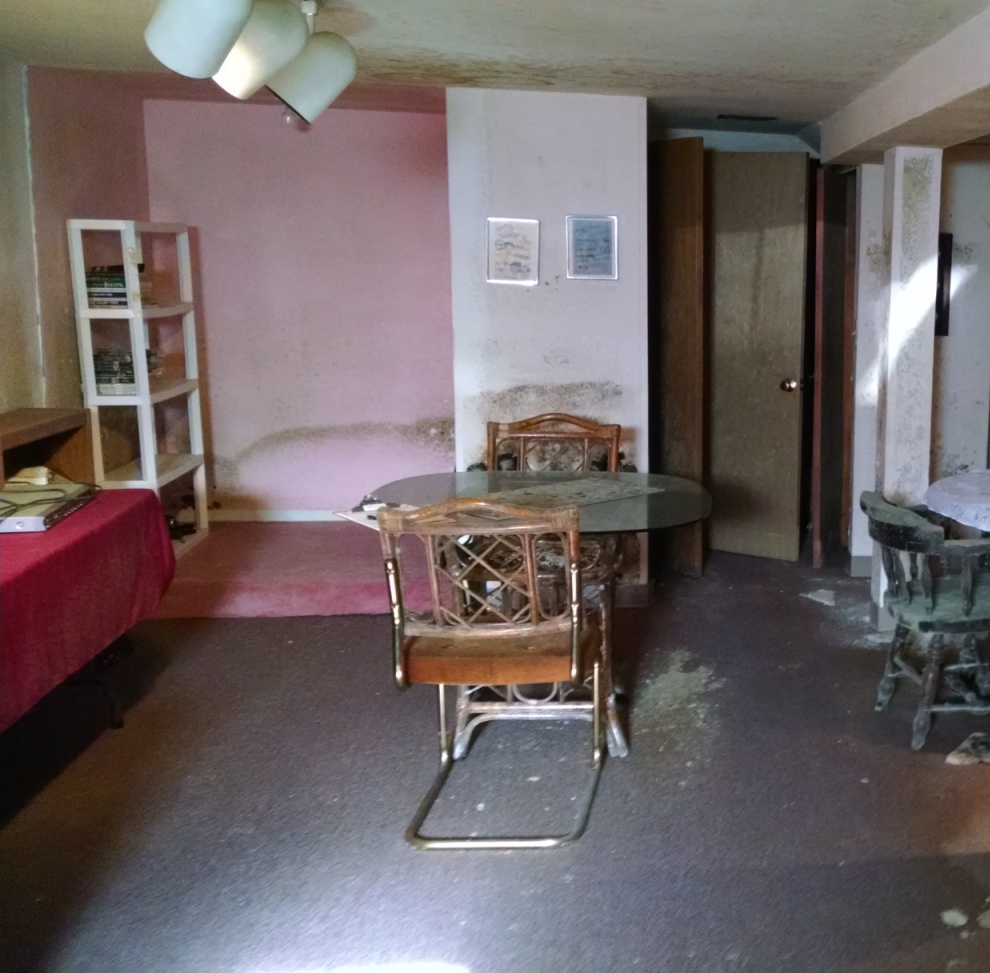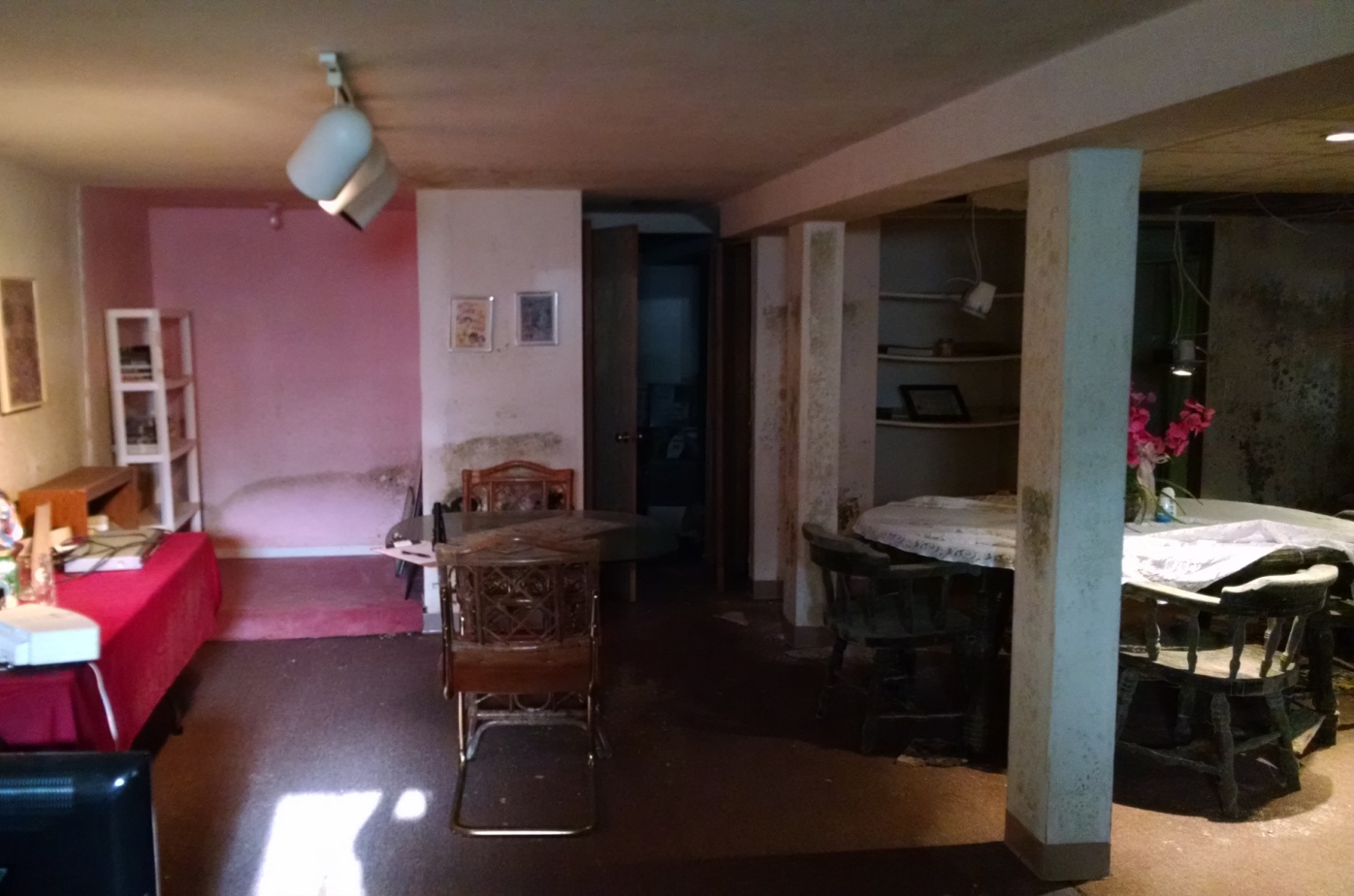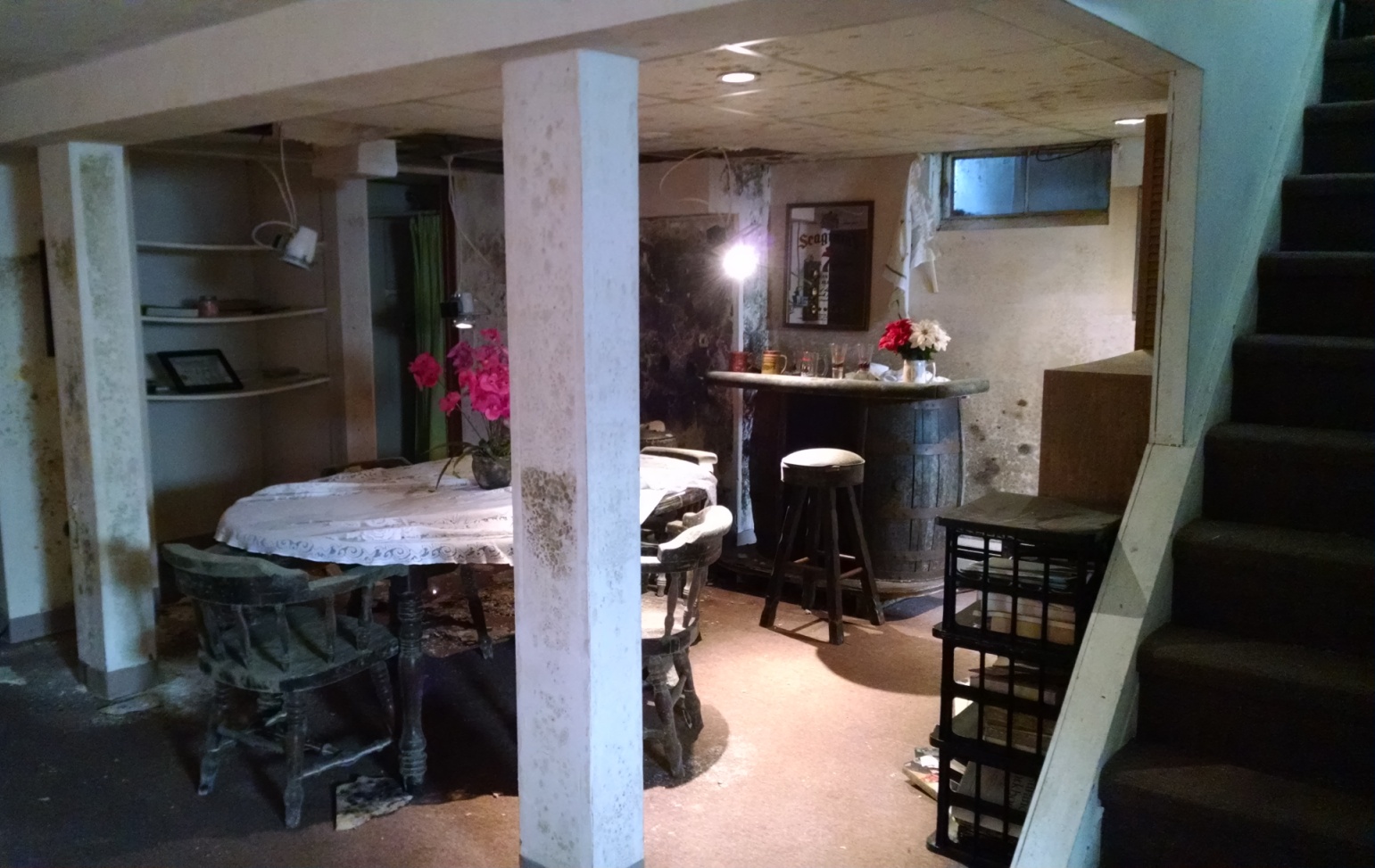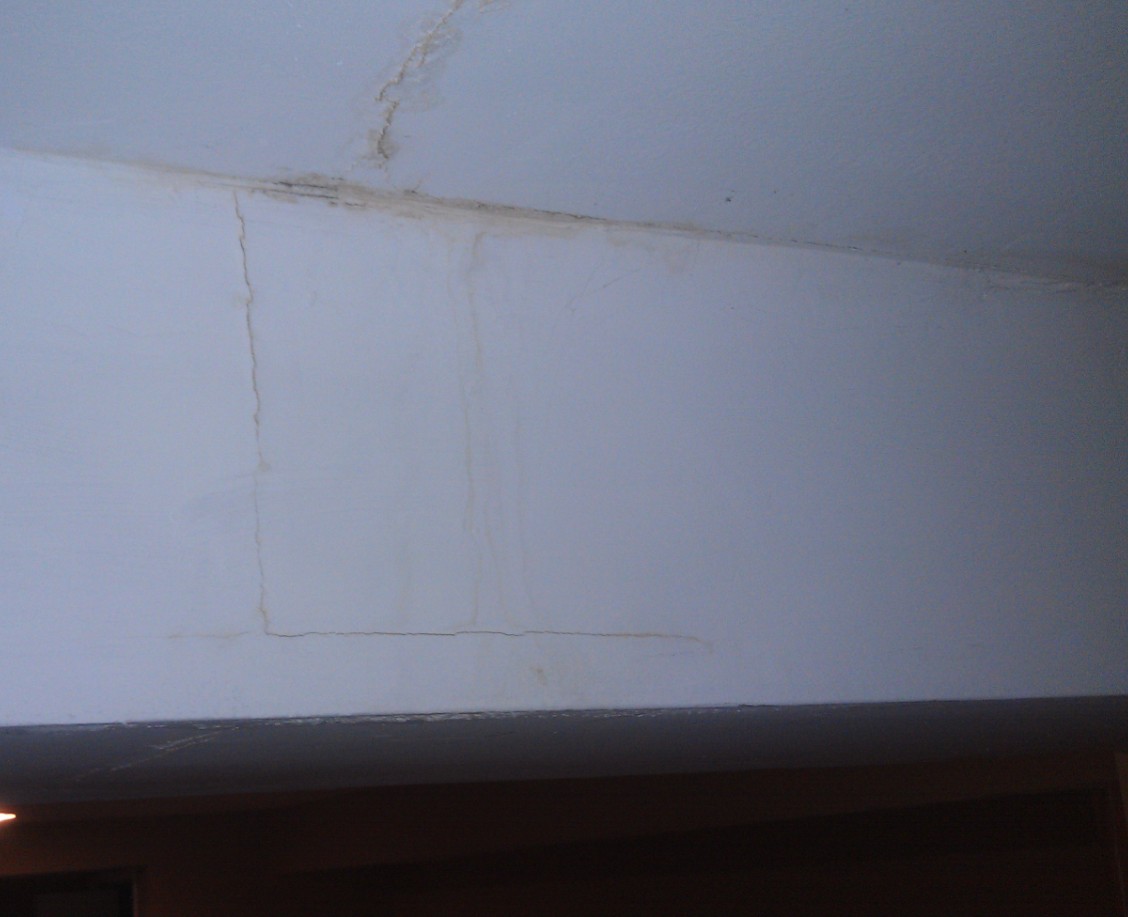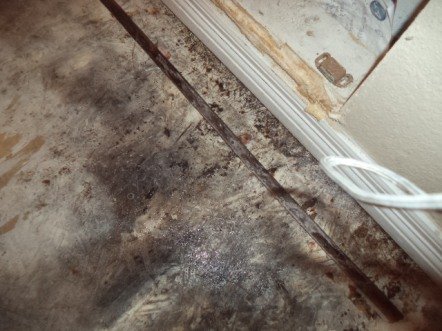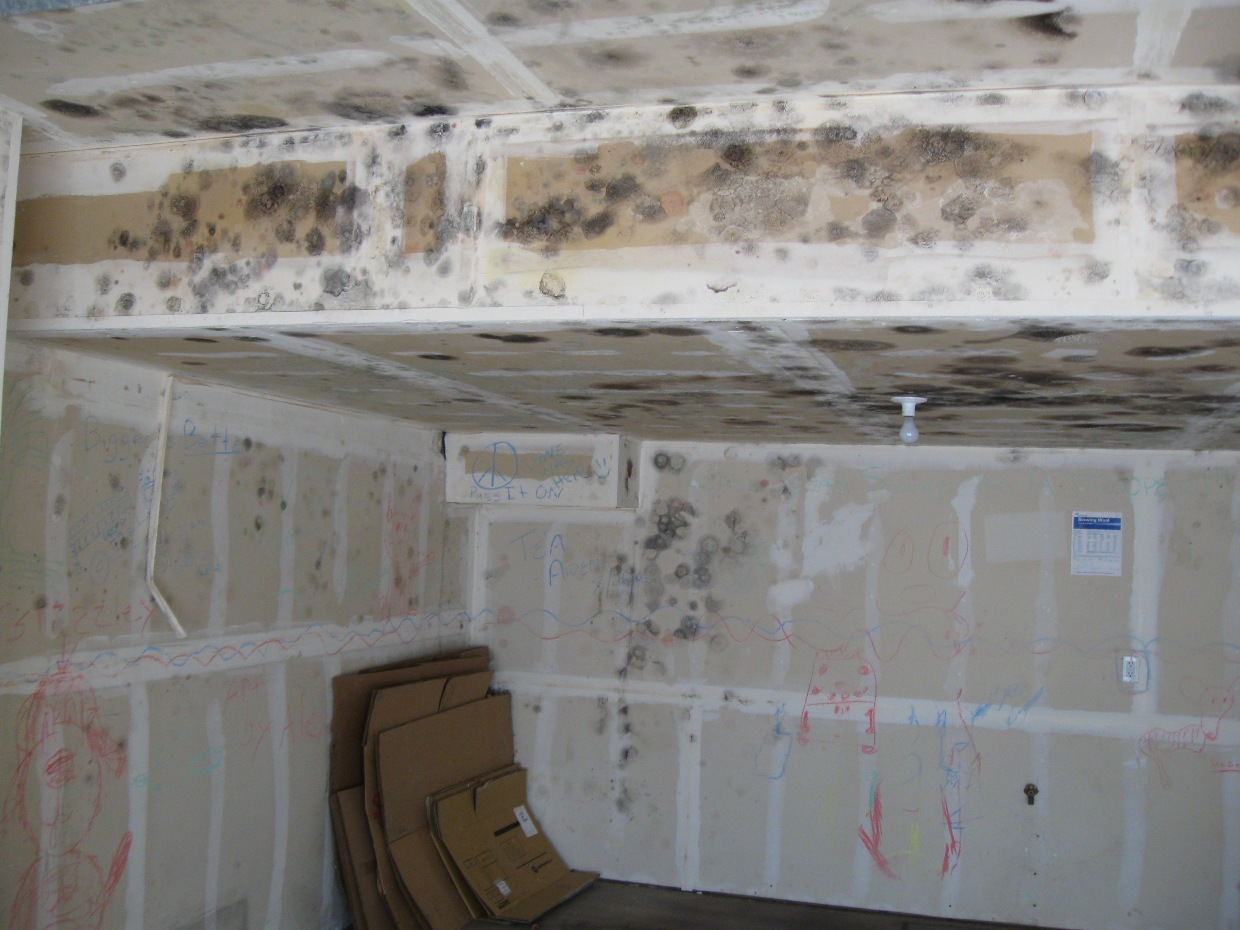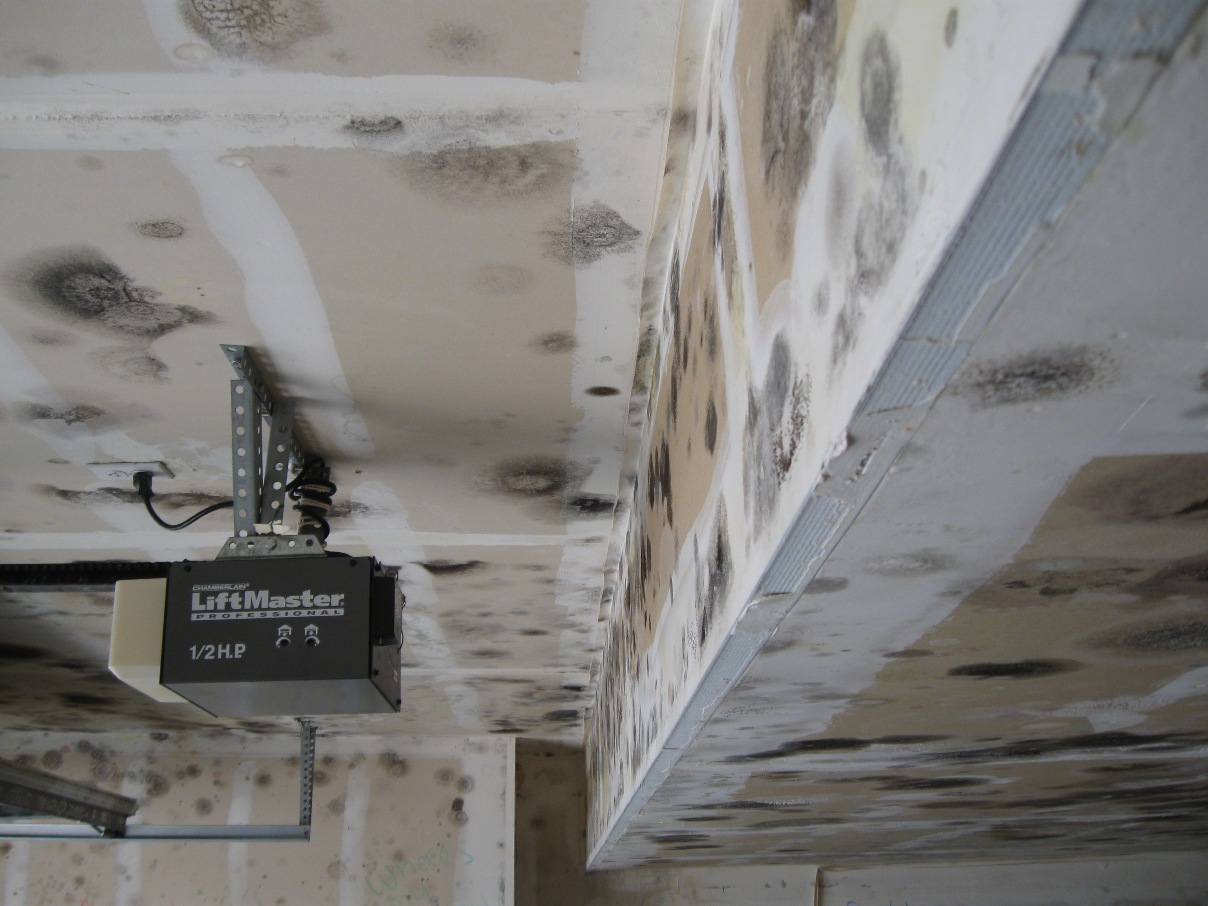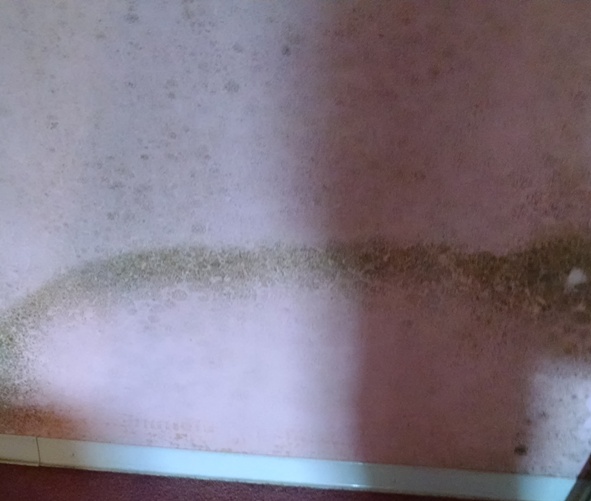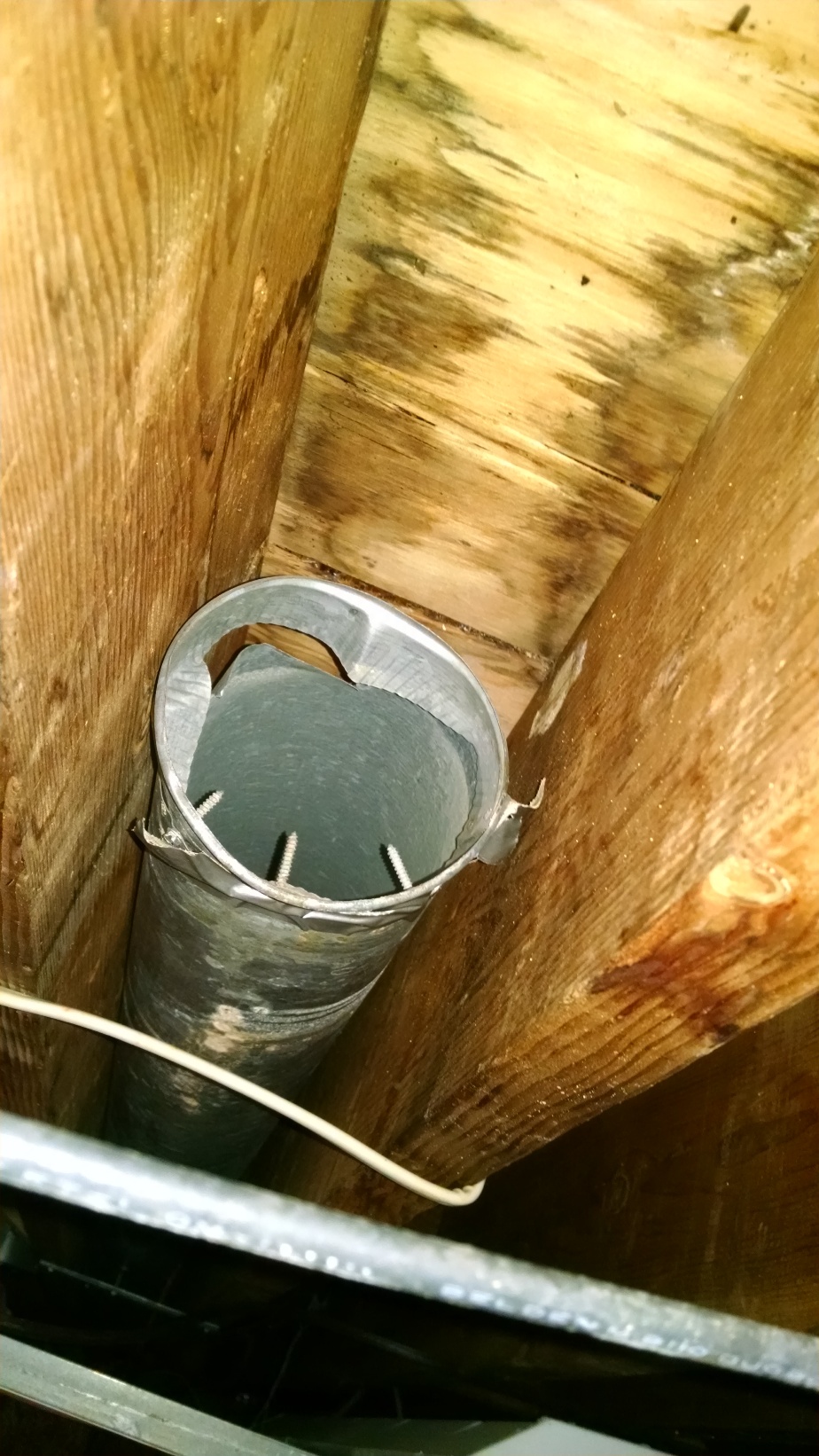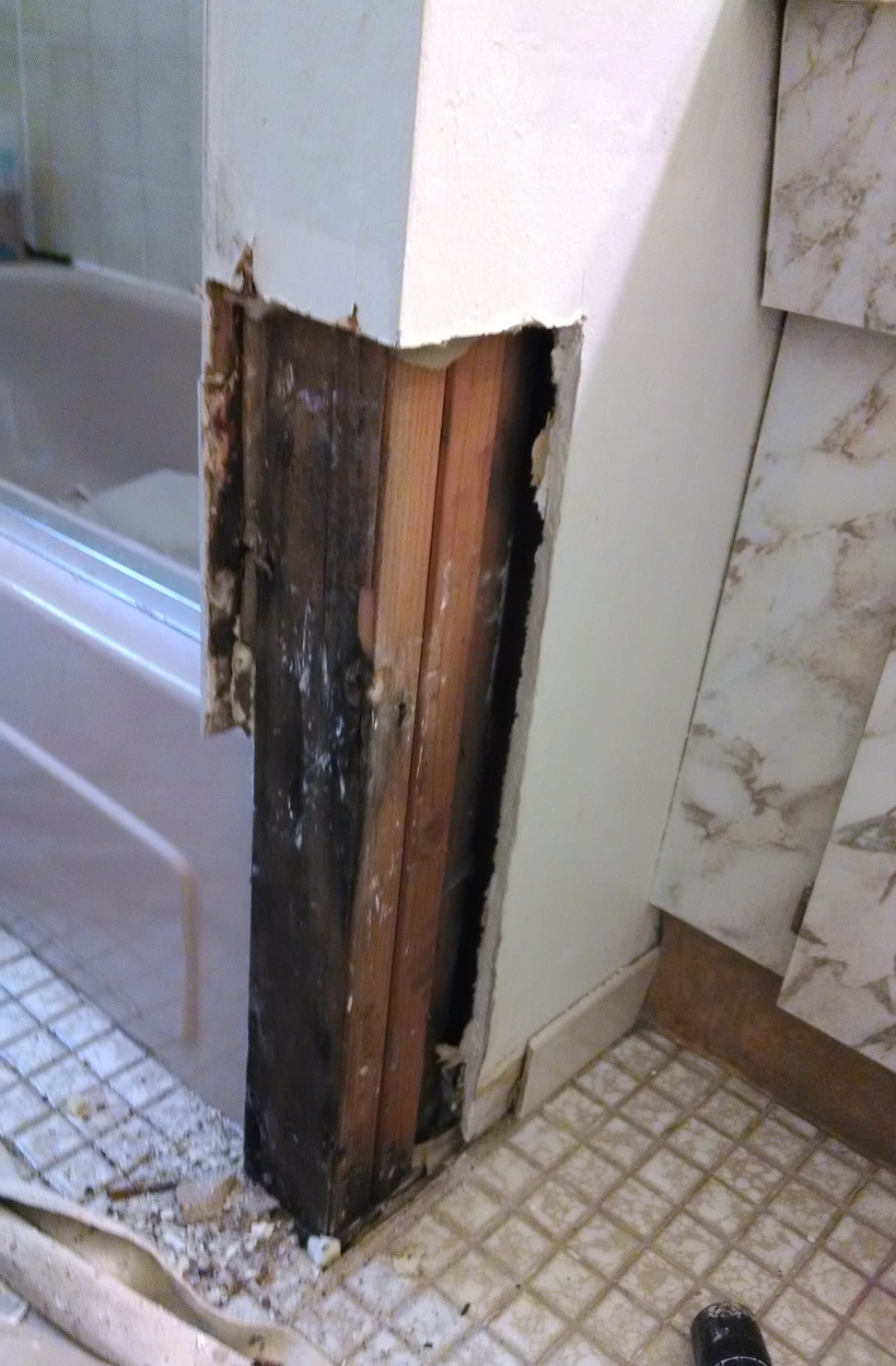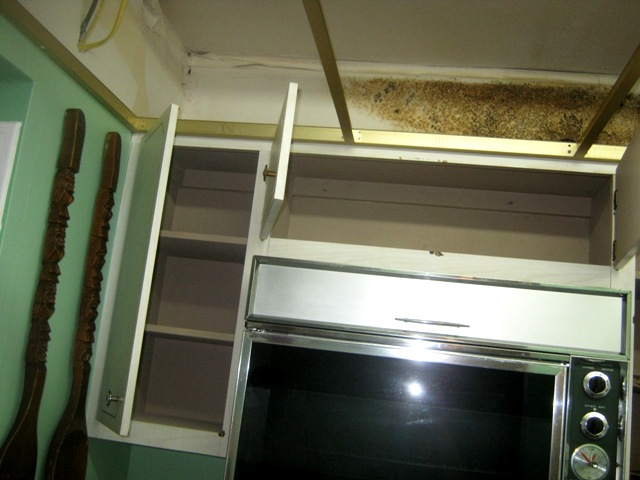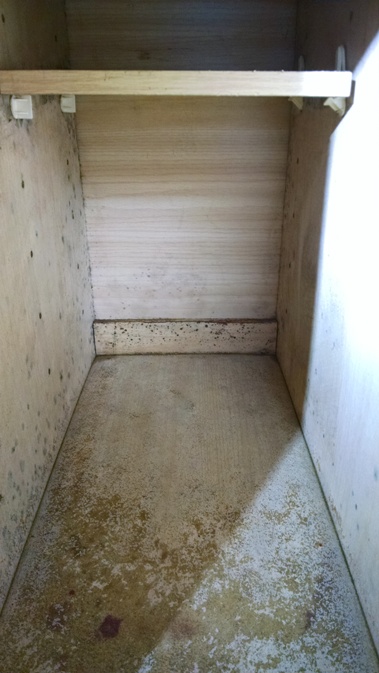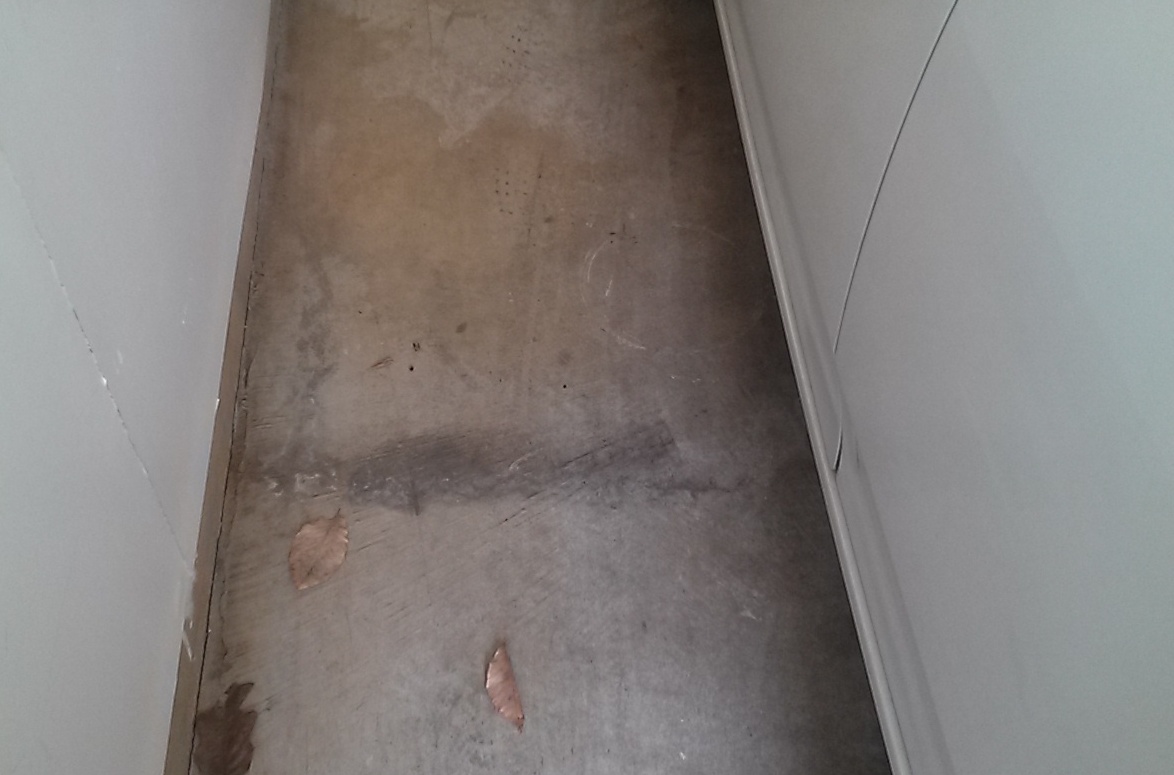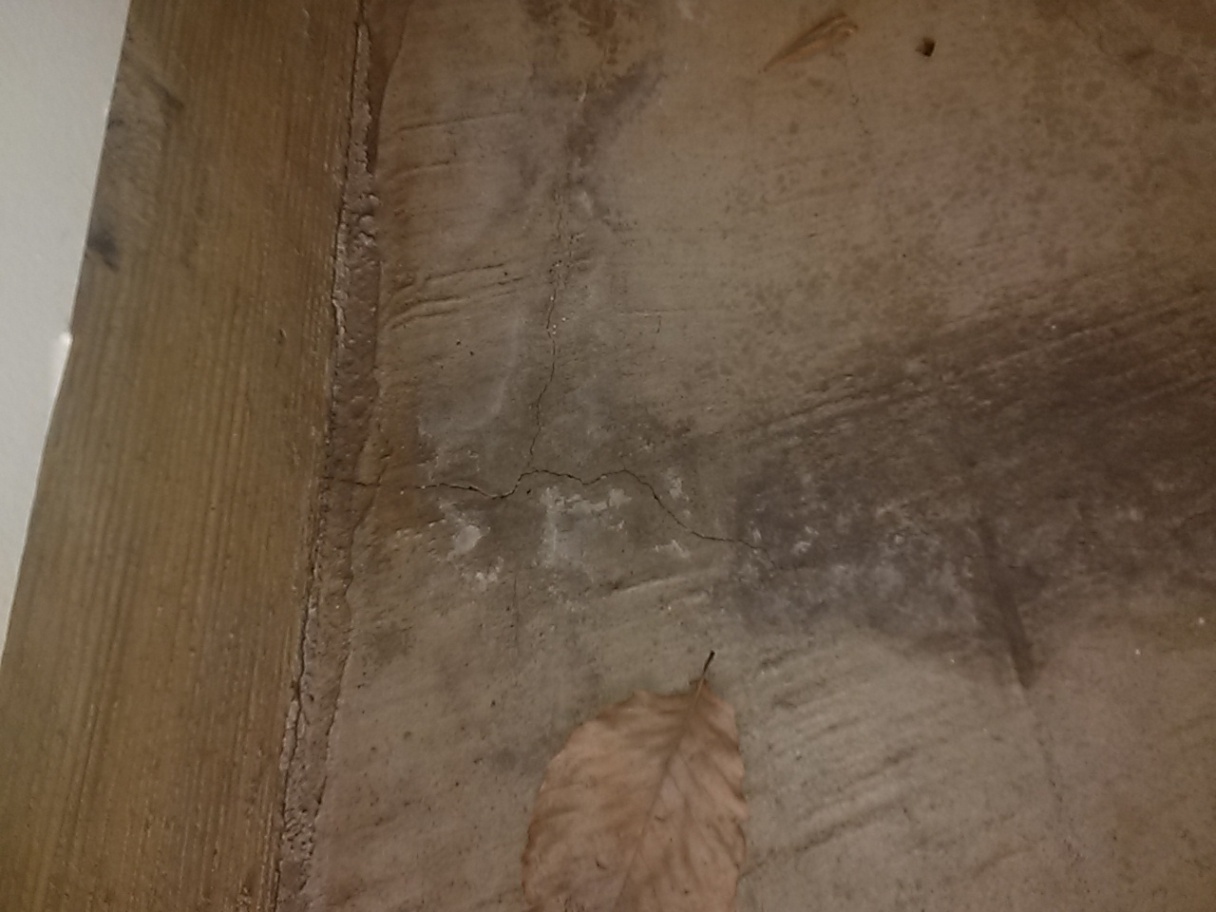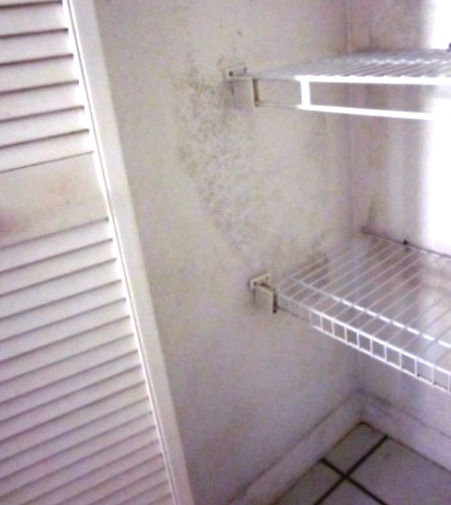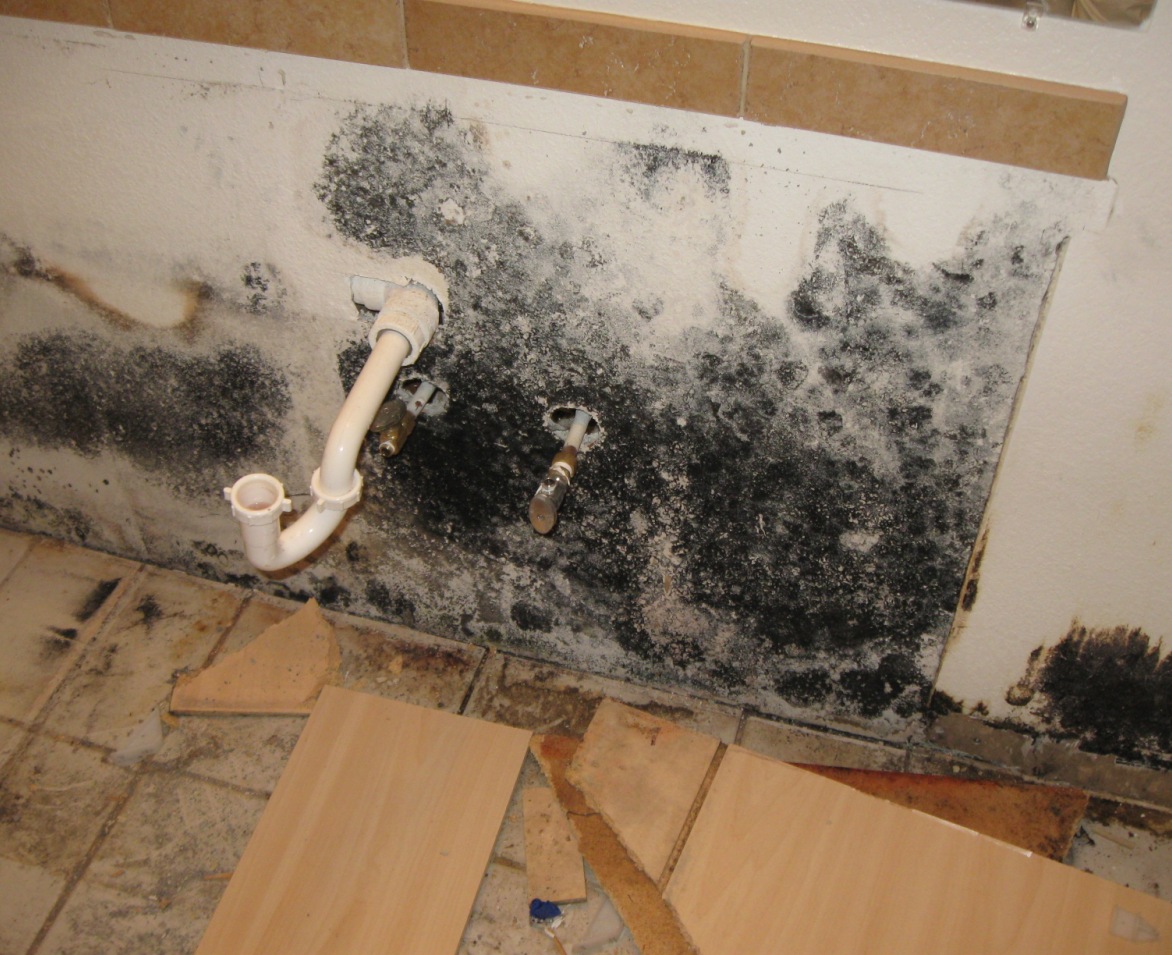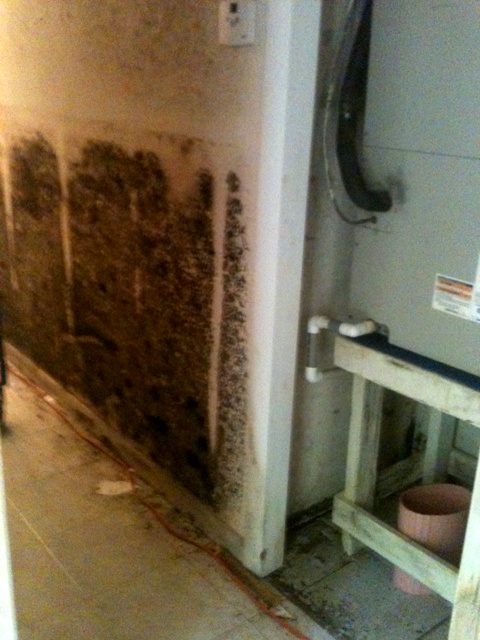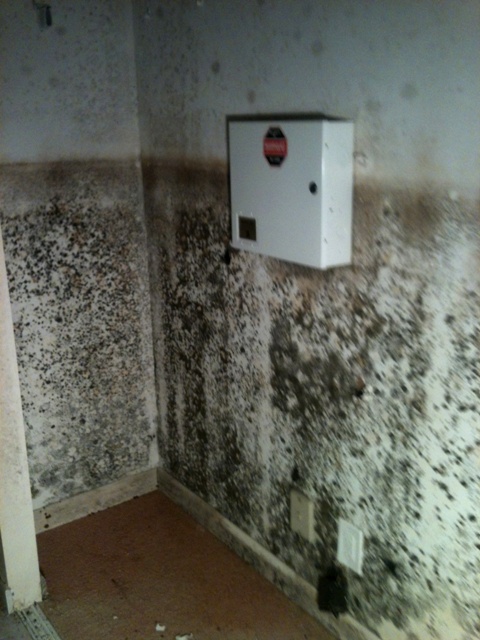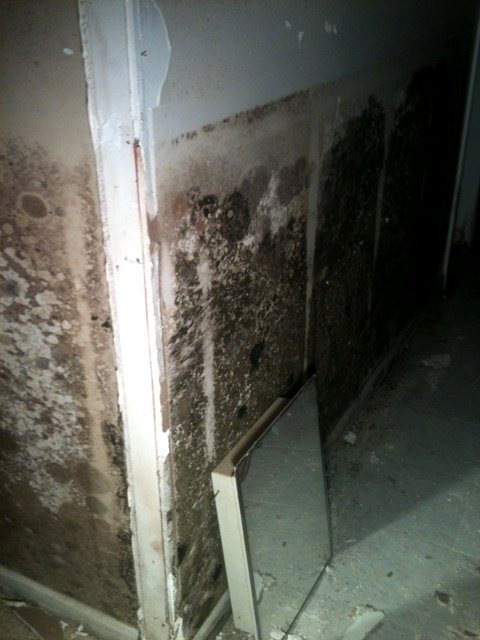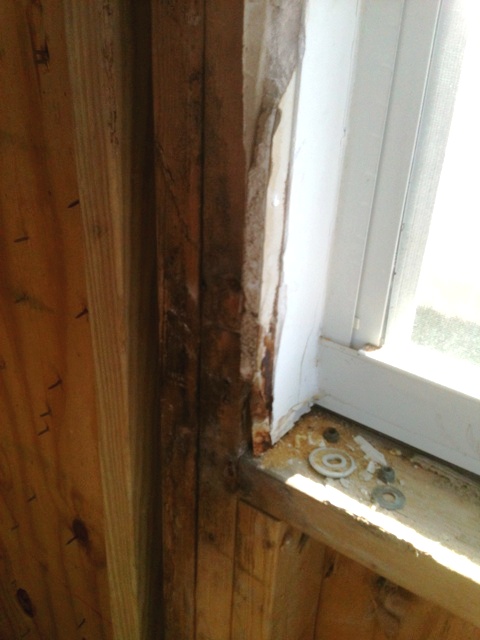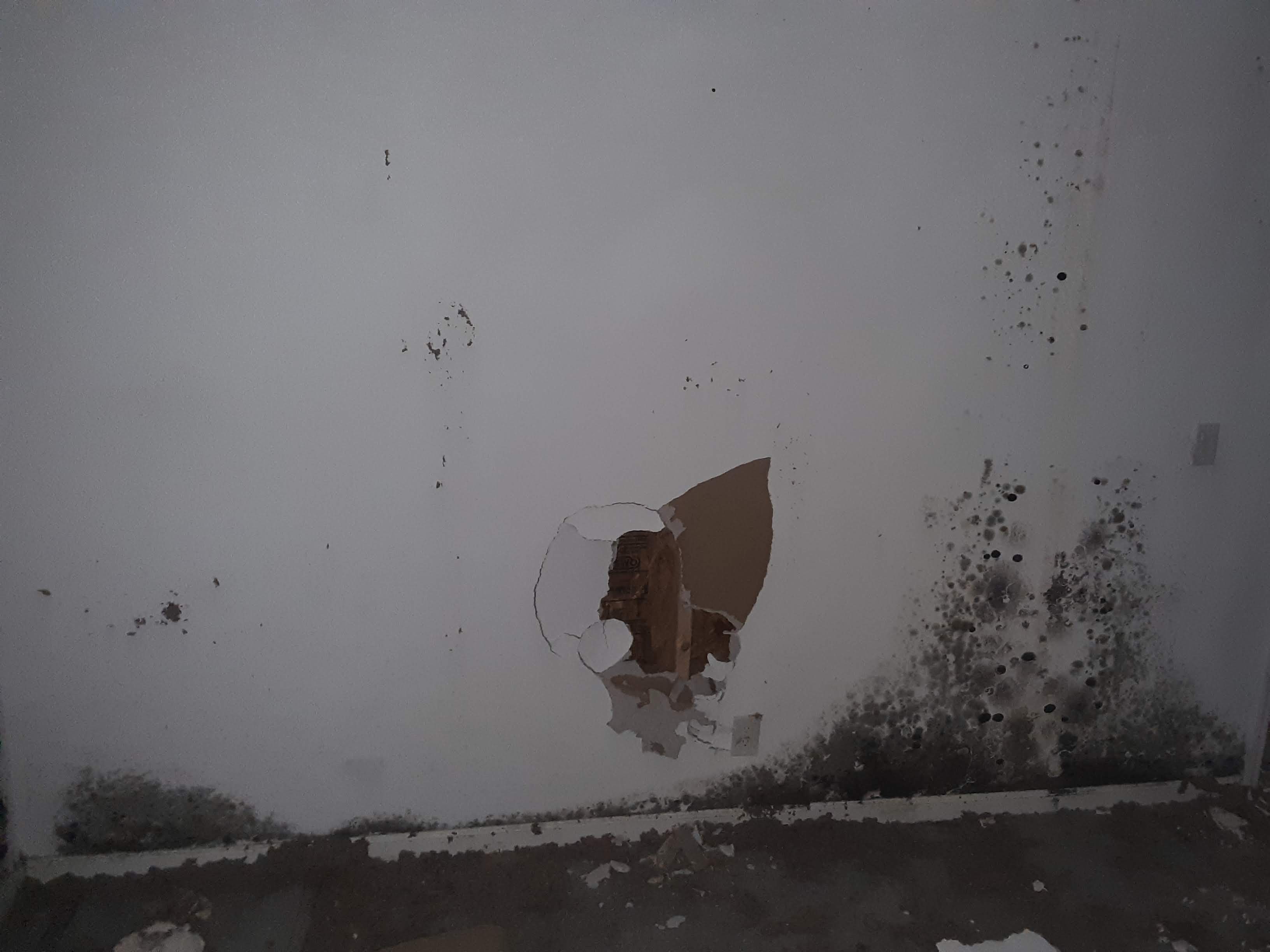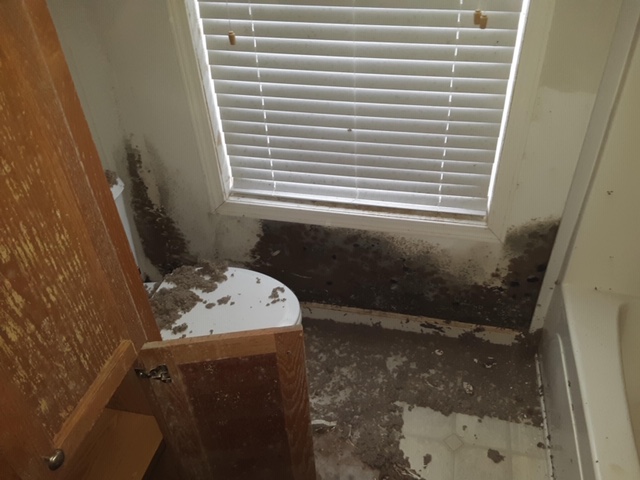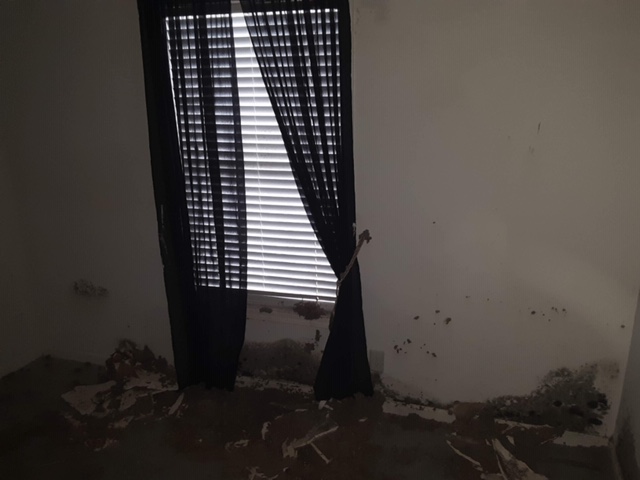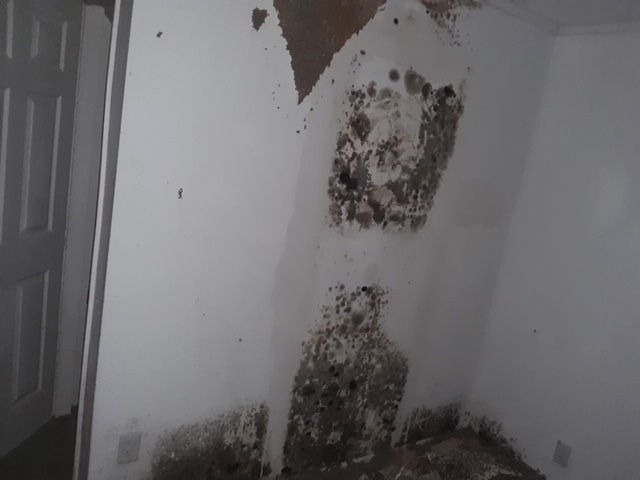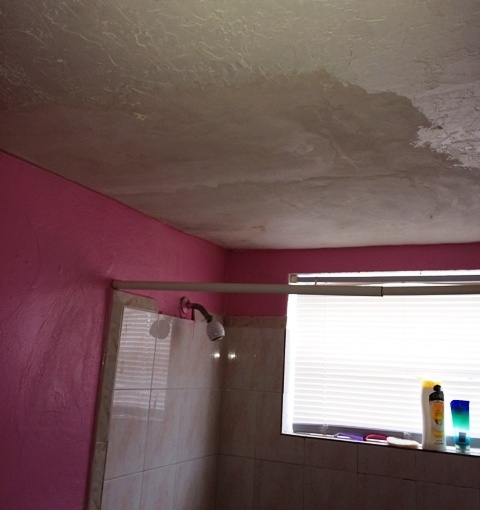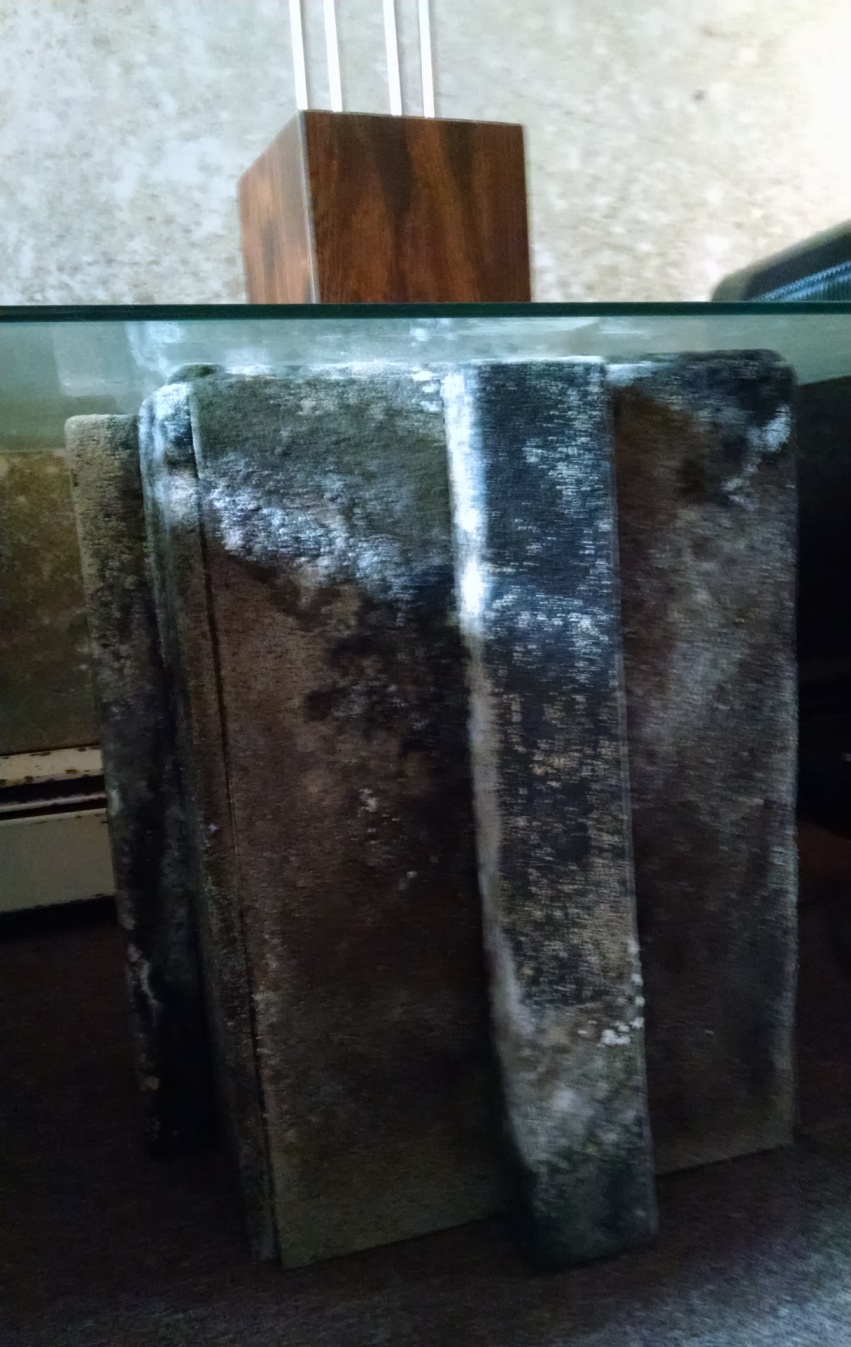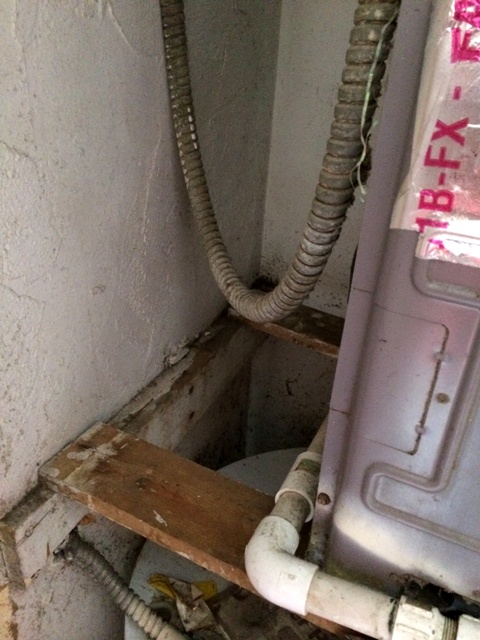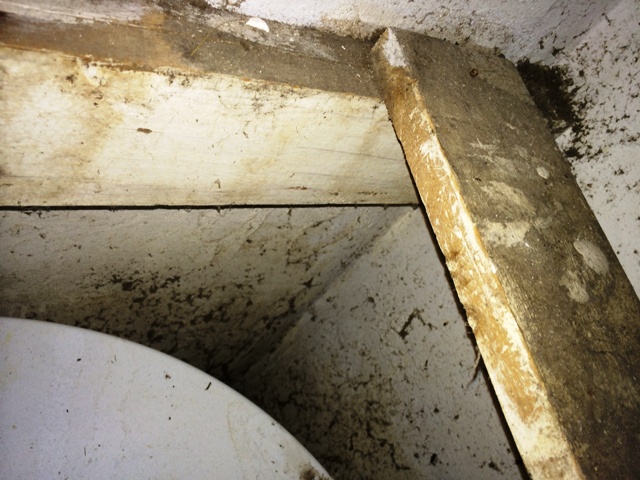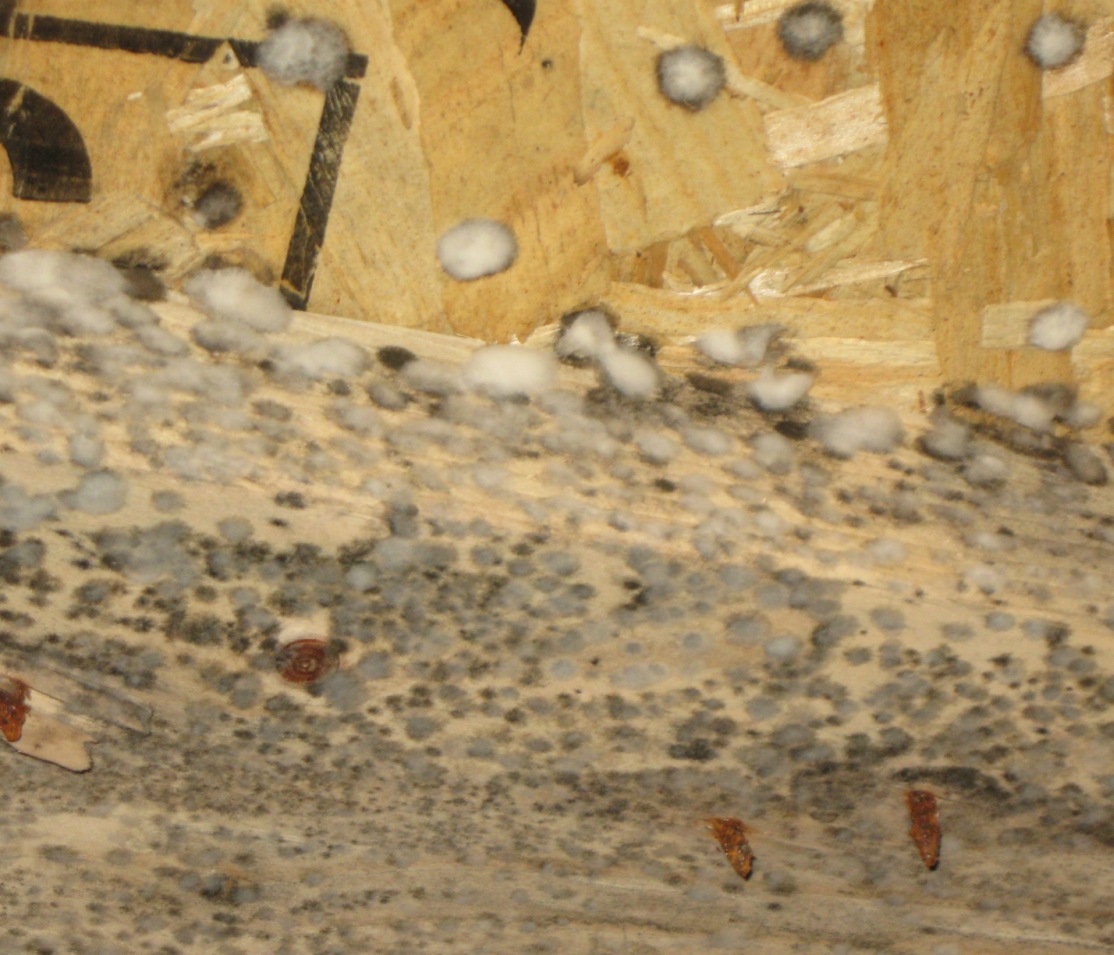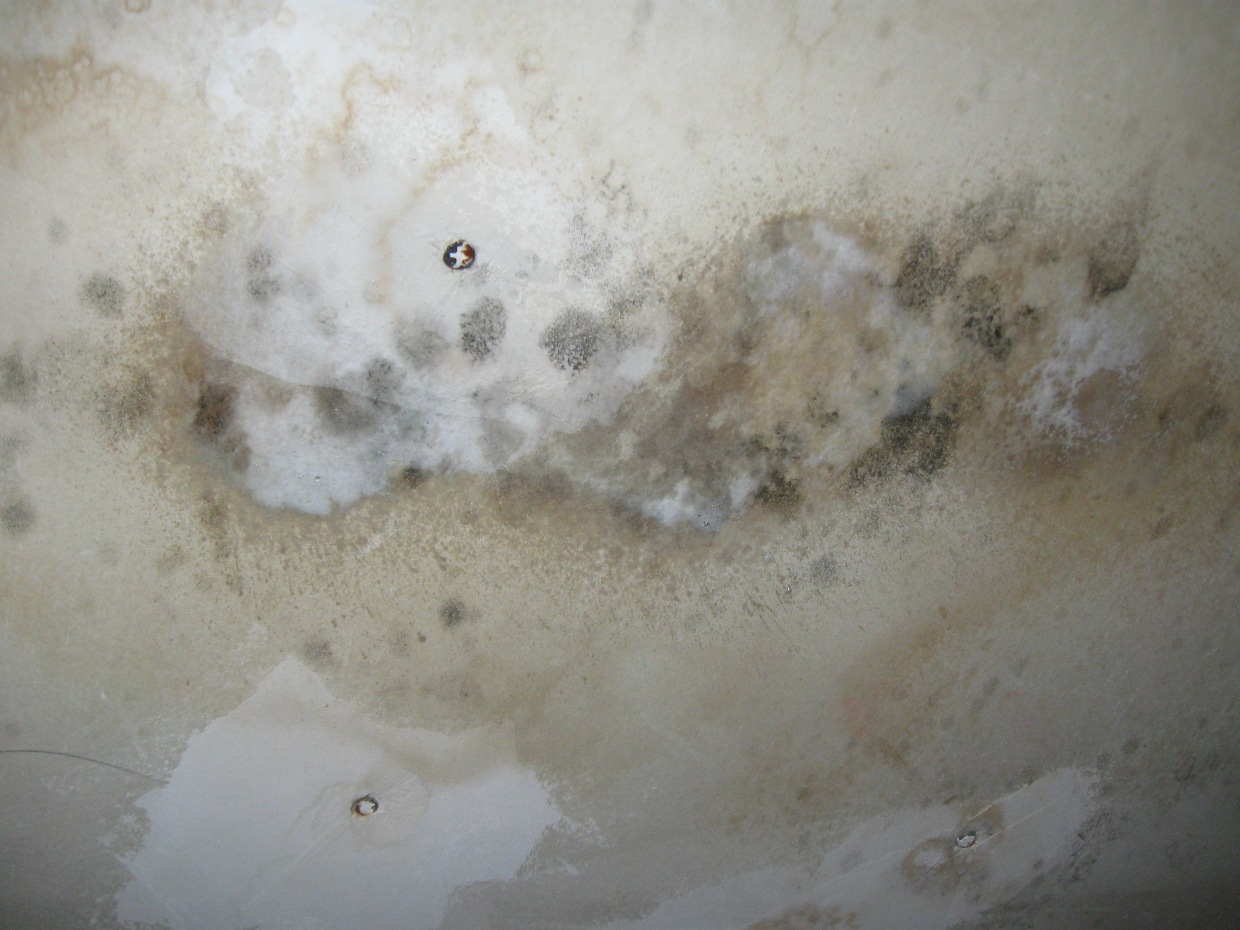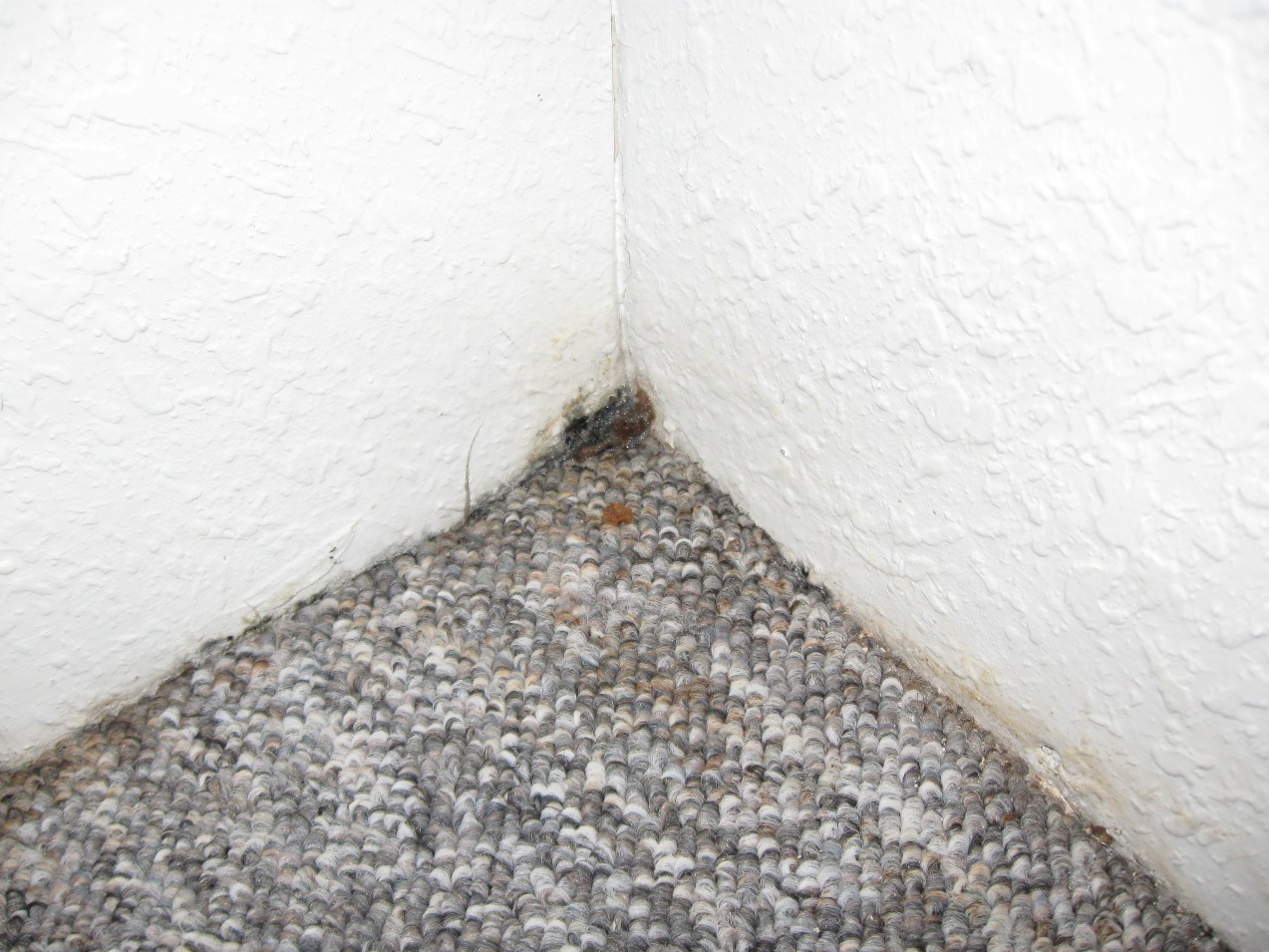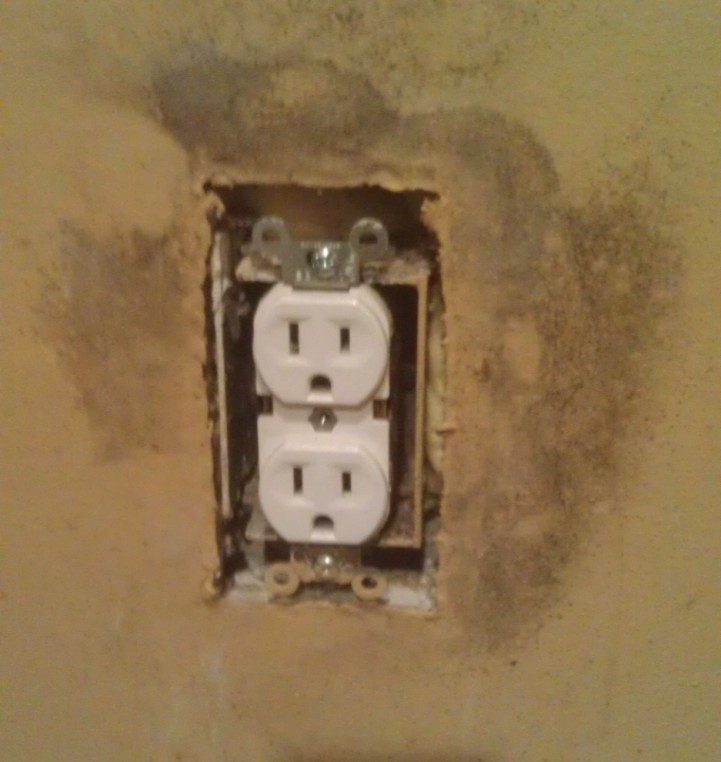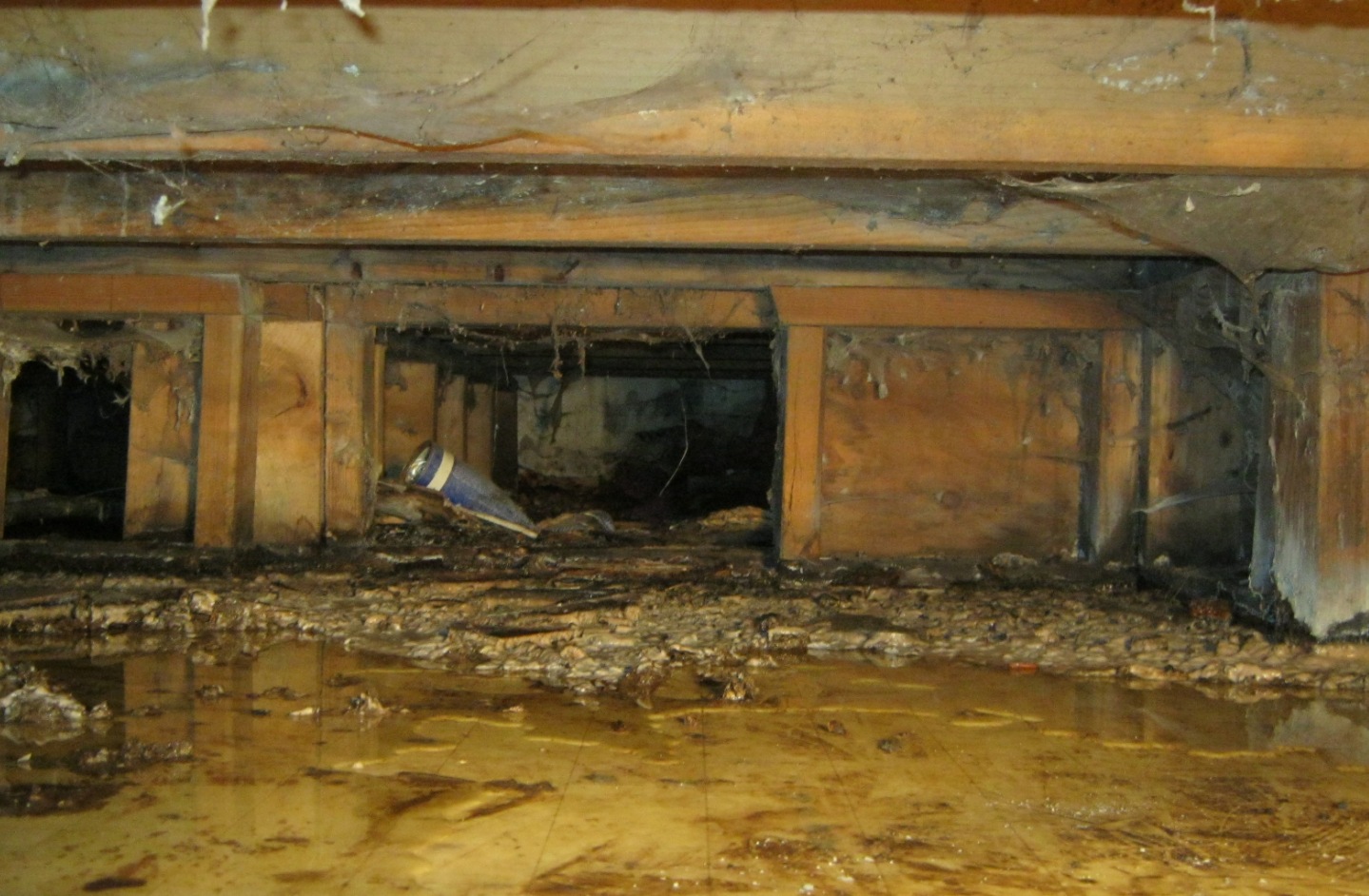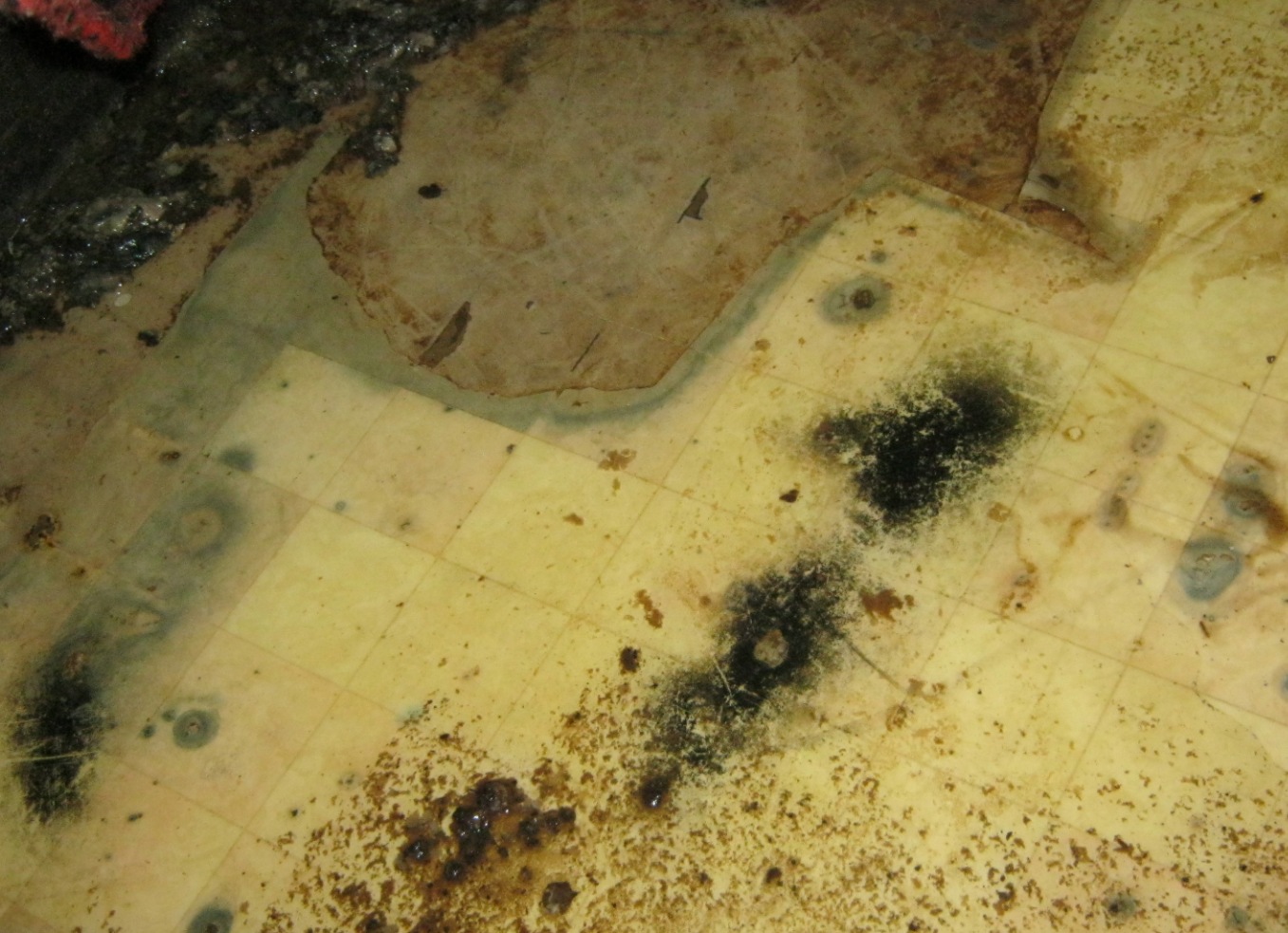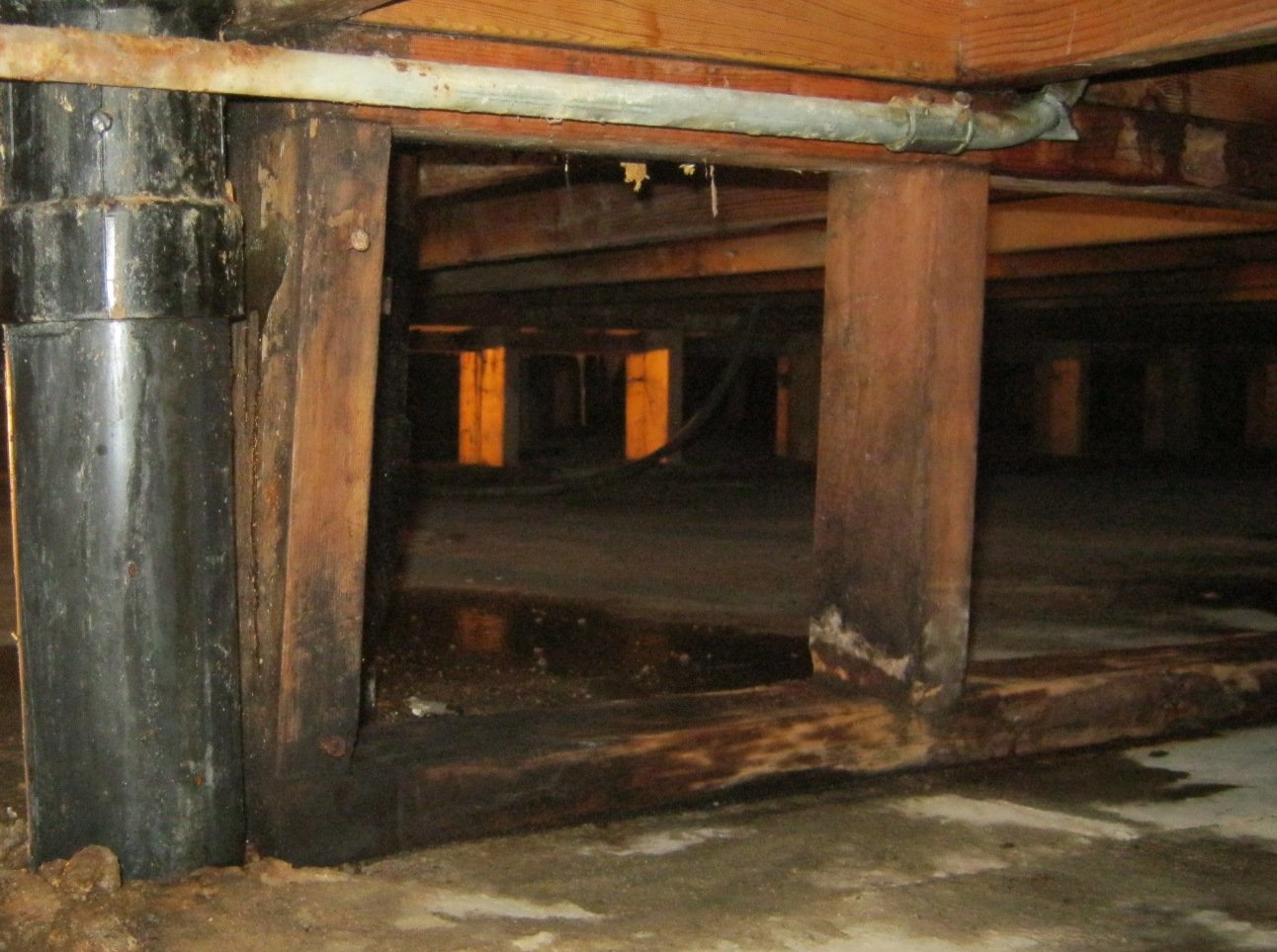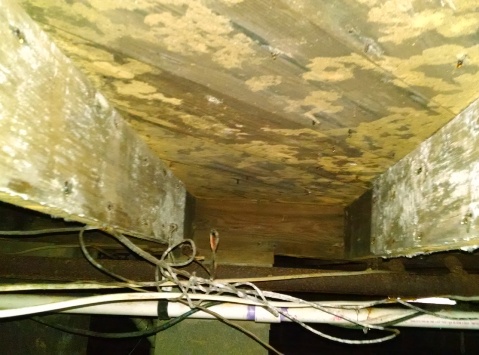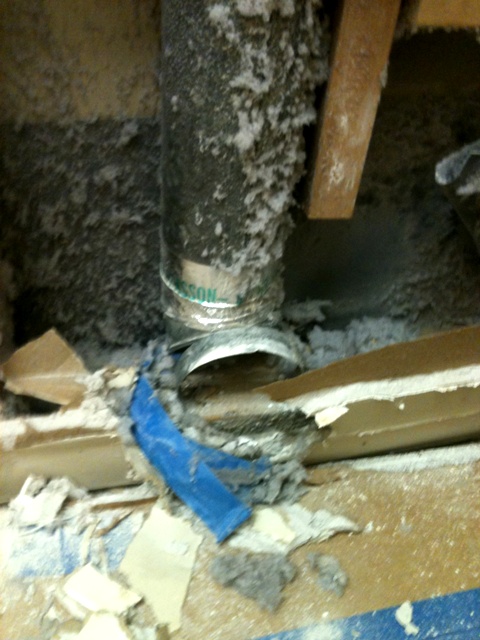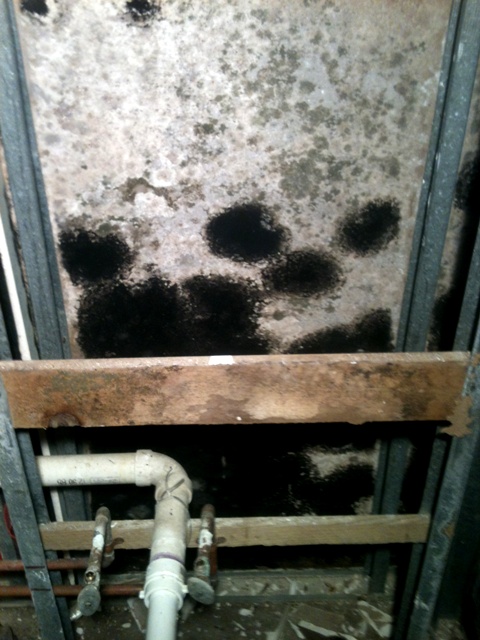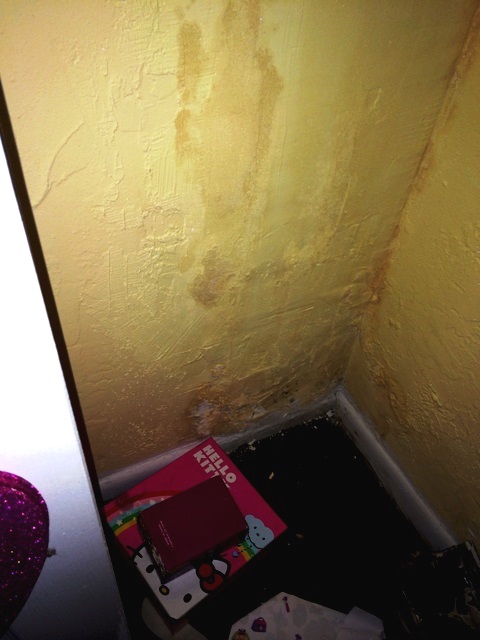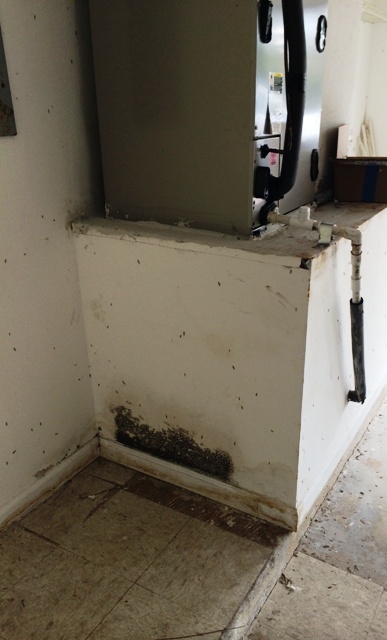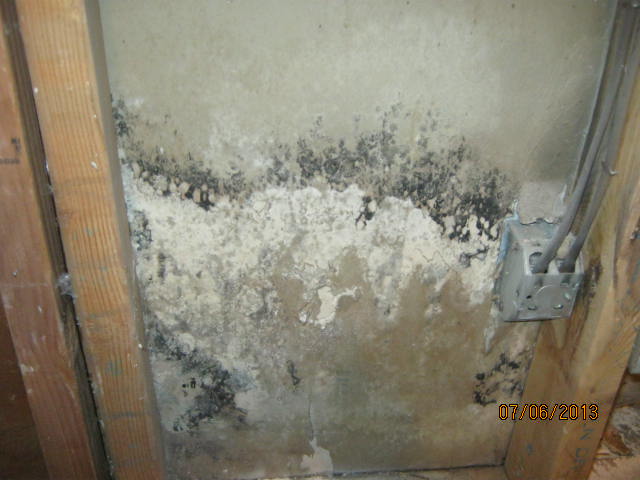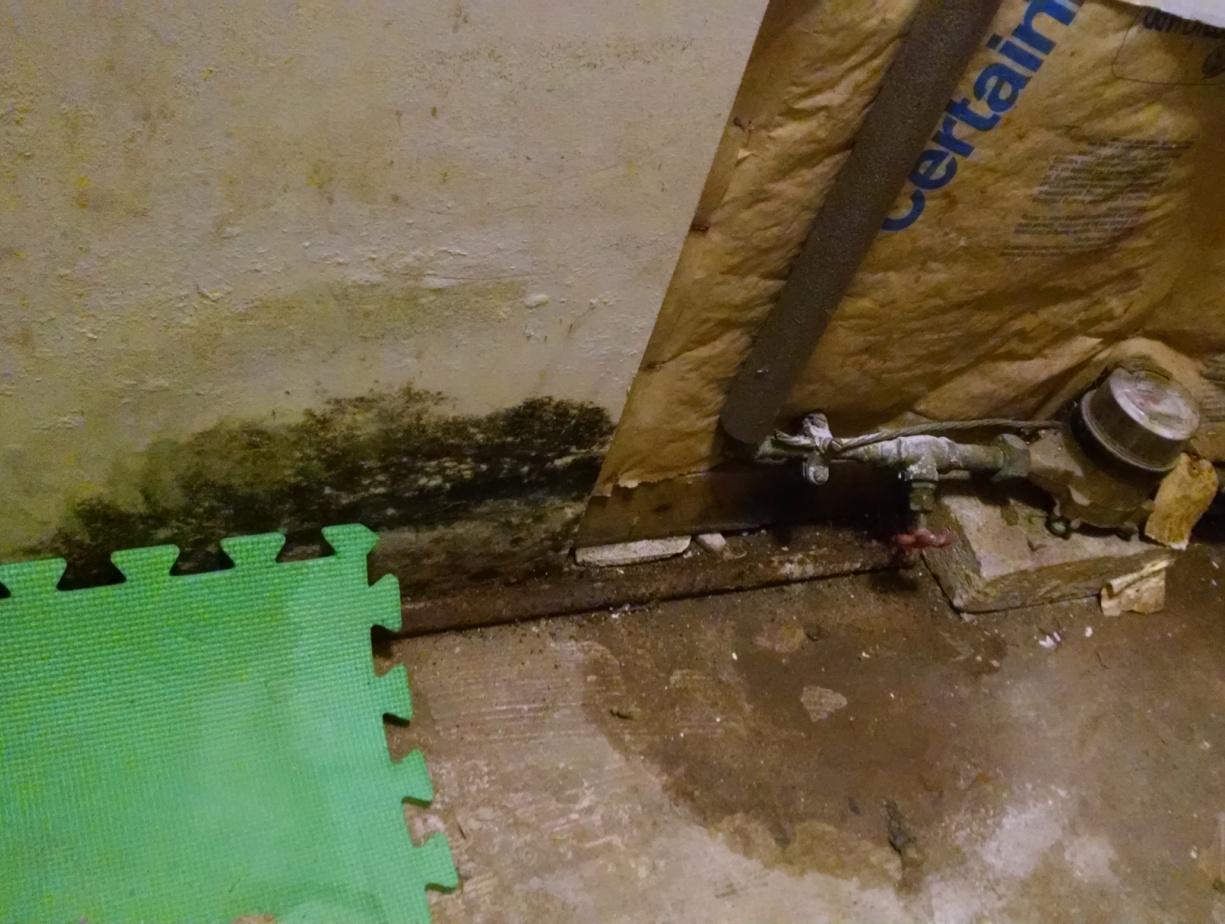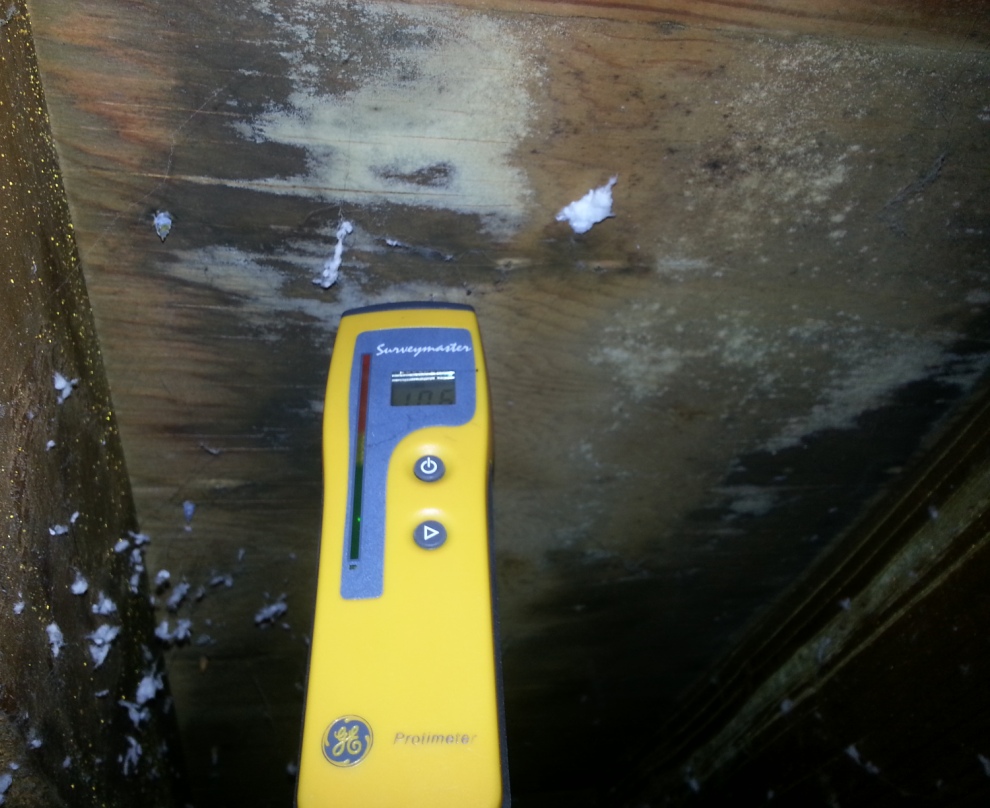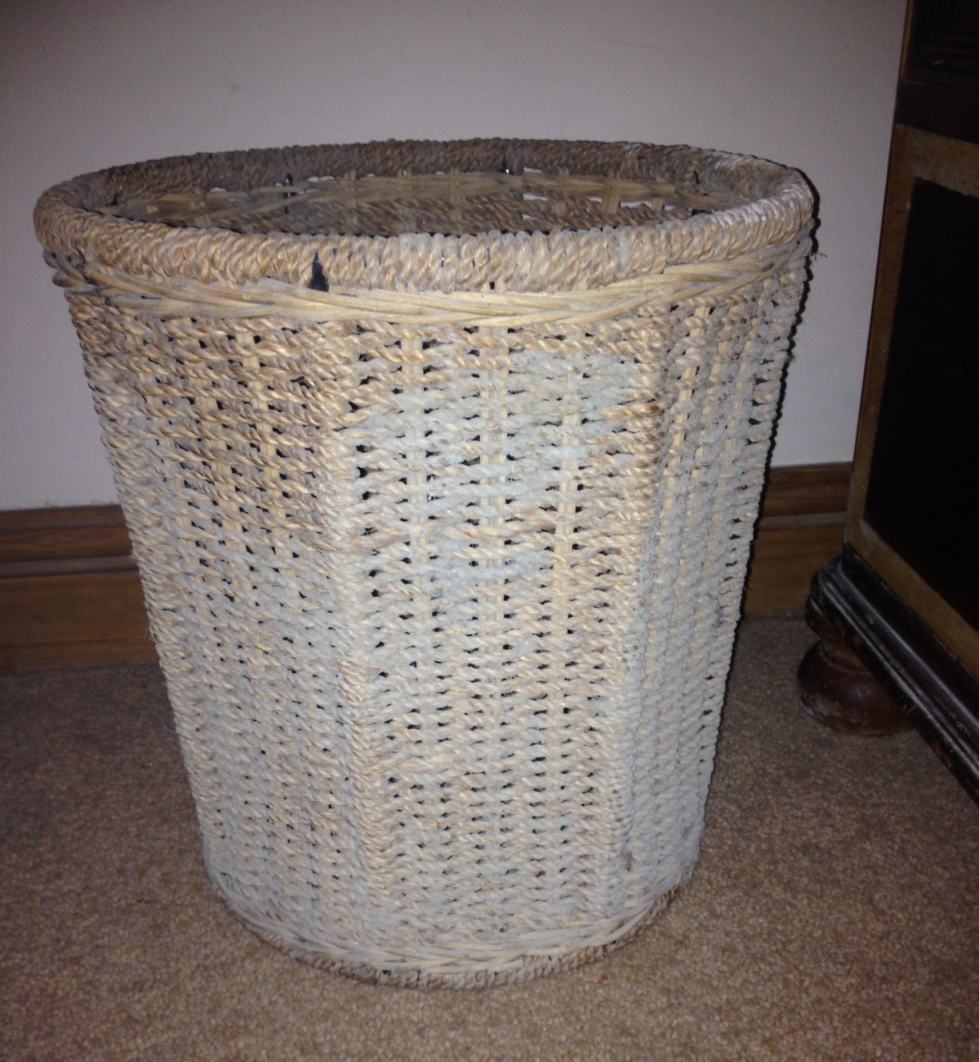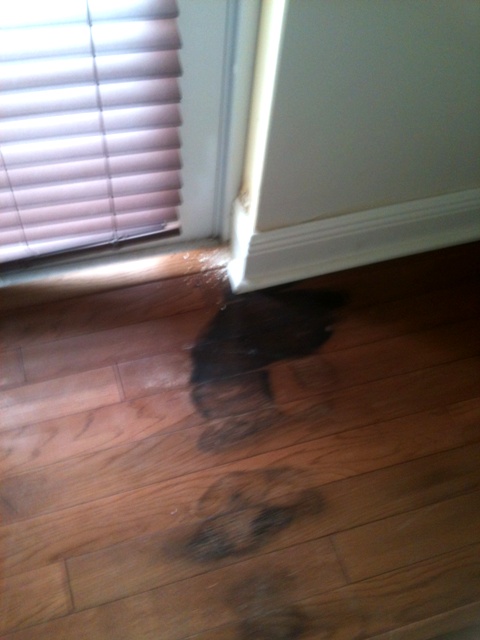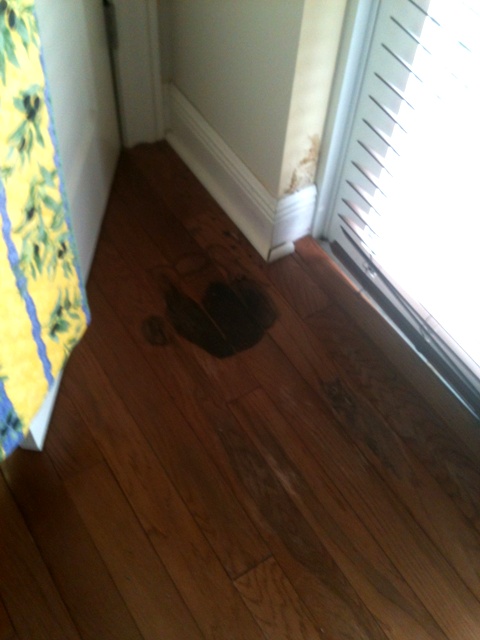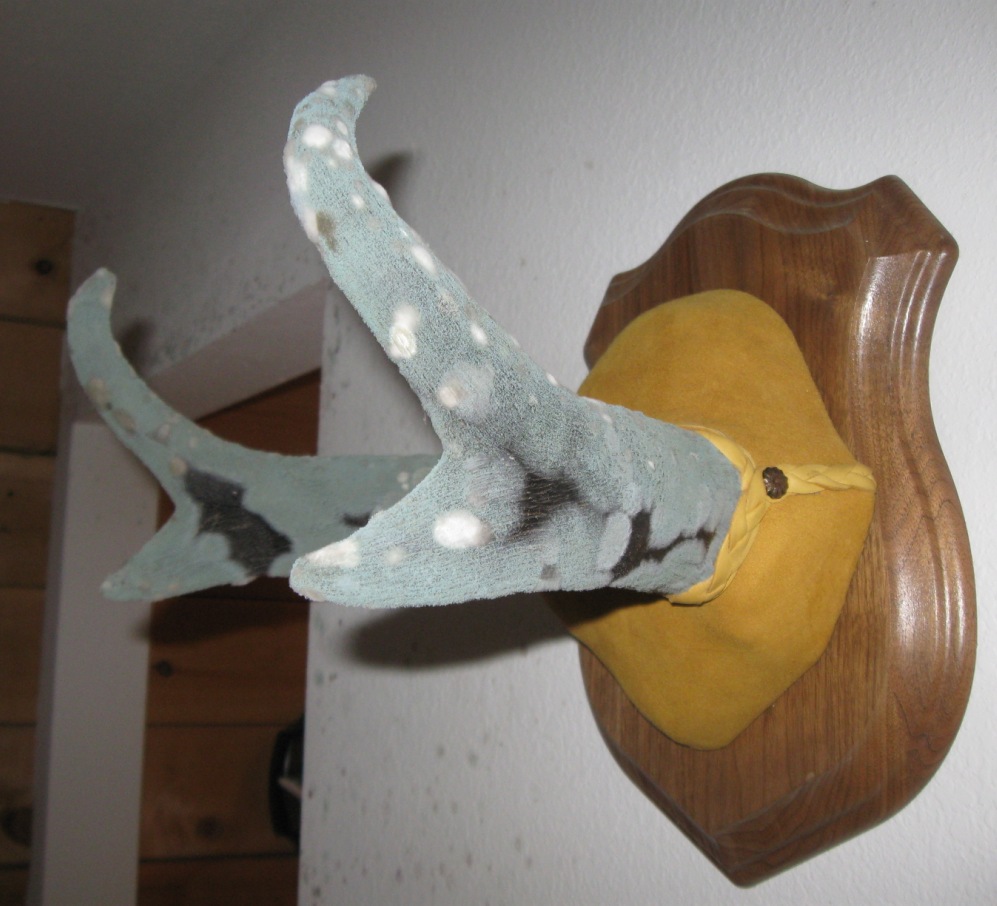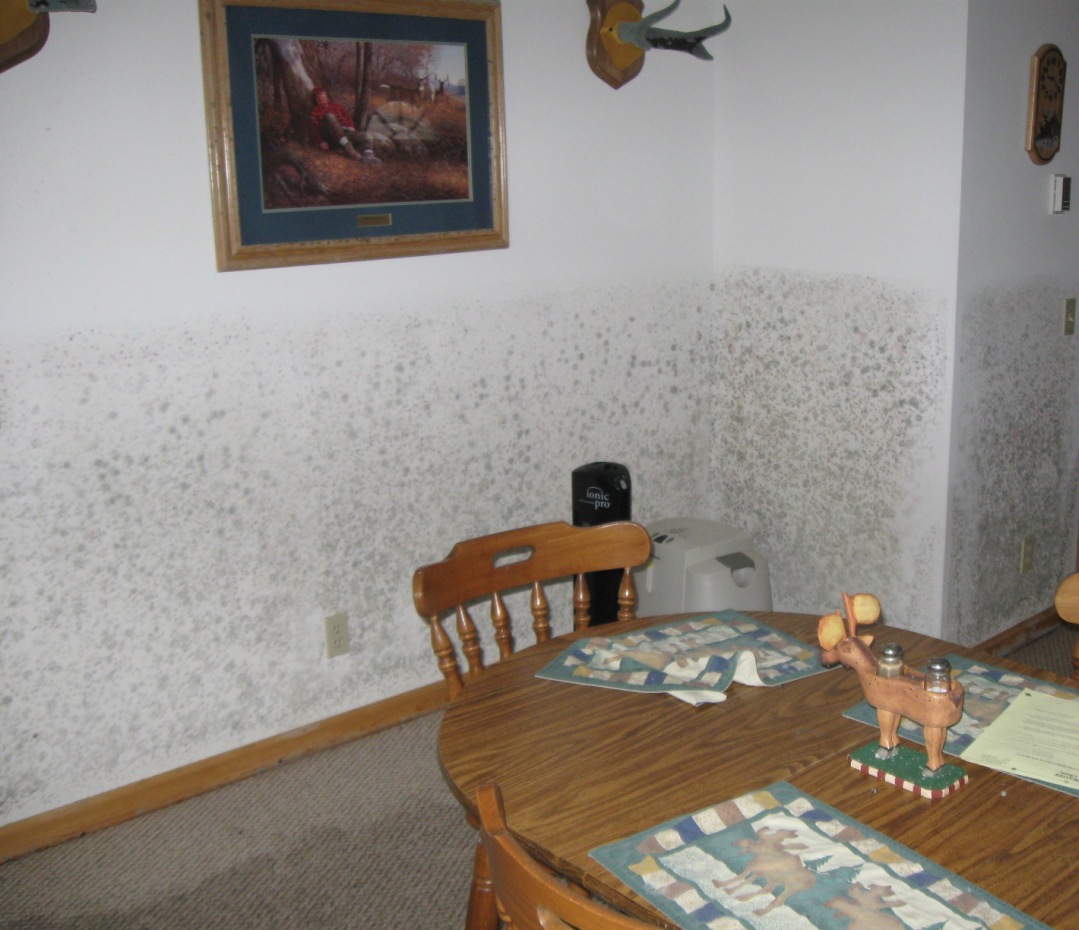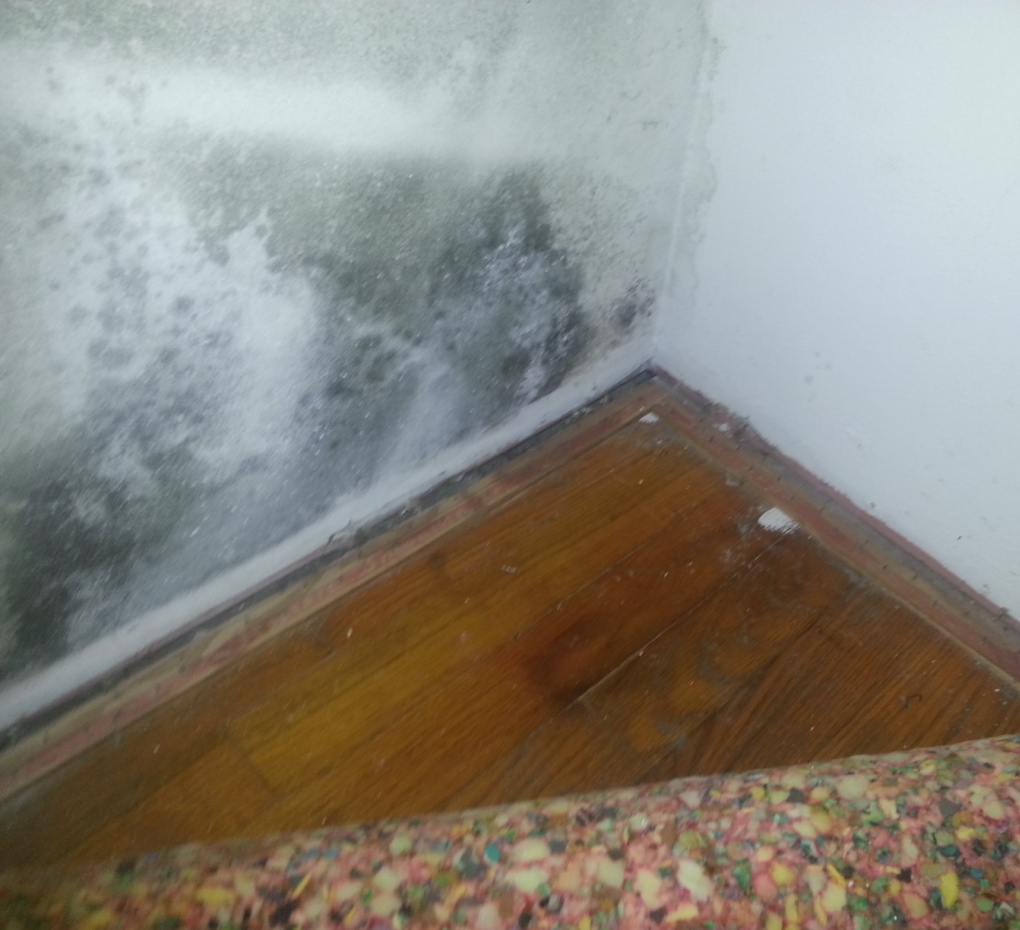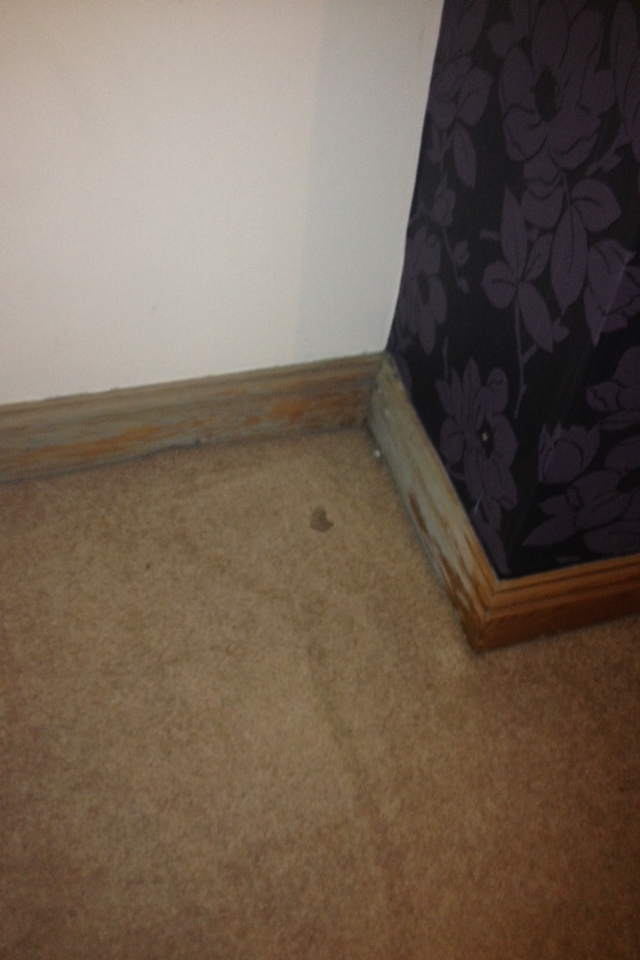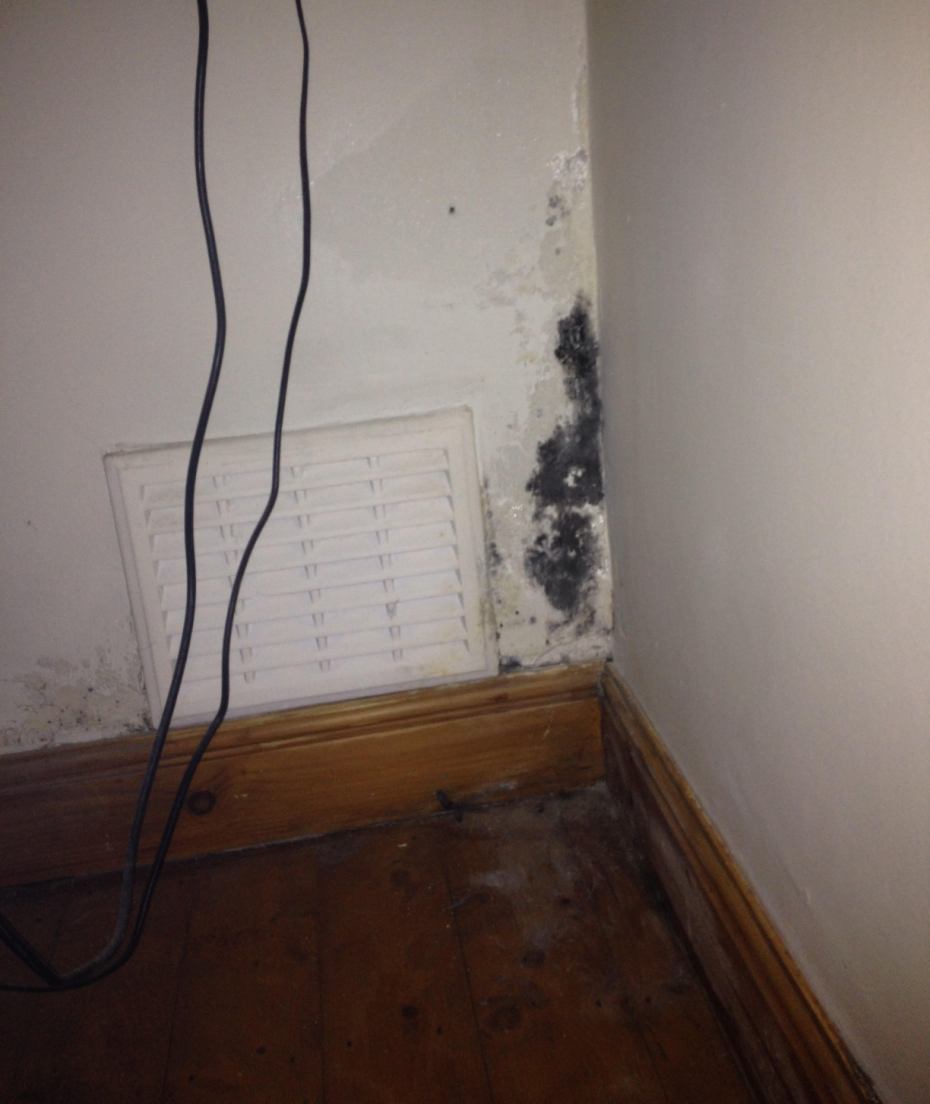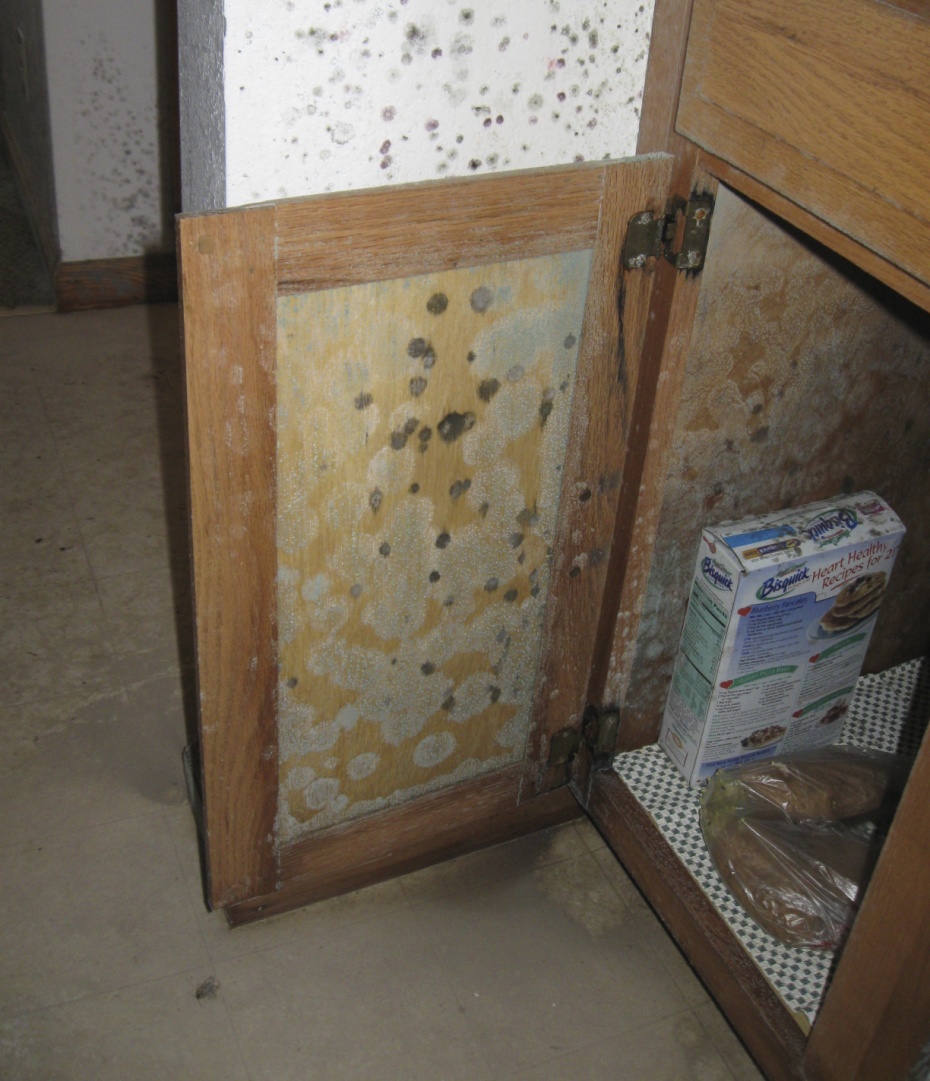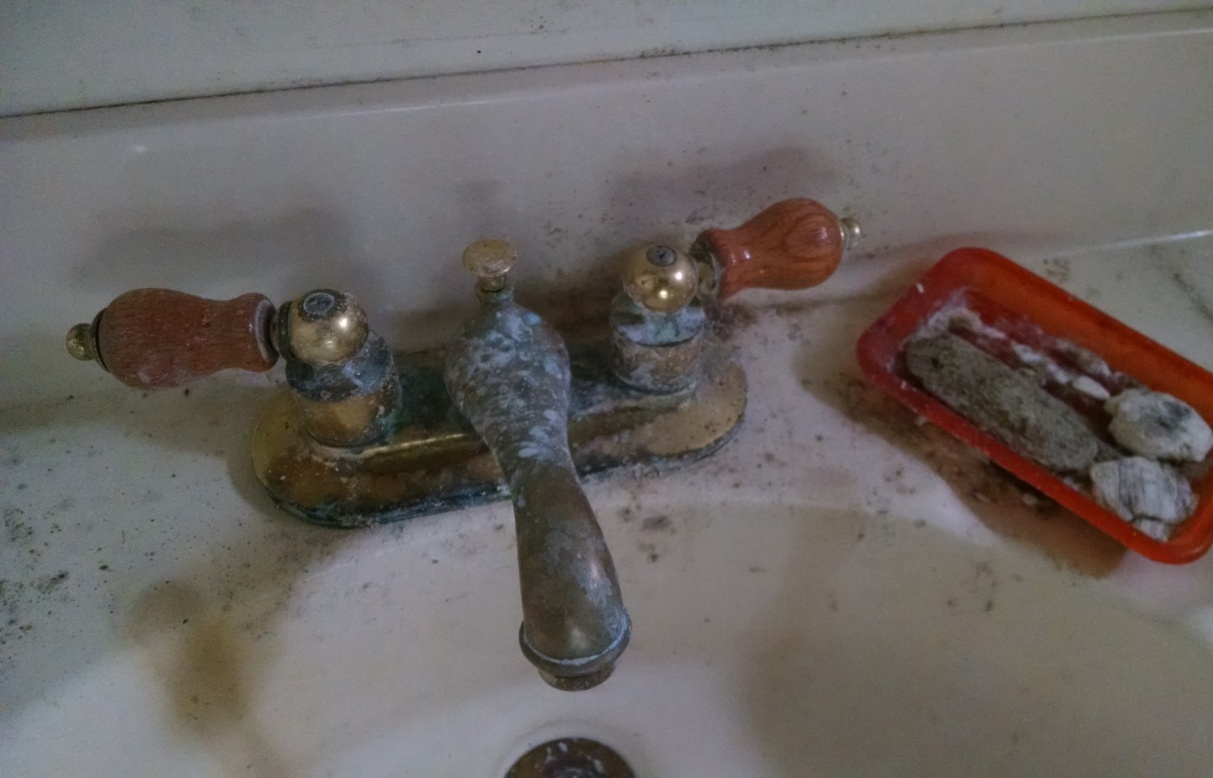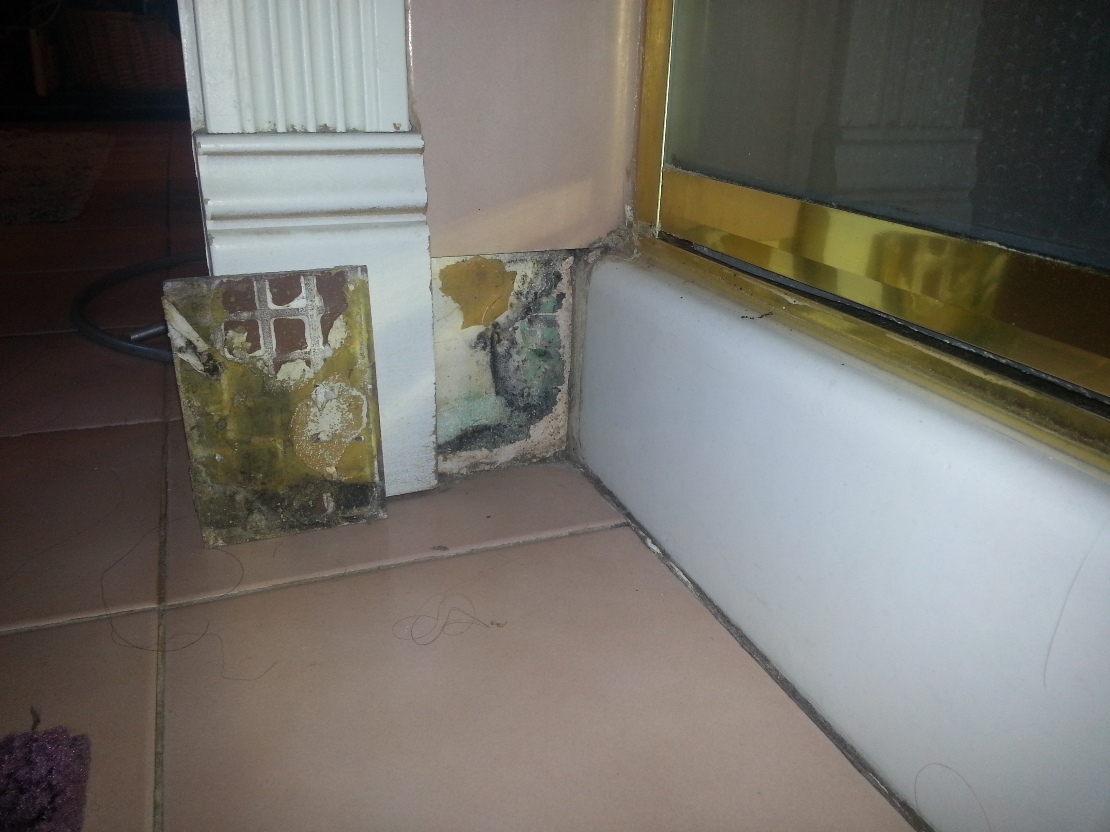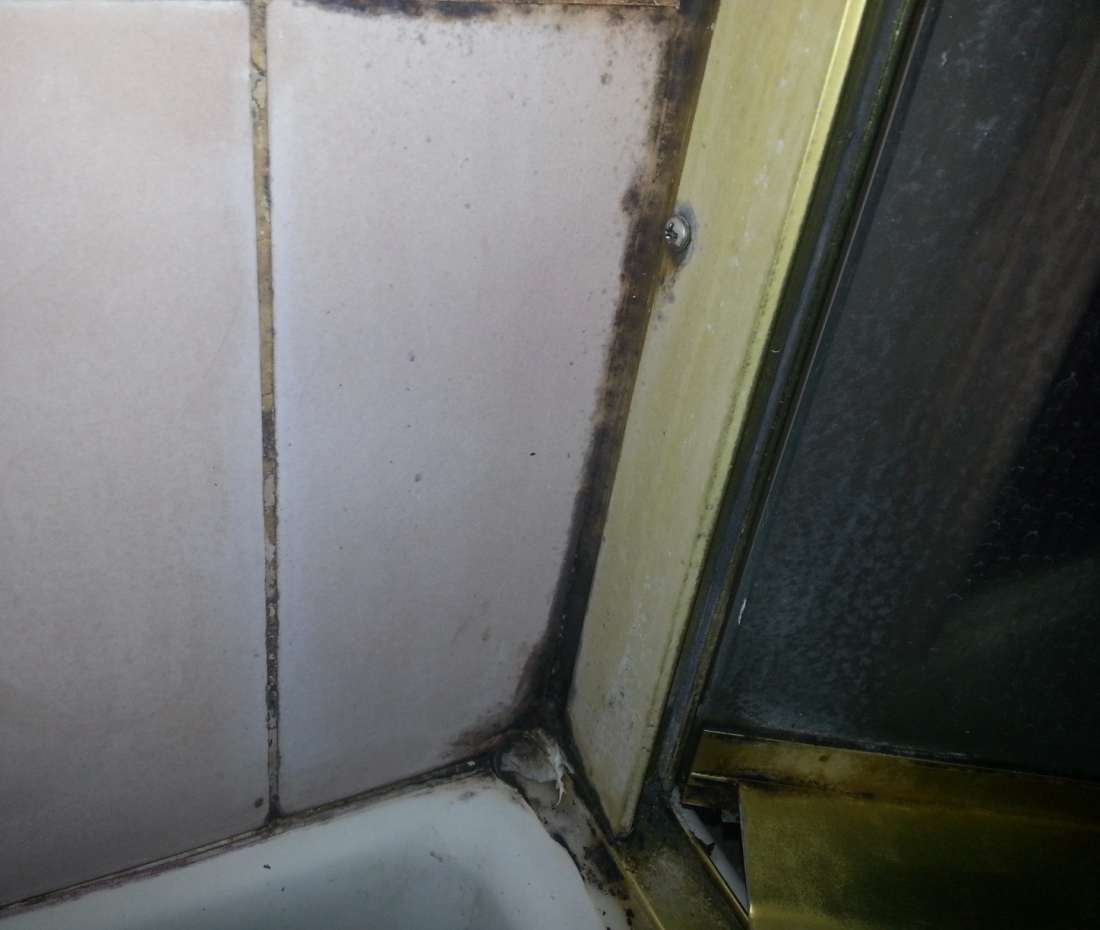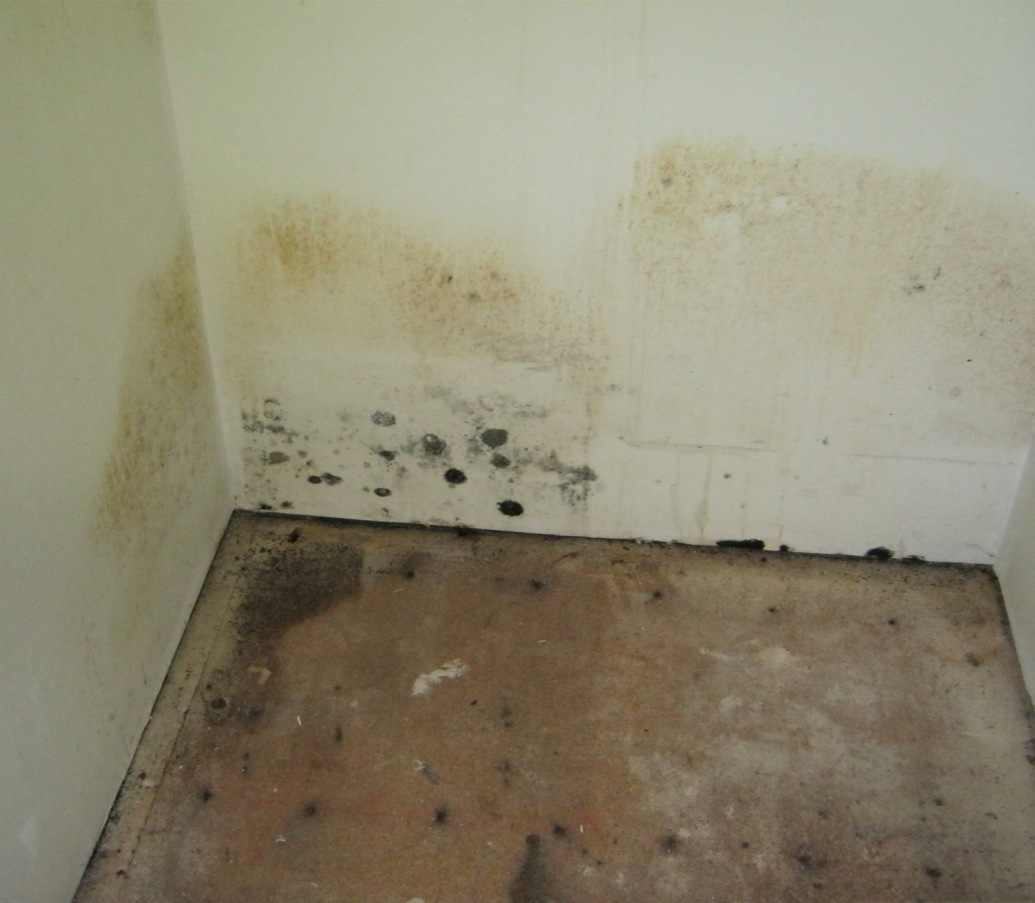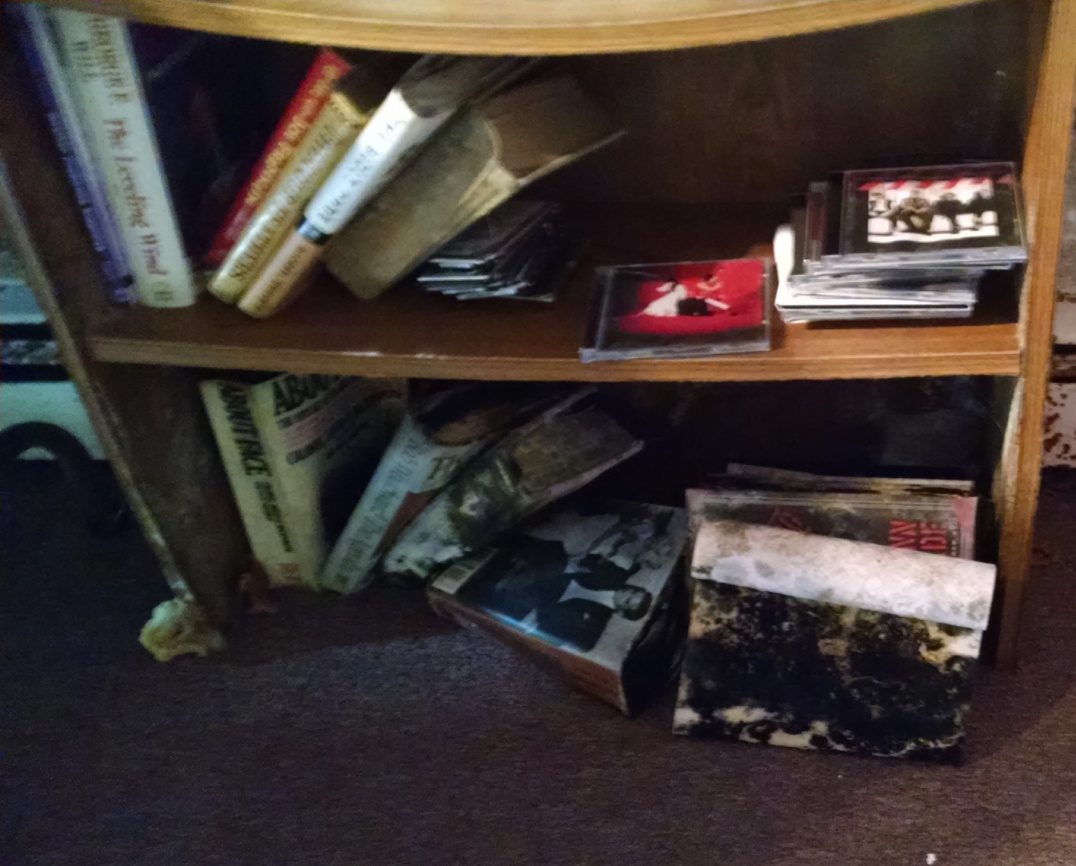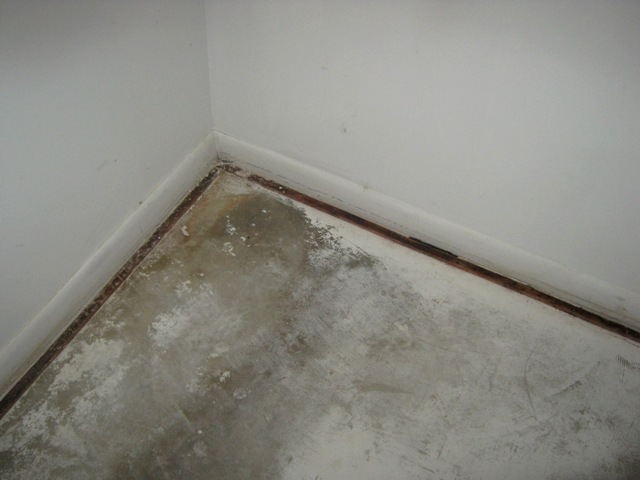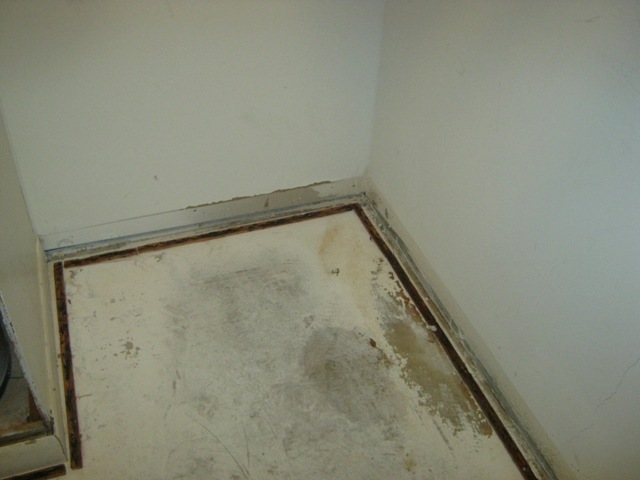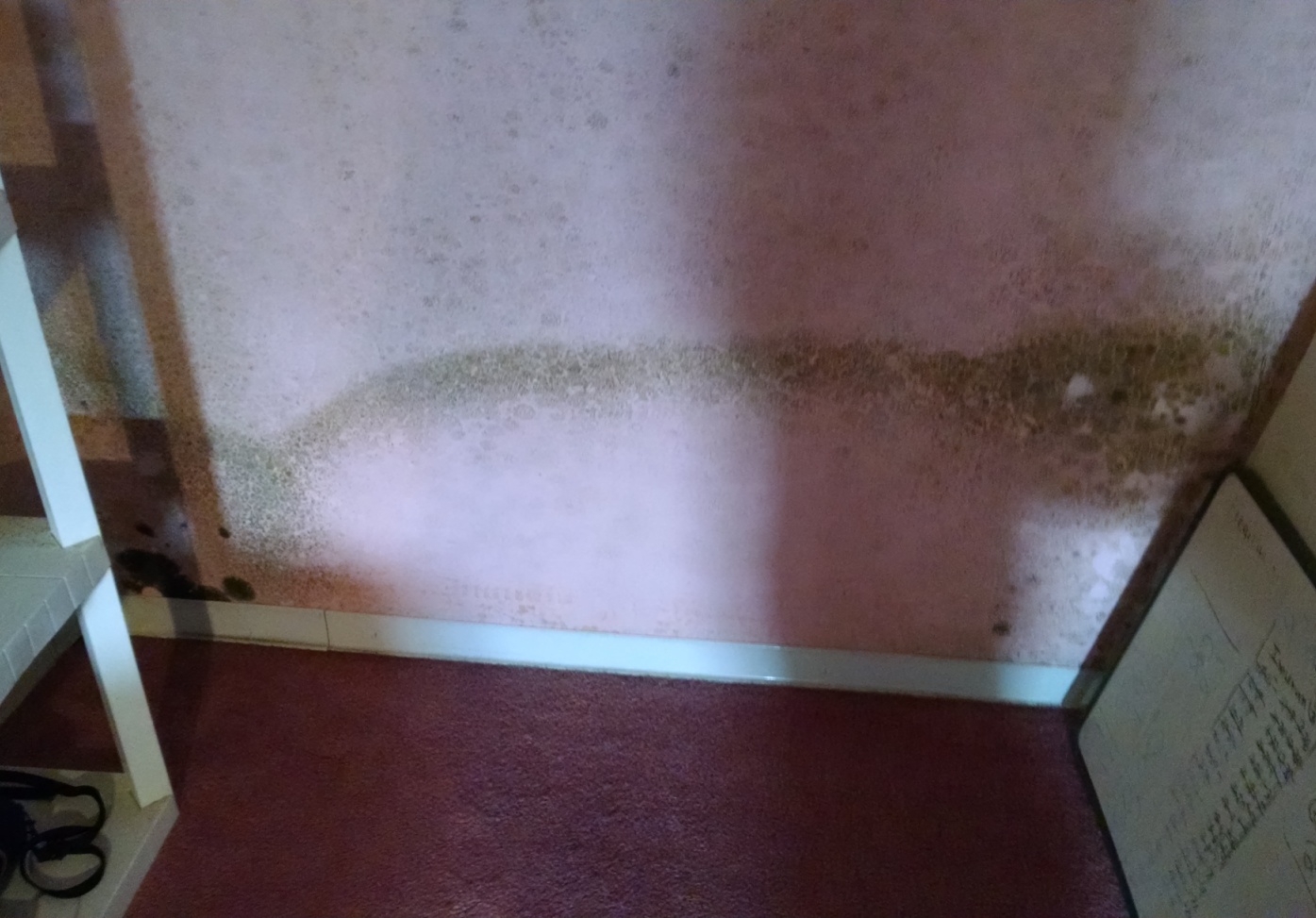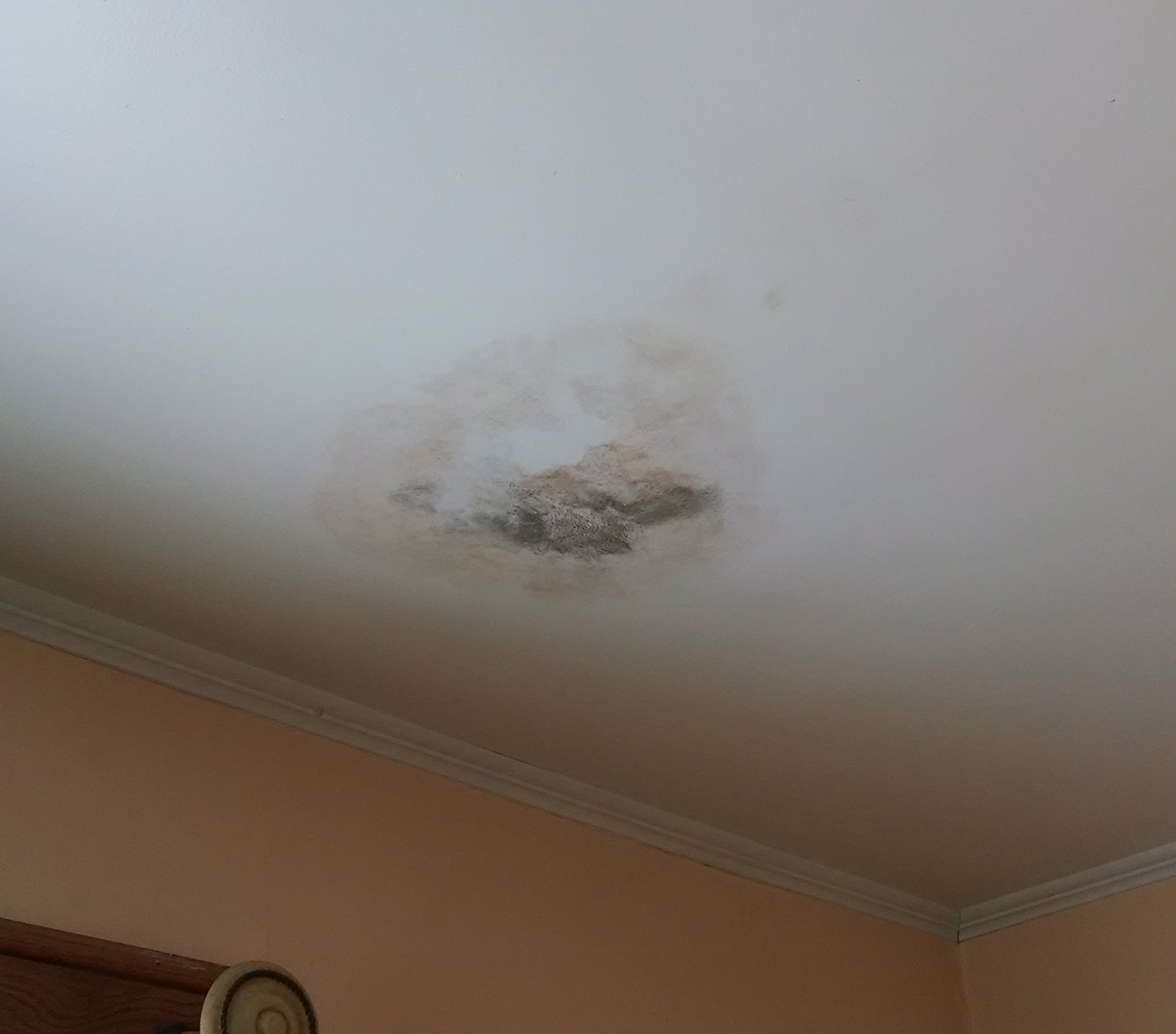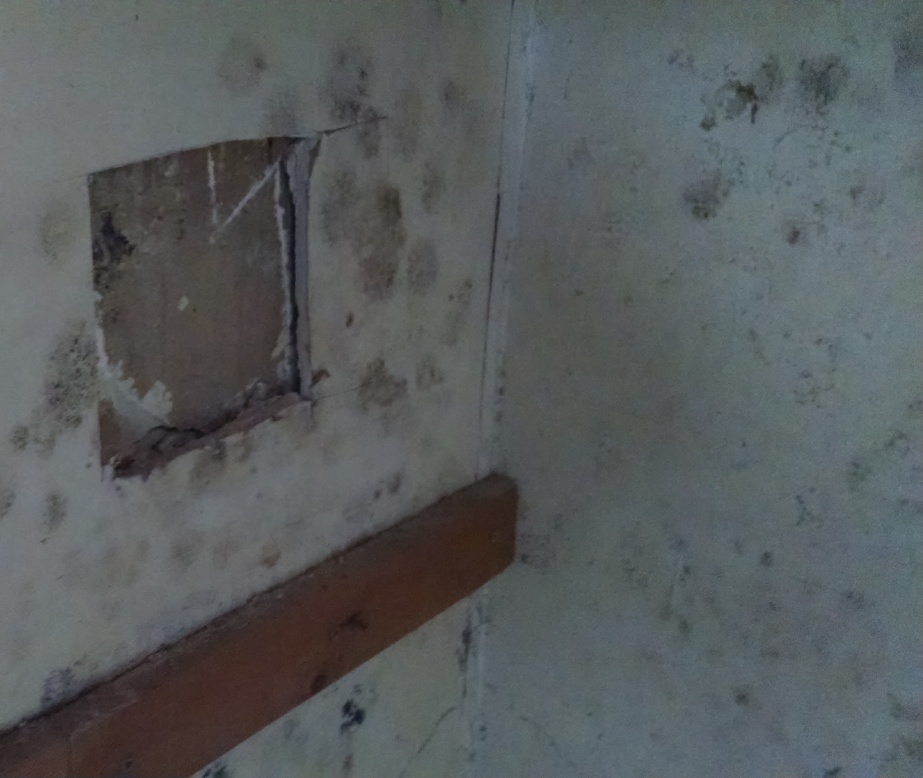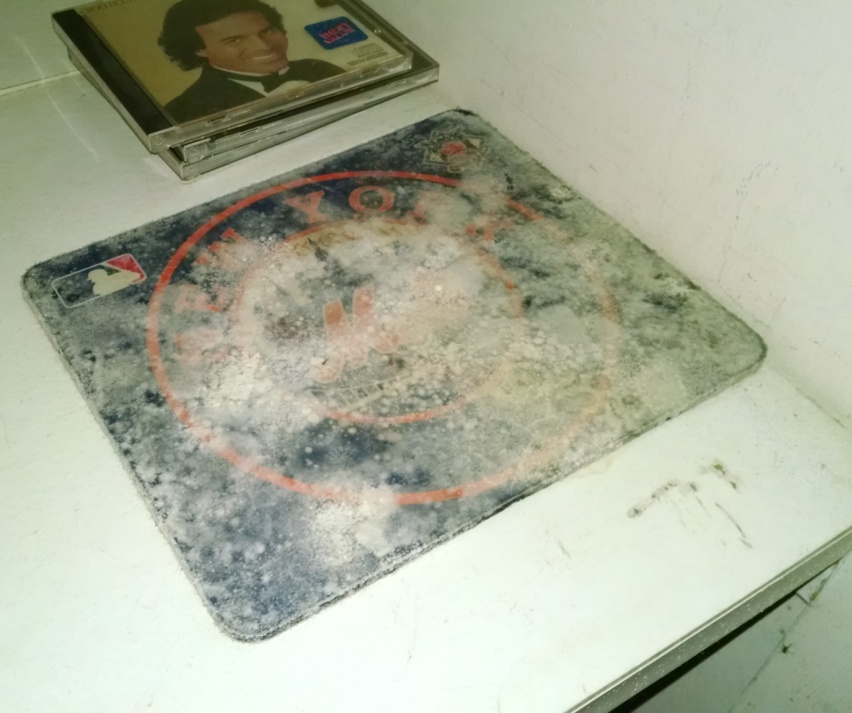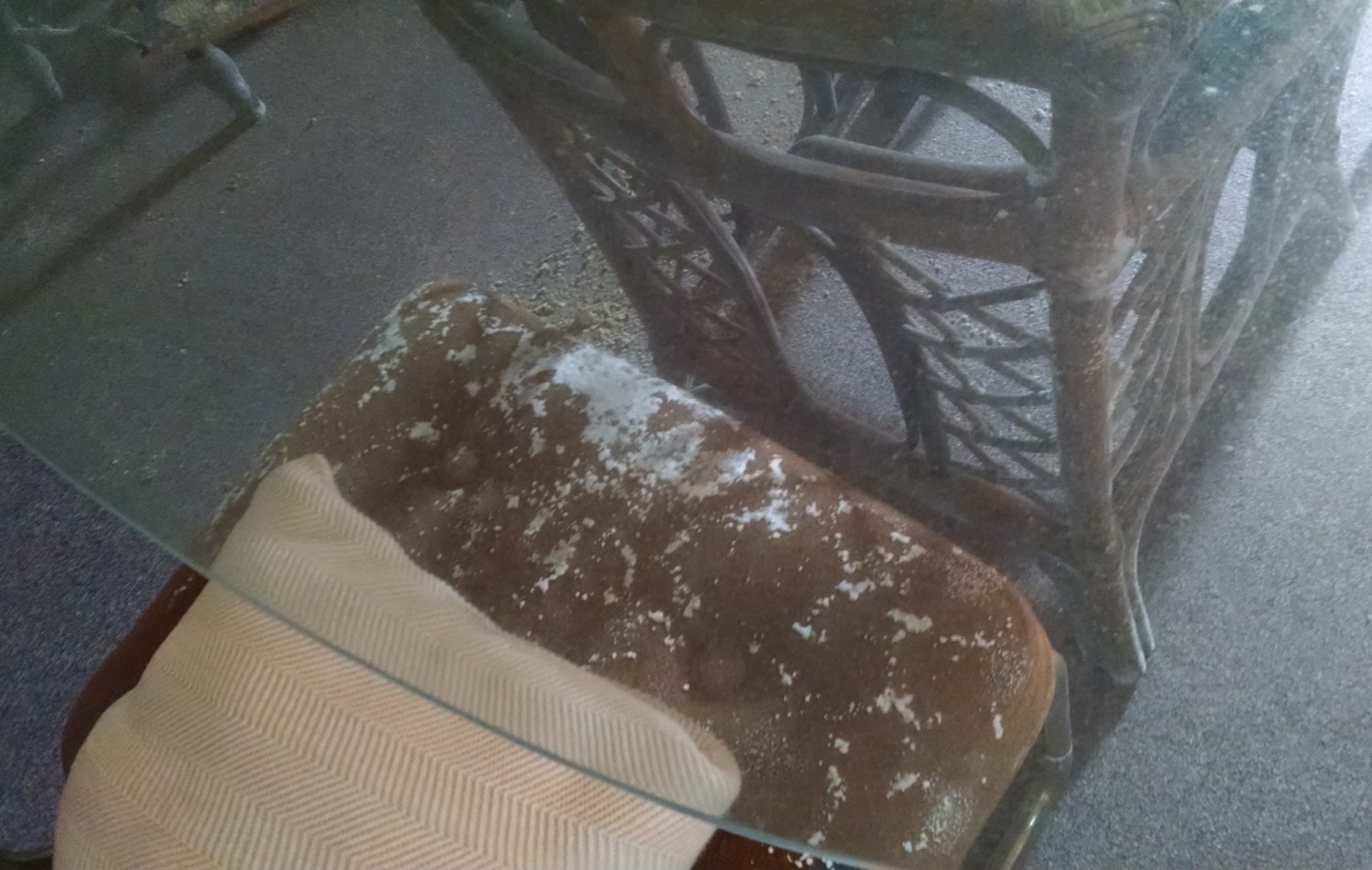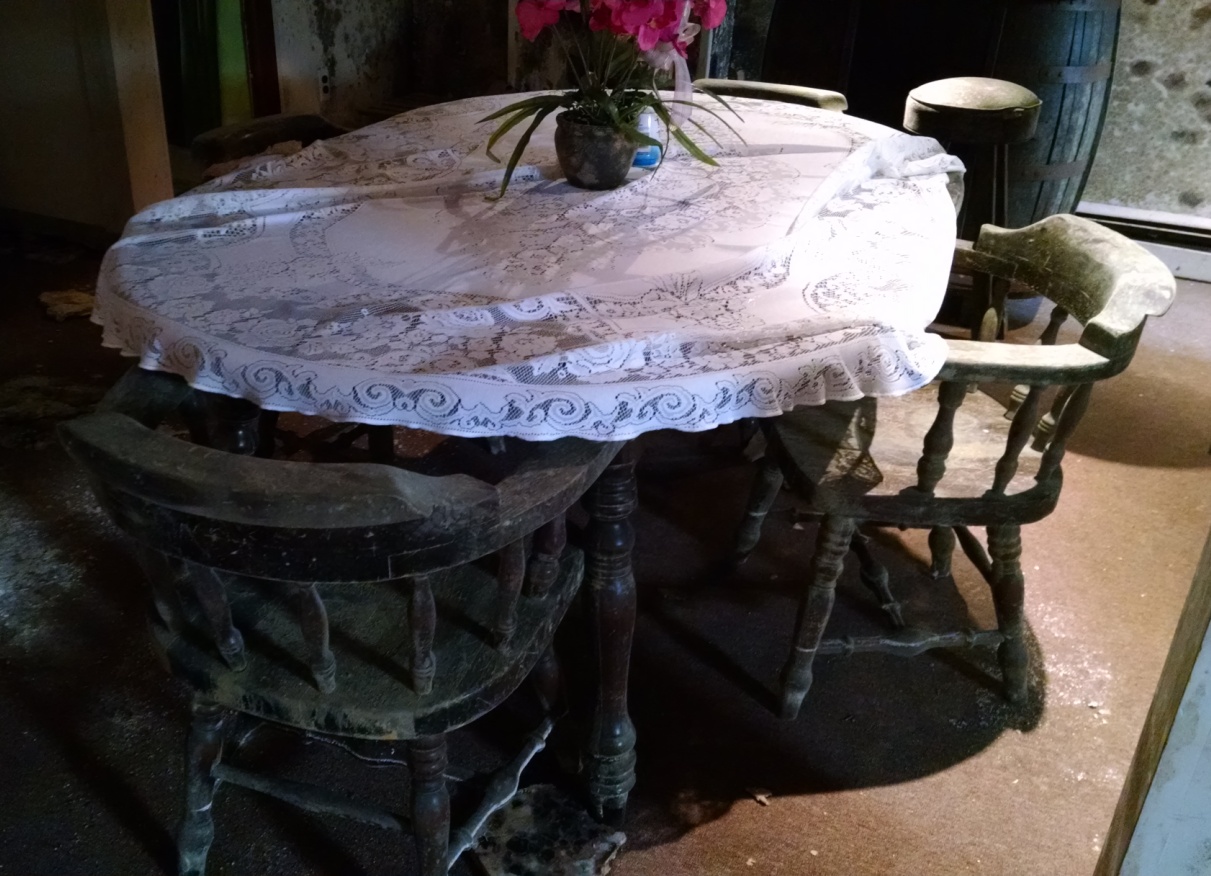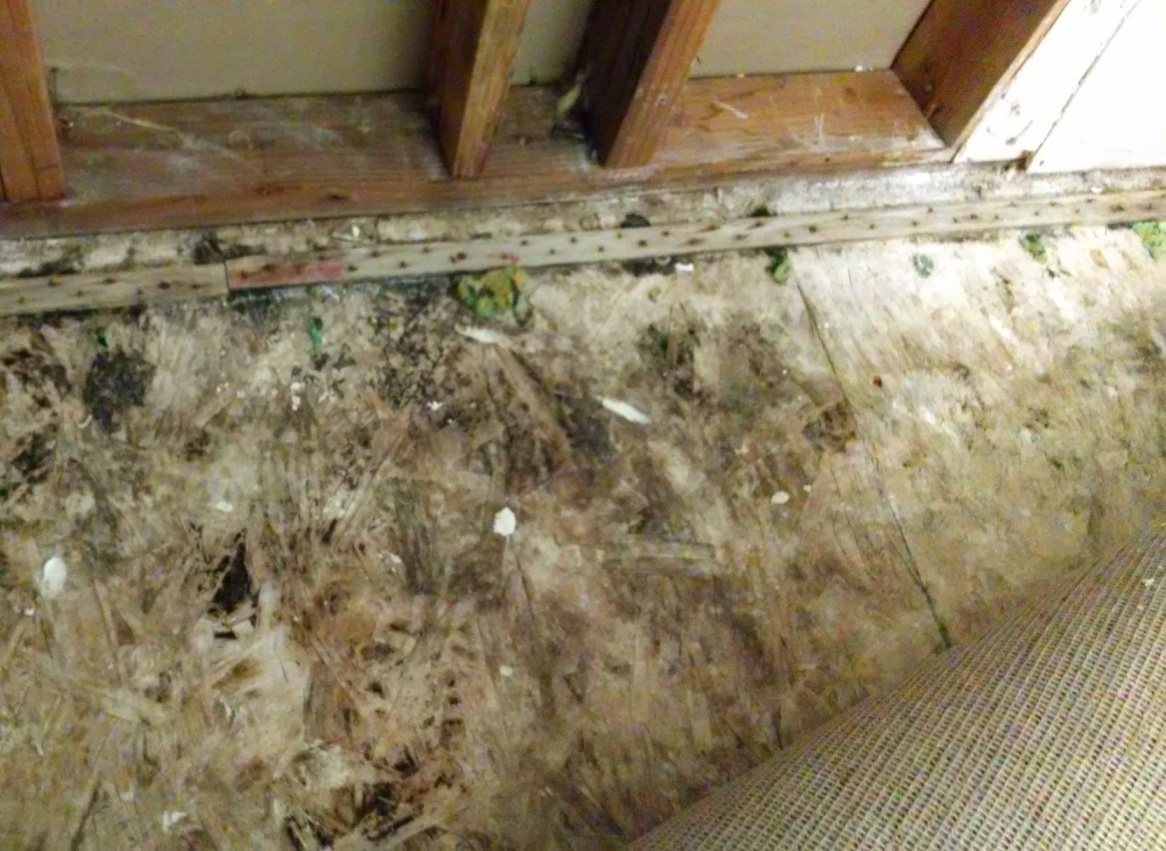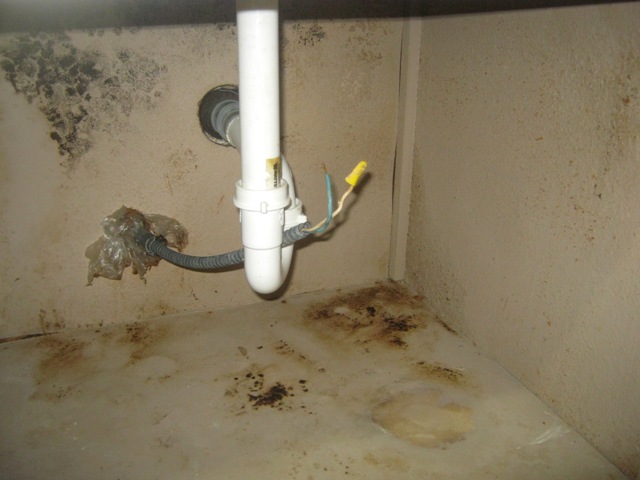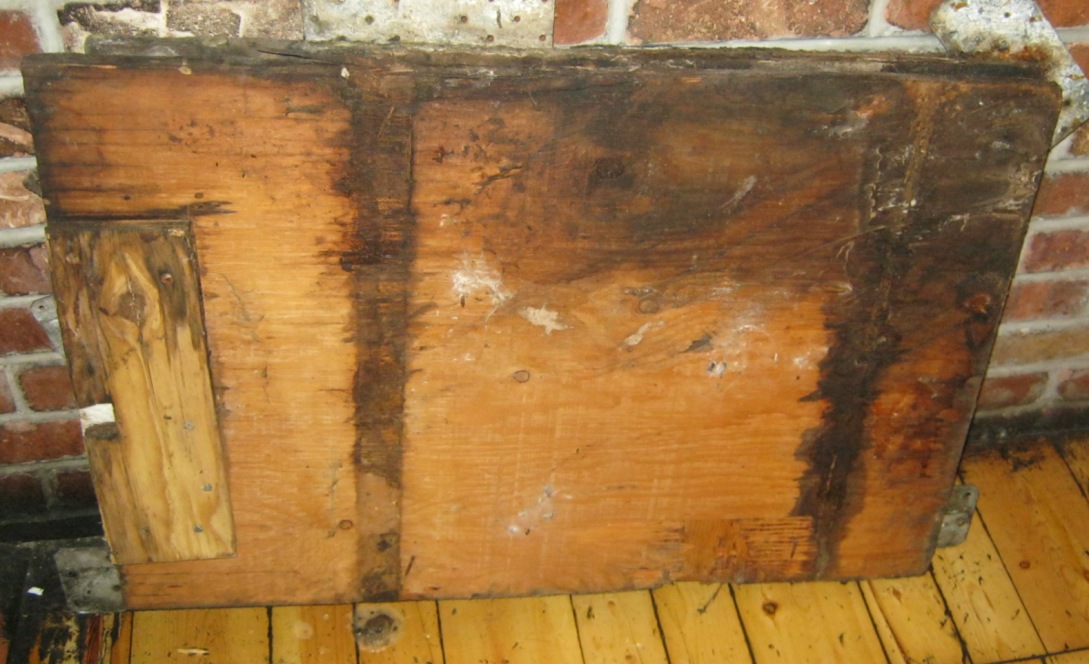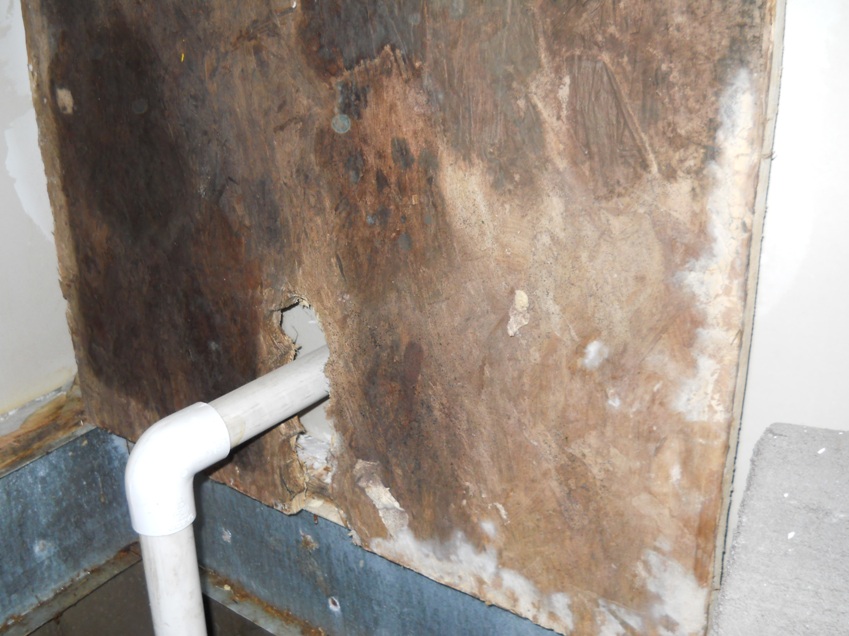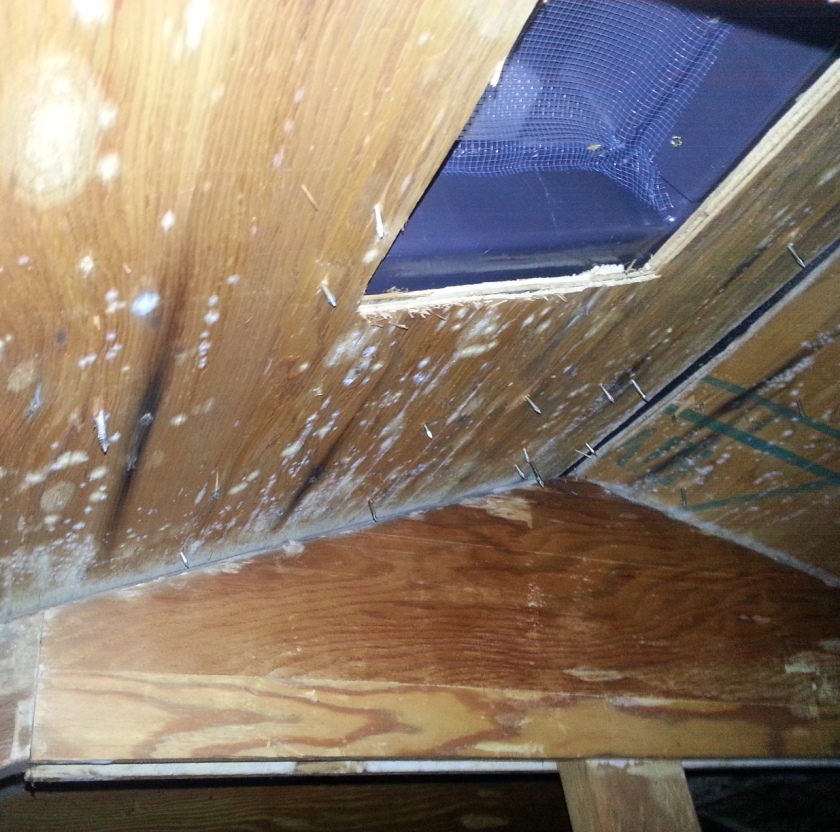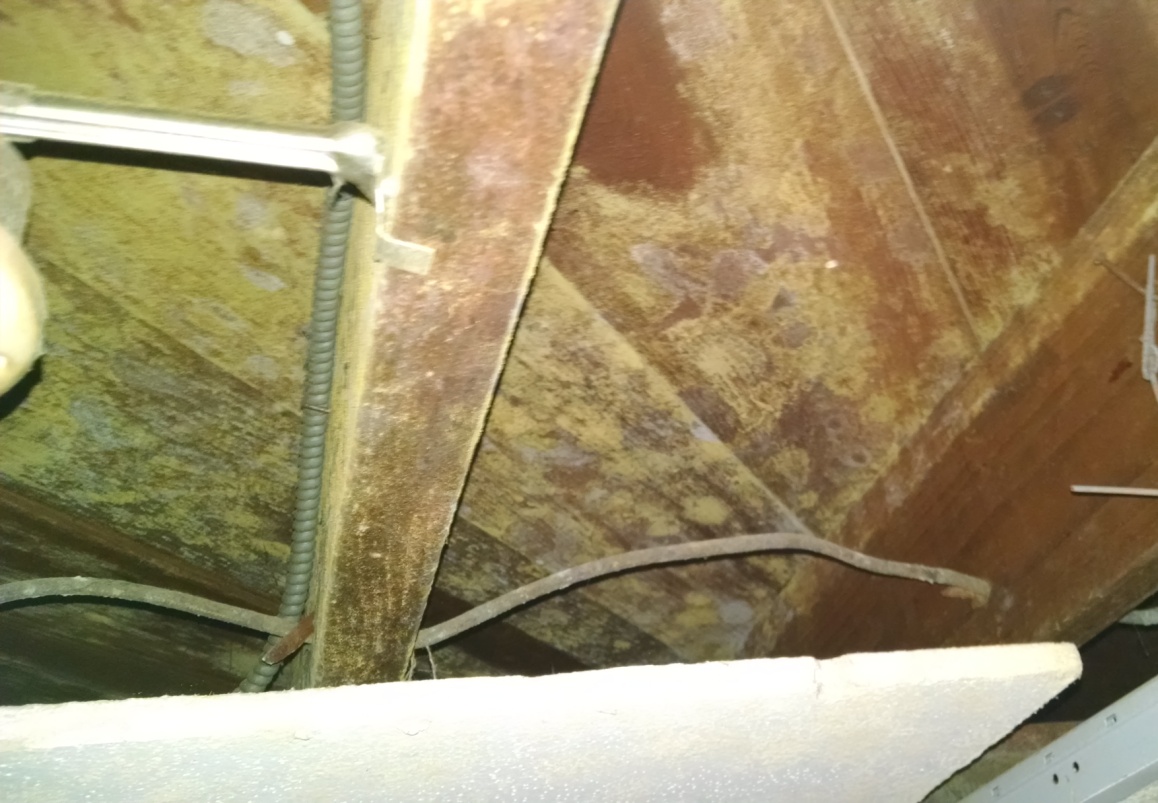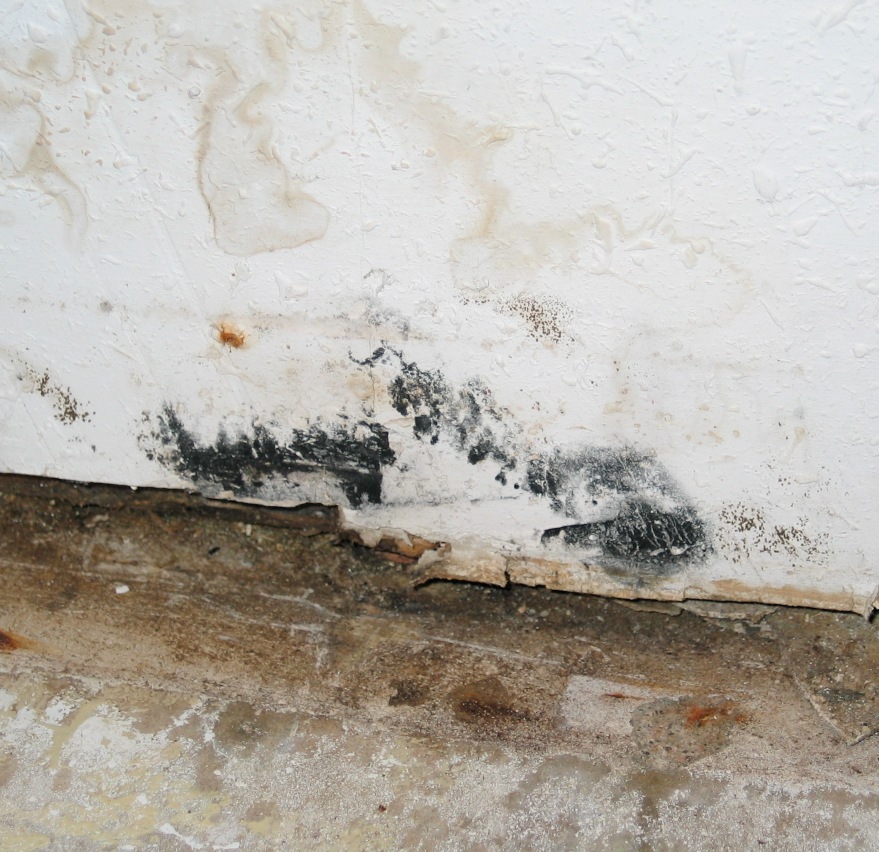Find a Mold Specialist Now
Click or Call, Toll-Free 24/7
100+ Pictures of mold in homes
What does mold look like? We'll show you 100+ pictures of mold, including different types of mold and mold on different surfaces. While you've probably seen mold before, you may be surprised, and maybe a little bit horrified, to see the extent to which mold can grow in homes.
Click On Pictures For Full Size image
Mold in HVAC (heating, ventilation and air conditioning) systems, like that shown below, is particularly problematic because homeowners often don't realize it's there. When the heat or air conditioning is turned on, hundreds of thousands of mold spores blow out into the house. Those mold spores can make you sick. If you have mold in your HVAC system, the U.S. Environmental Protection Agency (EPA) recommends calling in a professional to deal with it because it's difficult to access all the duct work and special equipment is needed for the job. You can read more about mold in HVAC systems here.
Mold in bathrooms is common because bathrooms tend to be warm and moist, creating a perfect environment for mold. You can read more about bathroom mold in general, and read about shower mold in particular, including some tips for preventing mold in these areas.
Mold on the ceiling is often due to a leaky roof, although it can also be caused by a leaky pipe. Unfortunately, by the time you see mold on your ceiling, there may be a serious mold problem above the ceiling.
These pictures of mold show some of the different colors mold can be. While black, gray and various shades of brown are probably most common, mold can also be white or yellow, as you can see below. Mold can even be blue, green, orange, red or pink on occasion. There are more than 300 different strains of mold sometimes found in homes in the United States and they span the rainbow.
Mold can develop in basements for many reasons, but the bottom line is that basements are often a bit damper than other areas of the home. If you don't use your basement often, mold can grow quite a bit before you notice it. You can read more about basement mold.
Below you can see some green mold. There are a number of different strains of mold that are green in color, including aspergillus, cladosporium and penicillum.
Mold in kitchens is fairly common. Cooking can make the room warm and moist, plus there are plenty of water pipes and appliances that use water, such as icemakers and dishwashers, that can leak. You can reduce the risk of mold in your kitchen by turning on an exhaust fan when cooking and by checking under the sink and around appliances for leaks on a regular basis.
These pictures of mold after a home has been flooded show you how extensive mold can be after a flood. If you have flood insurance, your homeowners insurance may cover the cost of mold remediation after a flood. Check with your insurance agent. If you have mold covering an area greater than 10 square feet, which you probably will after a flood, or if the water that flooded your home may have been contaminated with sewage or other potentially hazardous substances, the US Environmental Protection Agency (EPA) recommends hiring a mold remediation professional for the job.
Mold can develop in crawlspaces and grow there for a long time before you even notice it, since most people don't look in their crawlspaces very often.
Below you can see some mold on walls and floors. Mold cannot be adequately removed from drywall so the drywall must be removed and replaced. Mold cannot be adequately removed from carpet, either, so that must be removed and replaced. You can read more about moldy carpet here. You might be able to remove mold from vinyl flooring, but if there is mold underneath the vinyl, it will also need to be removed and replaced. You can read more about mold under vinyl flooring.
Below you can see more examples of white mold and yellow mold. What does mold look like? Remember, it can be almost any color!
If These Pictures of Mold Look Familiar…
We recommend scheduling a free consultation with a mold remediation professional in your home. An experienced professional will inspect your home for mold, advise you about the work that needs to be done, answer any questions, and provide you with a written estimate for the cost of job. The consultation is free and there is no obligation on your part. To find qualified mold remediation professionals offering free consultations in your area, just follow the link.
Return From 100+ Pictures Of Mold To Home Page

